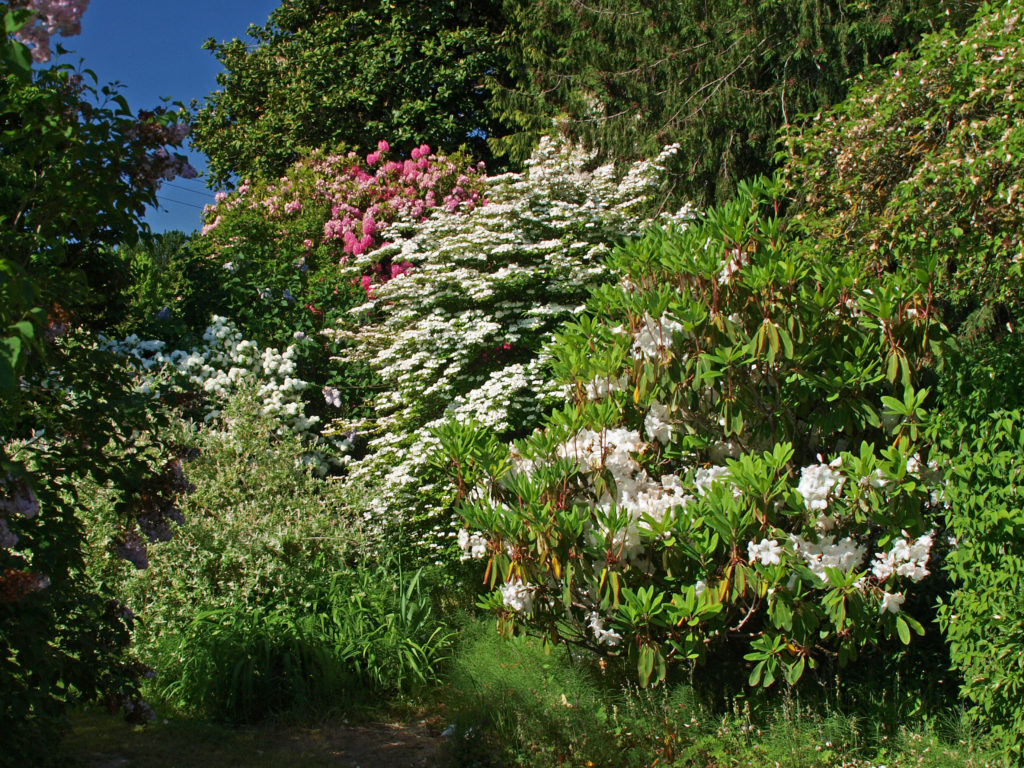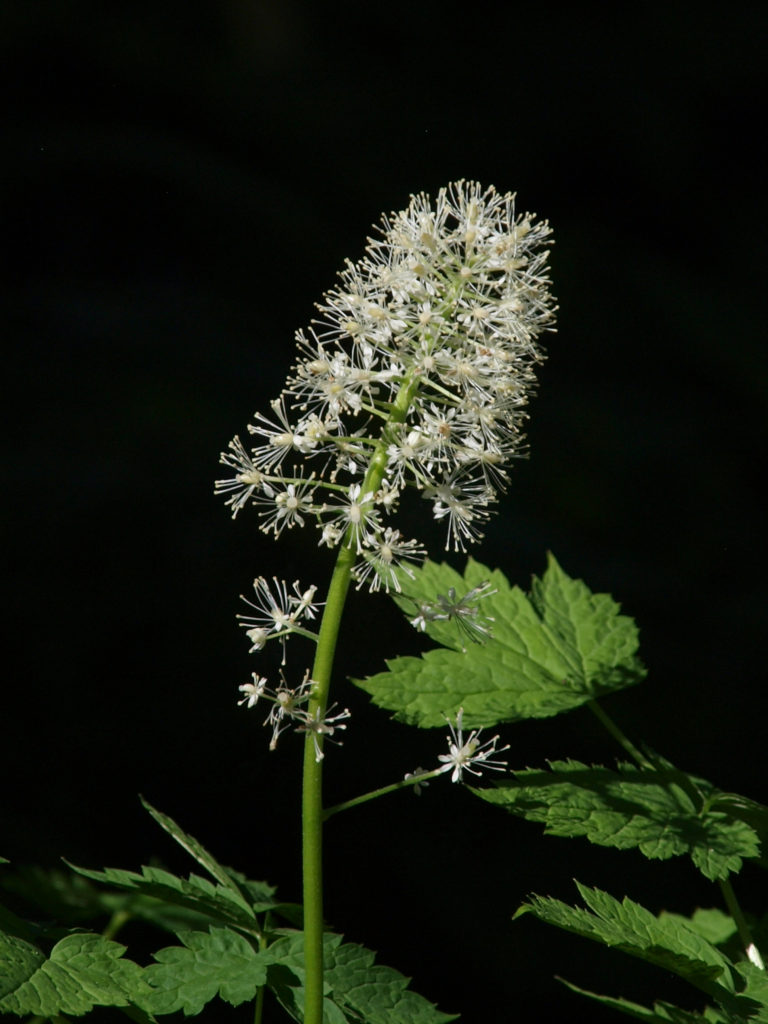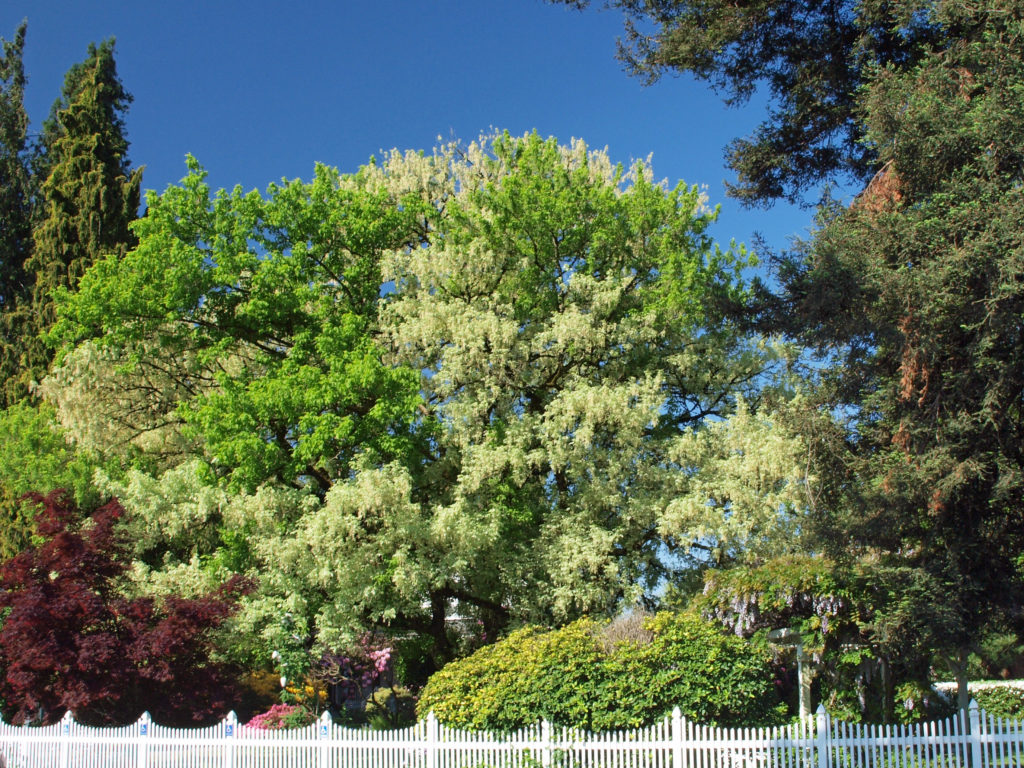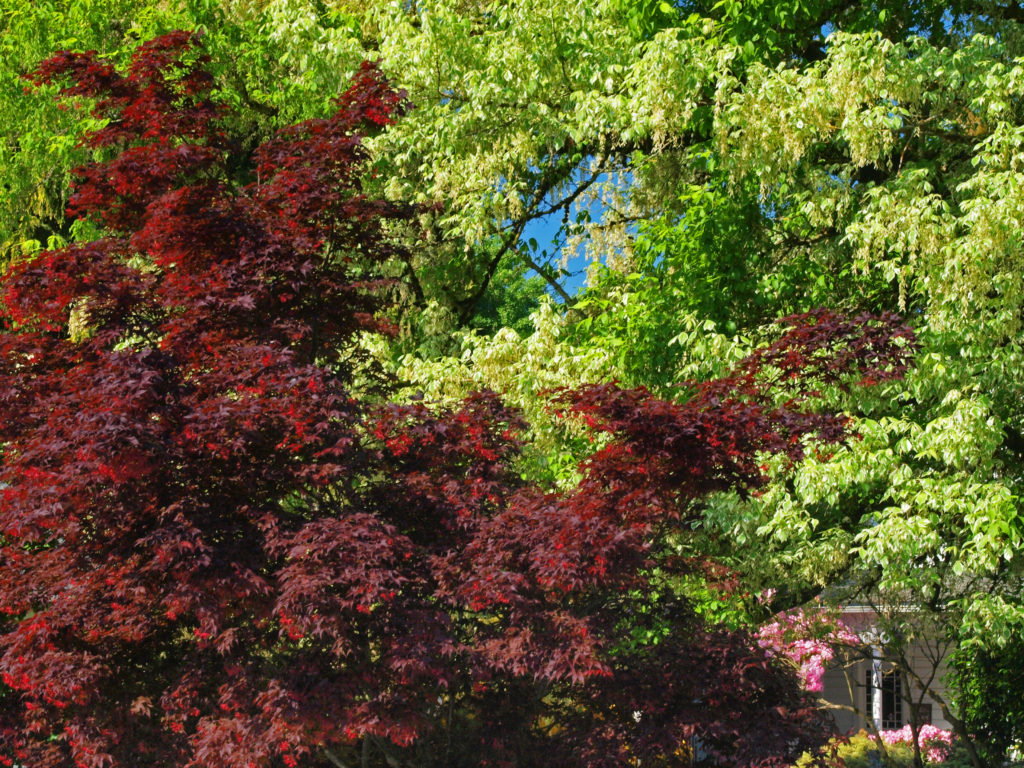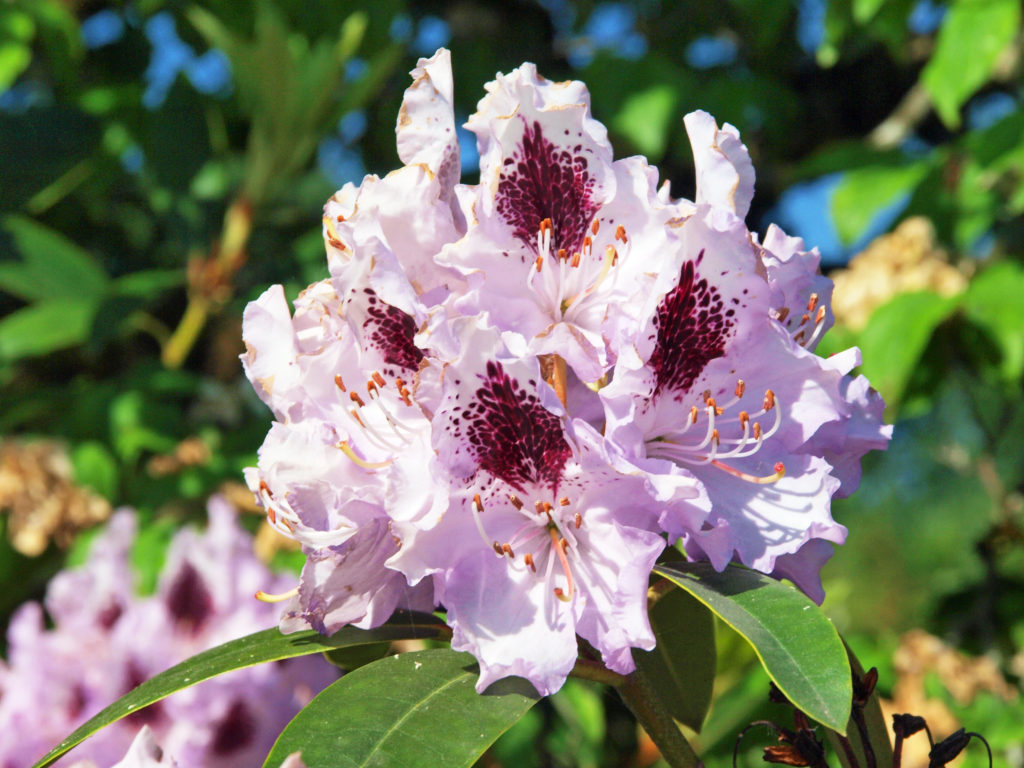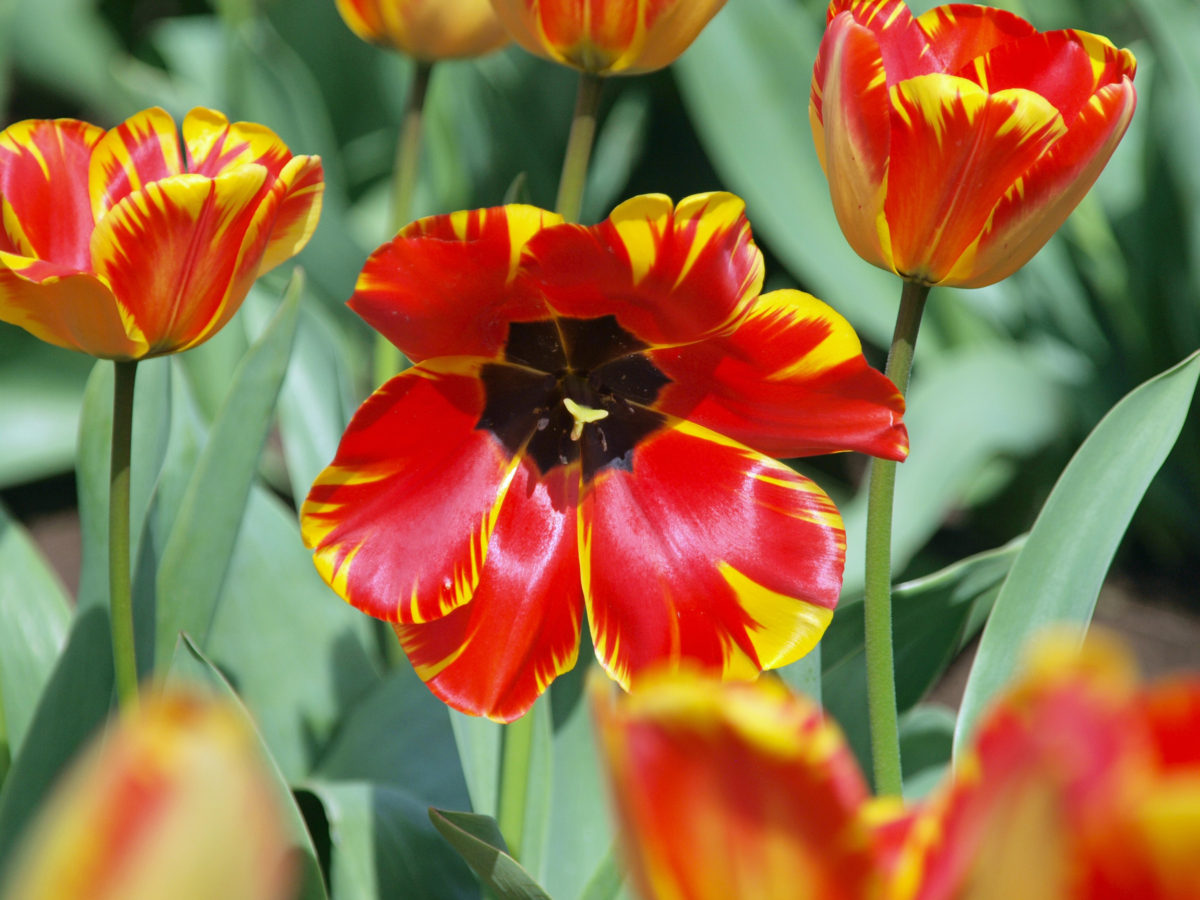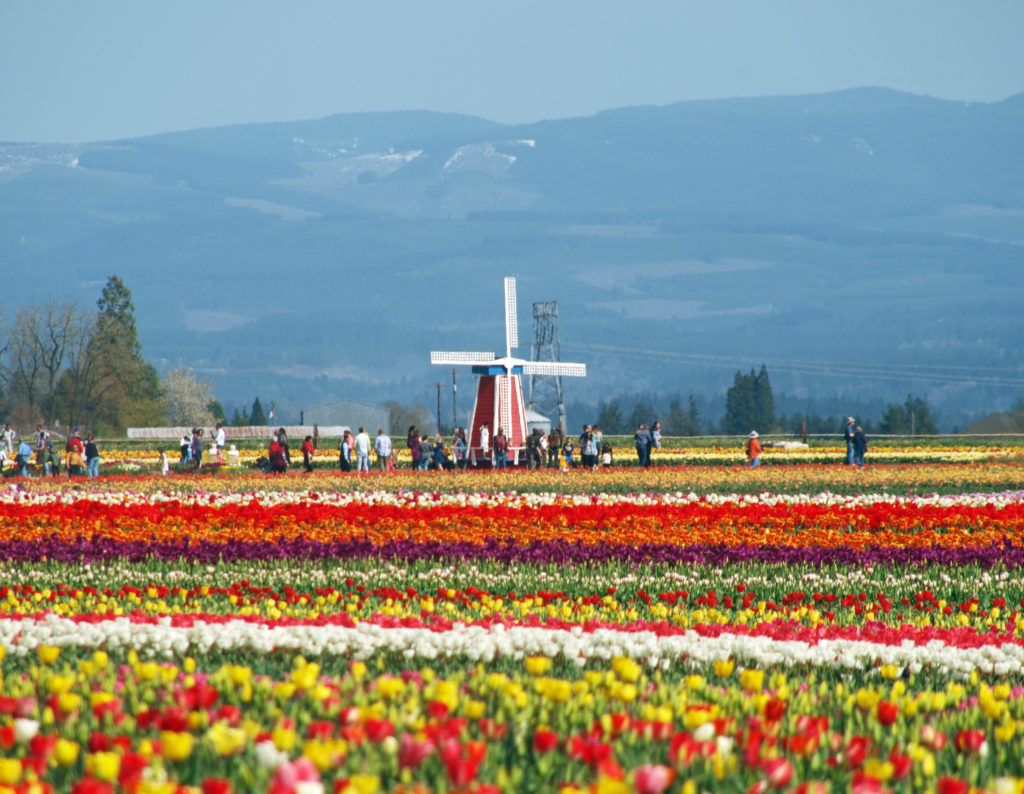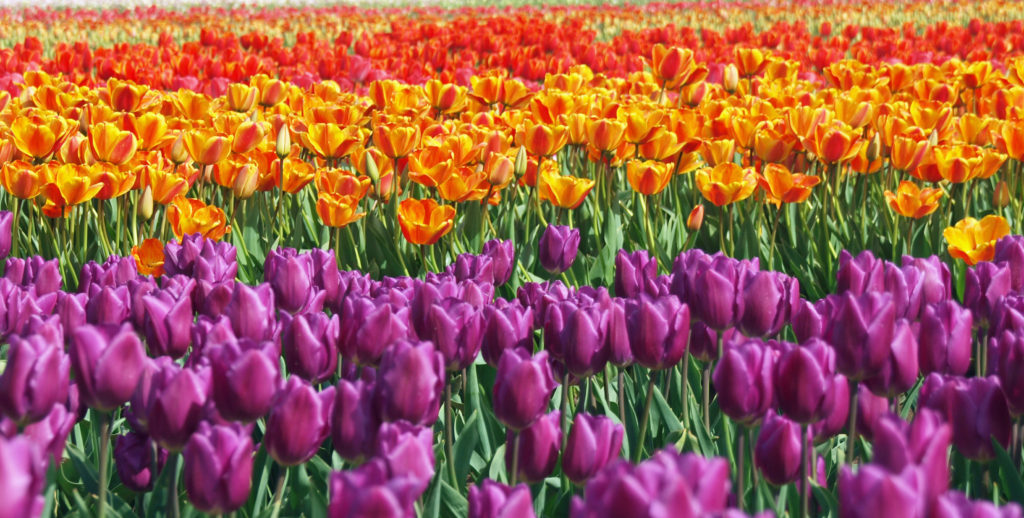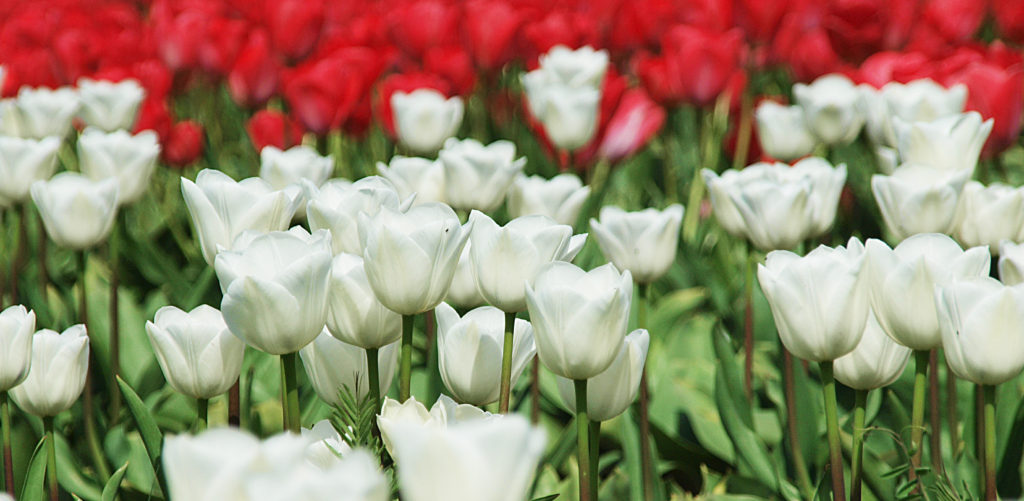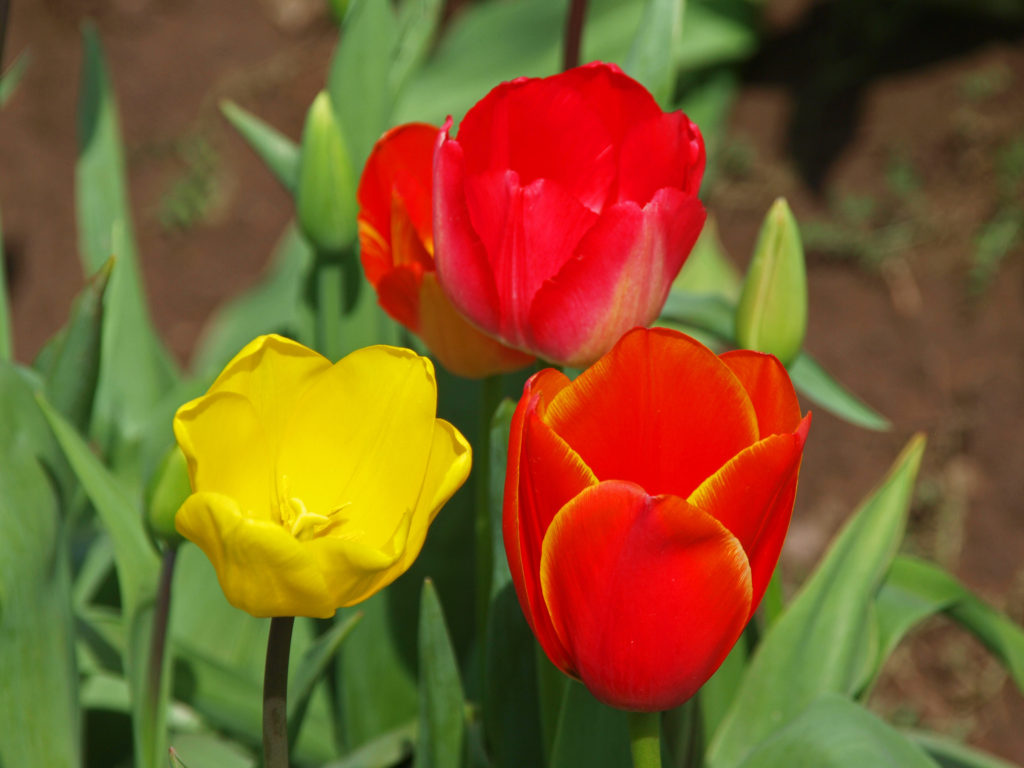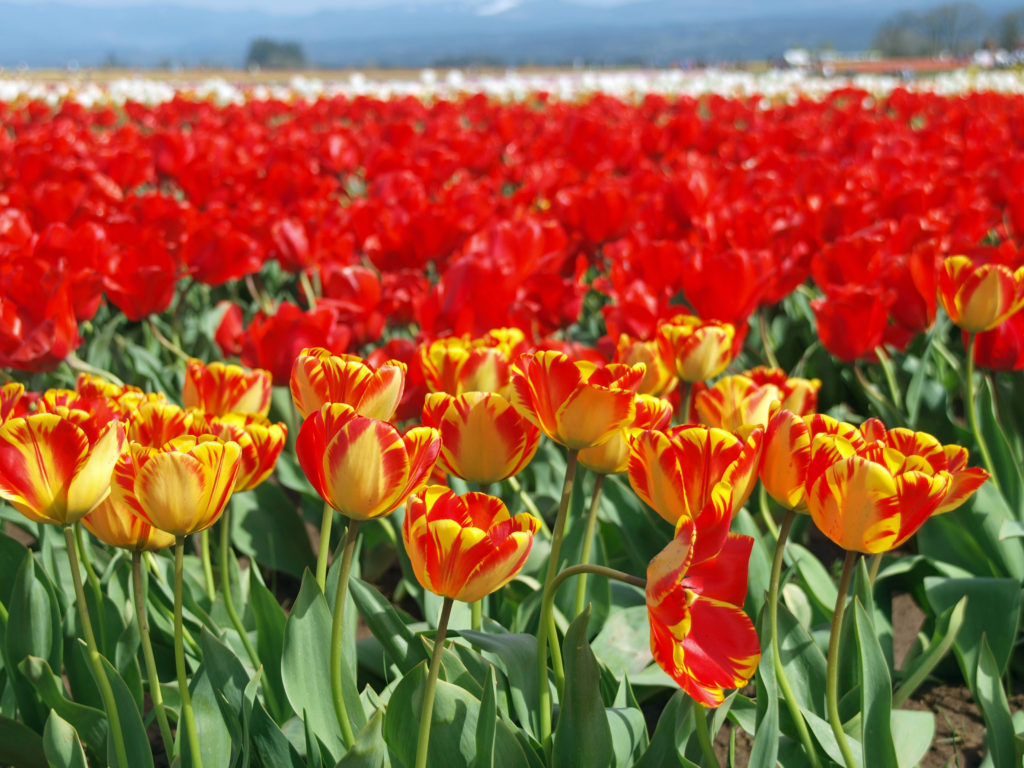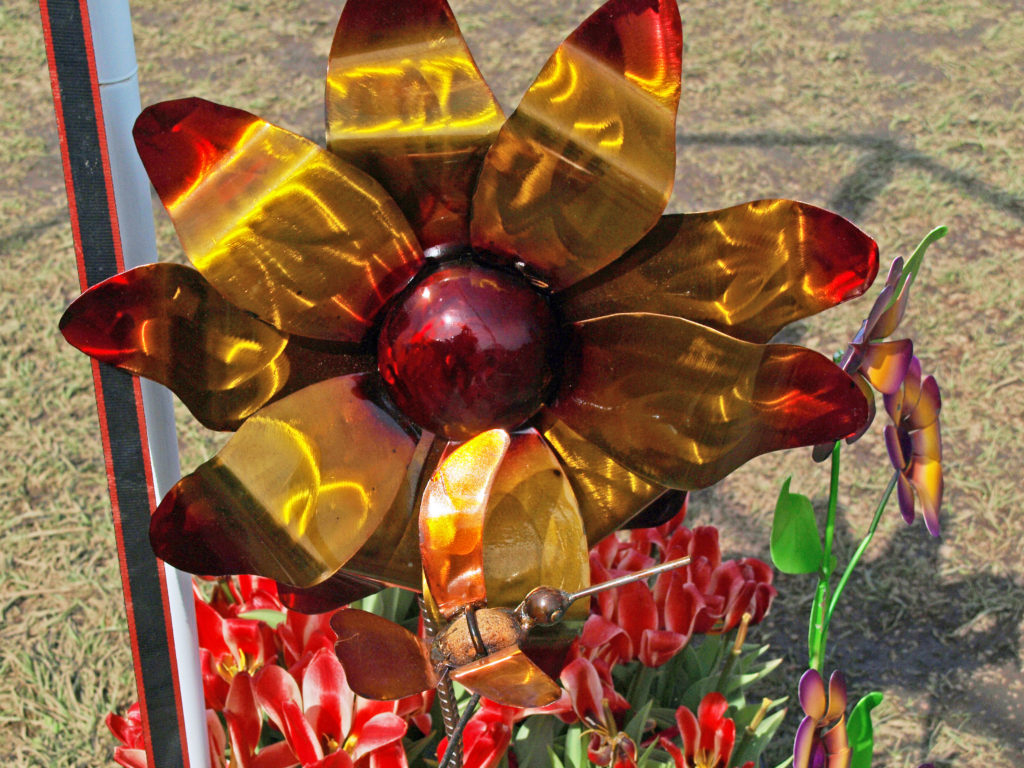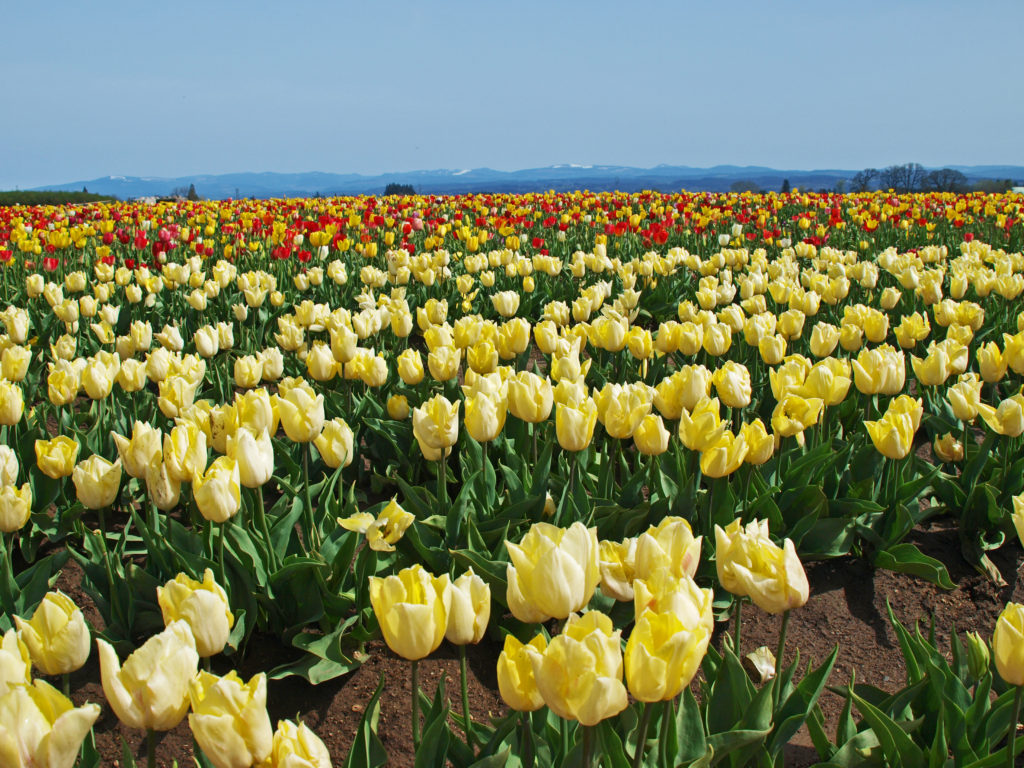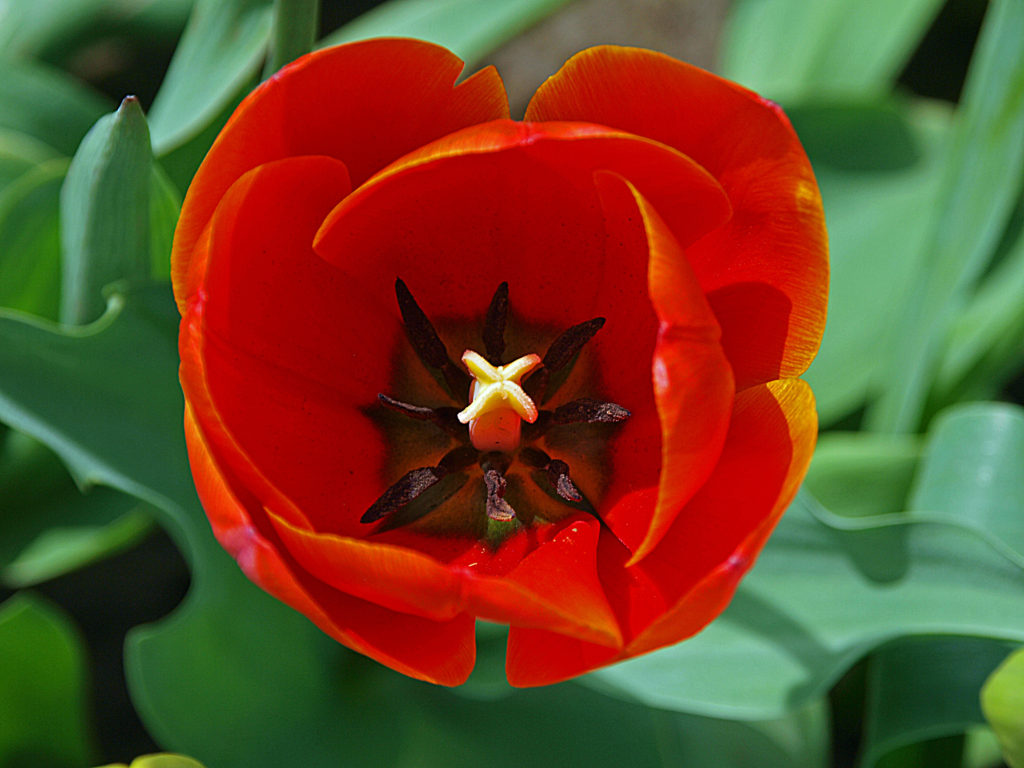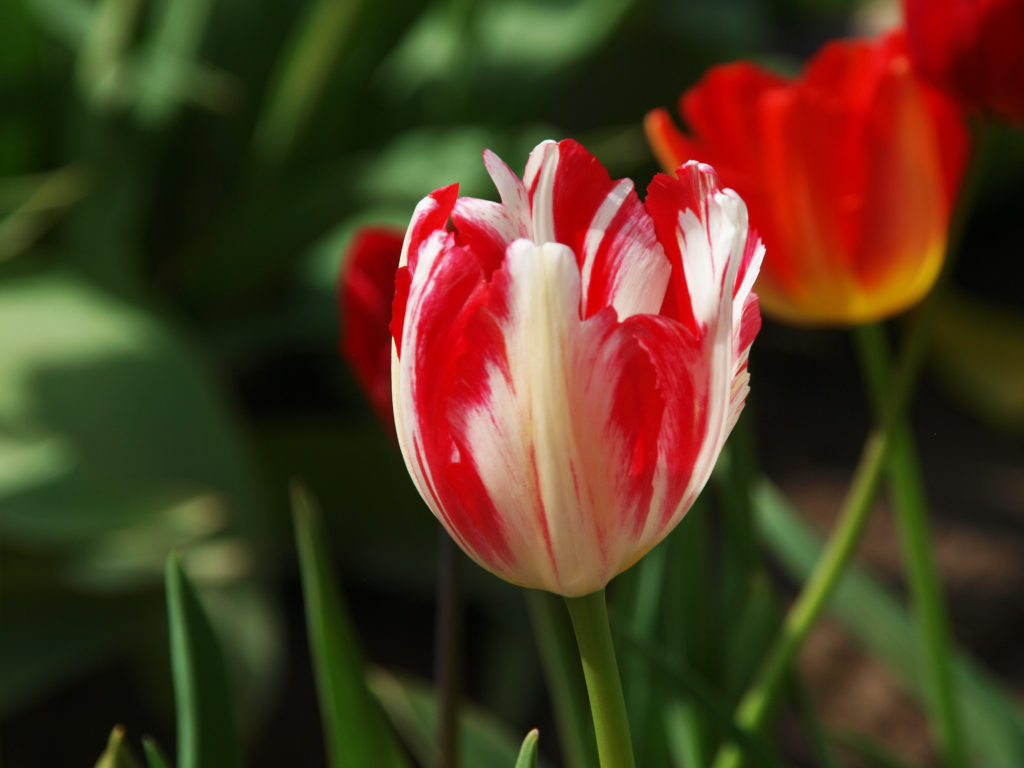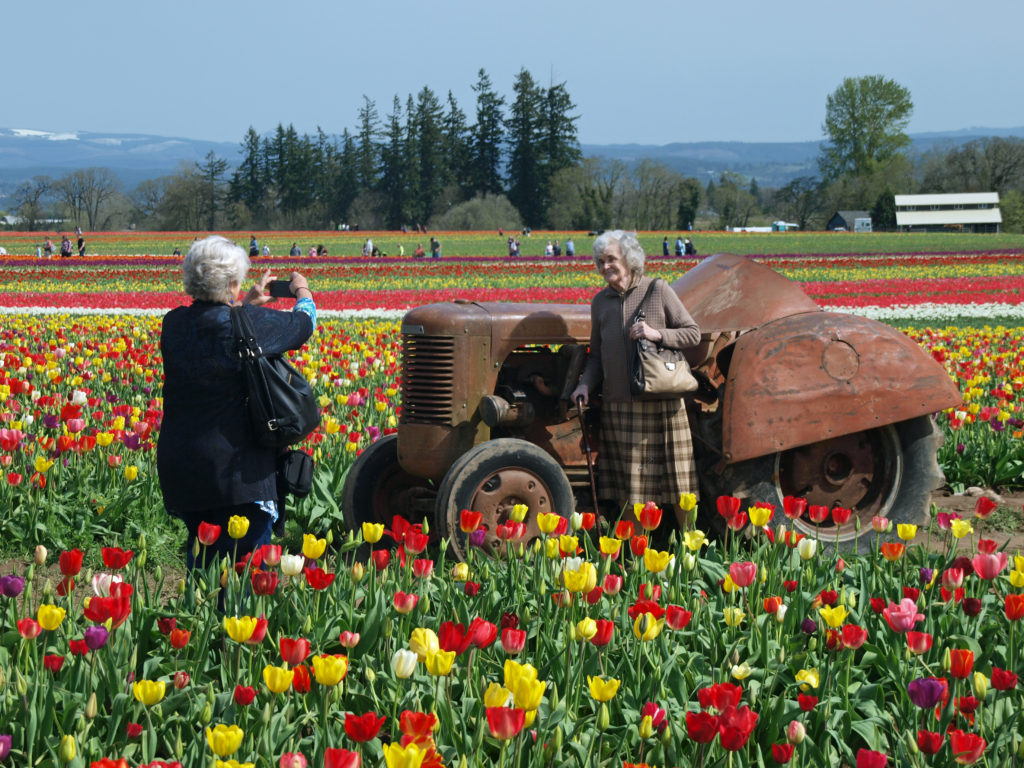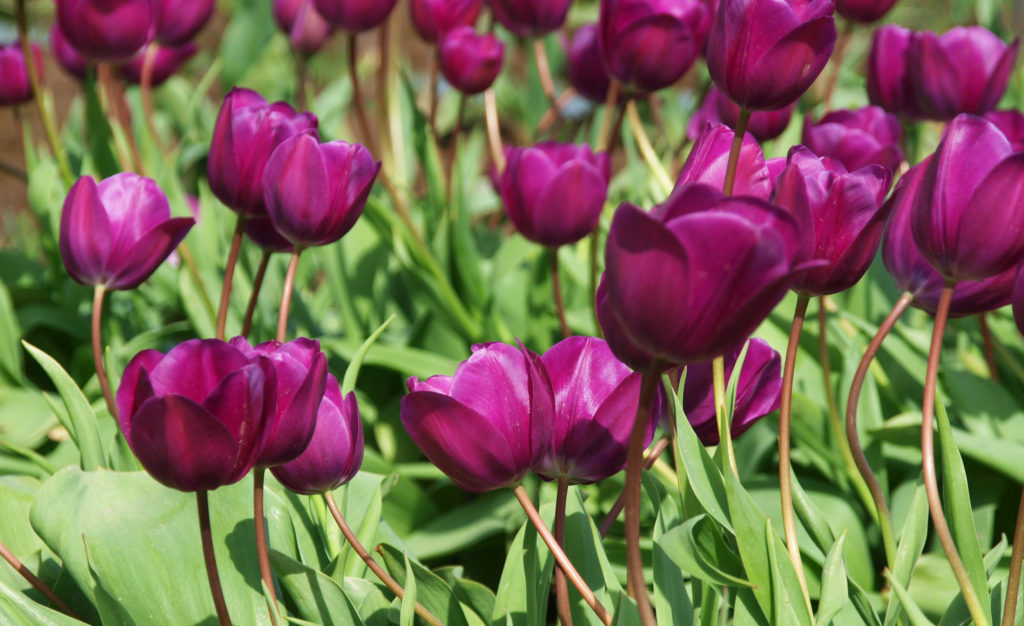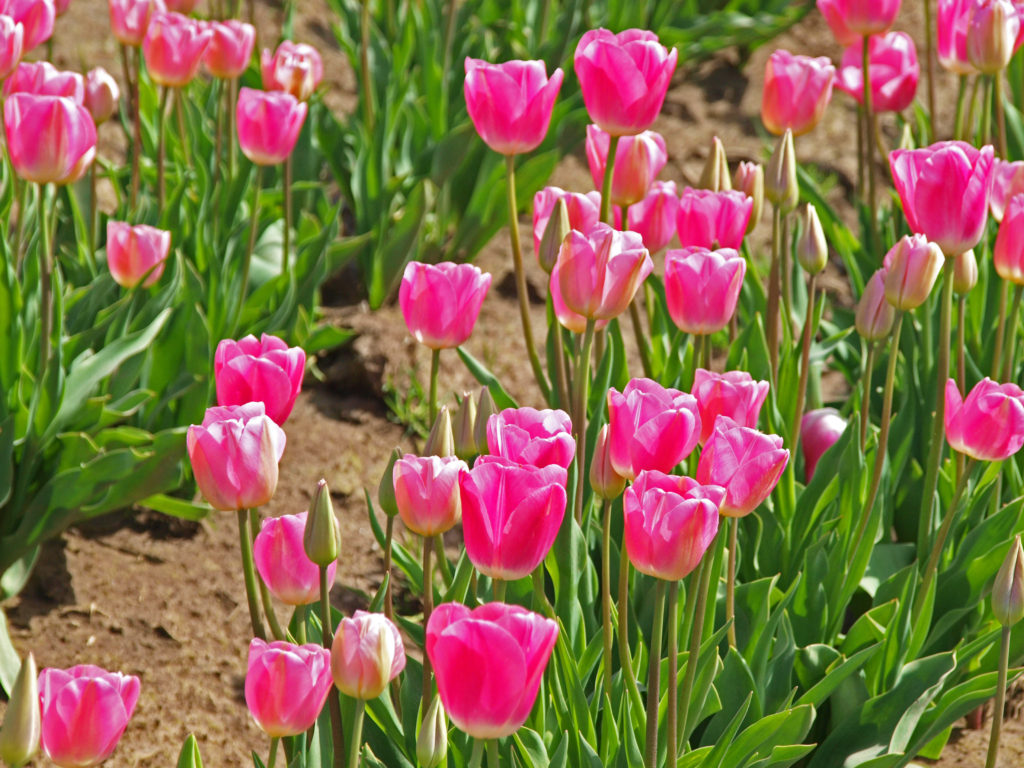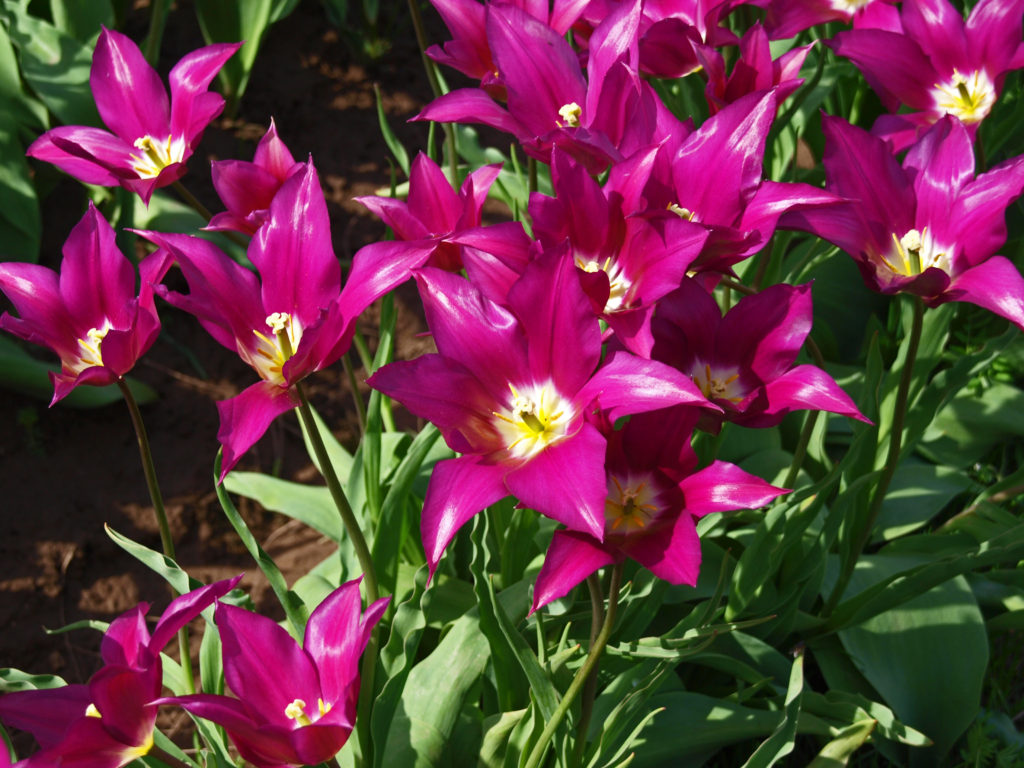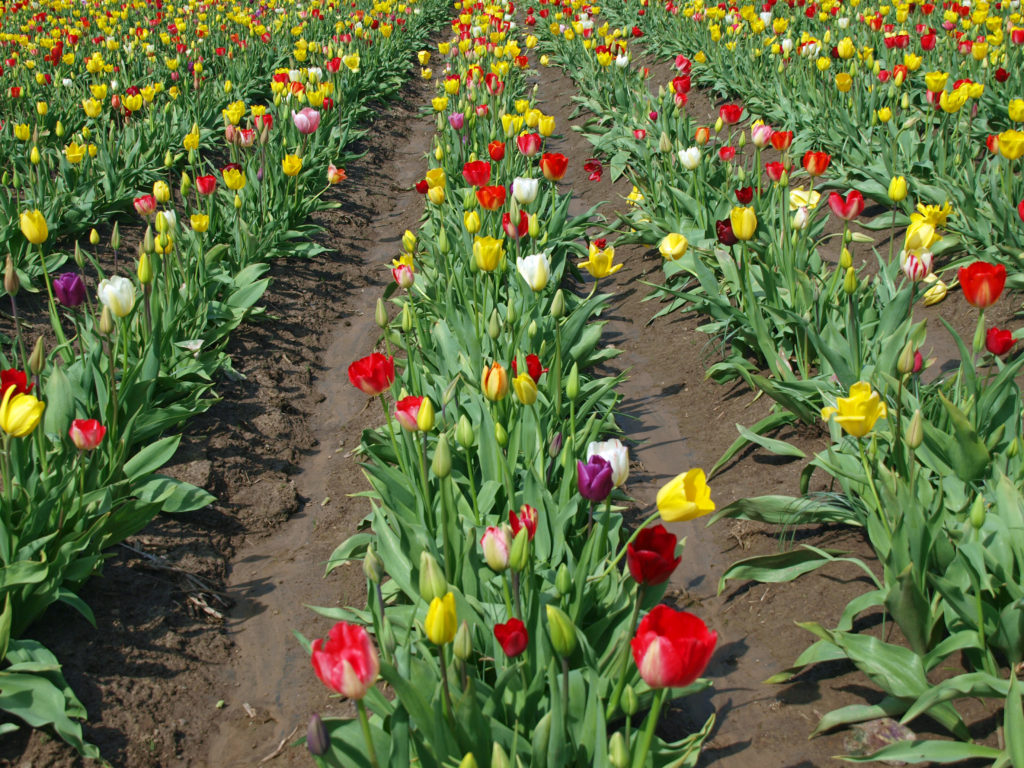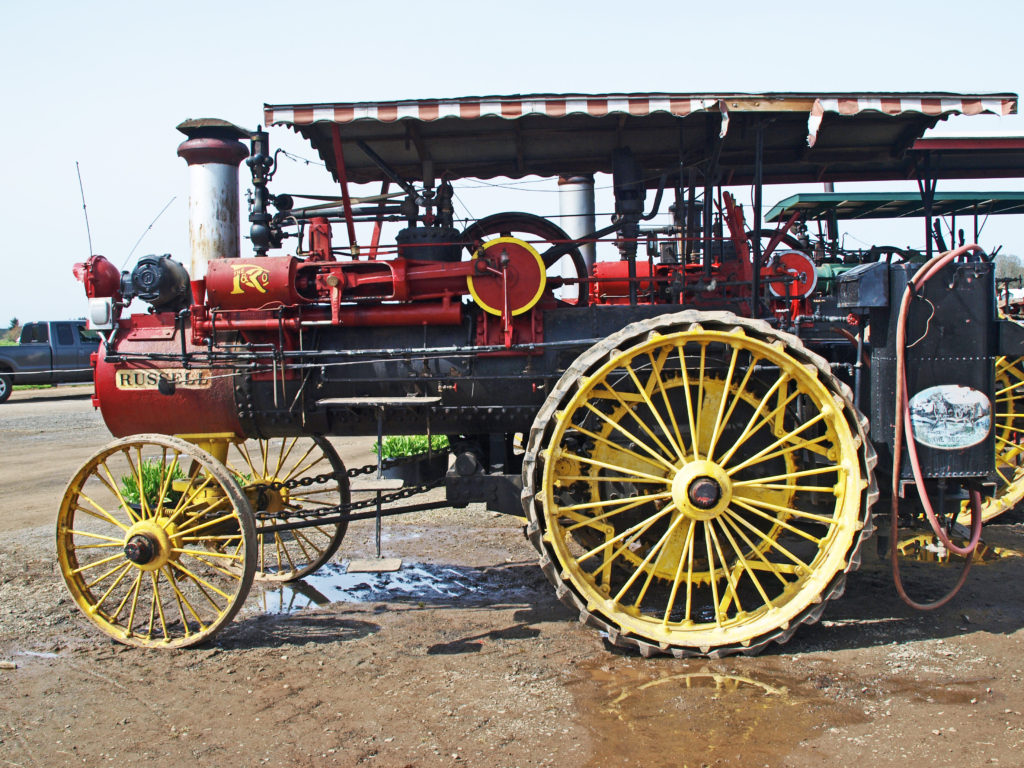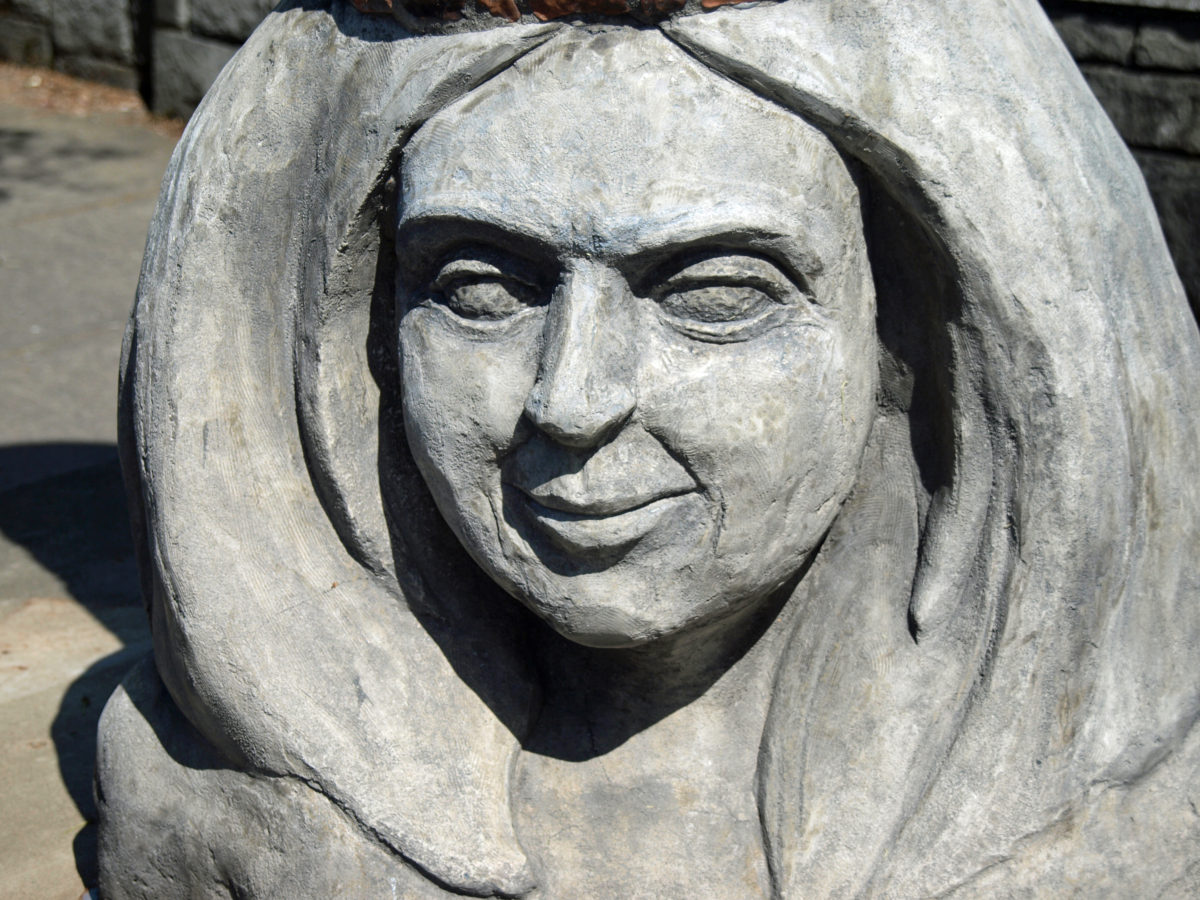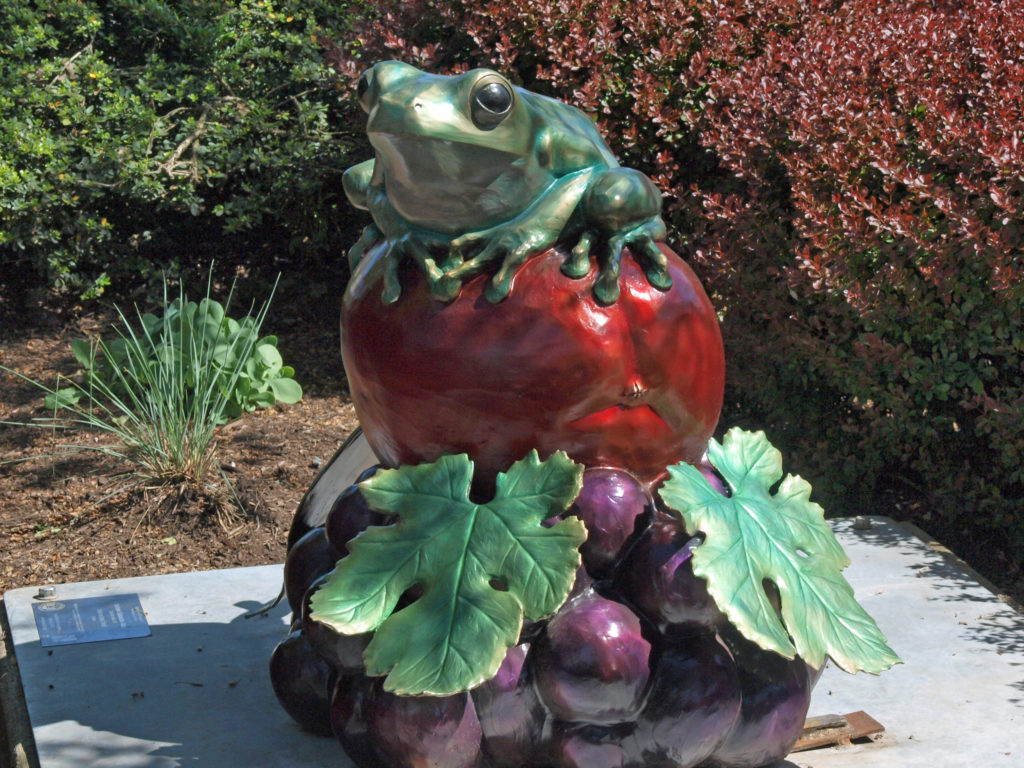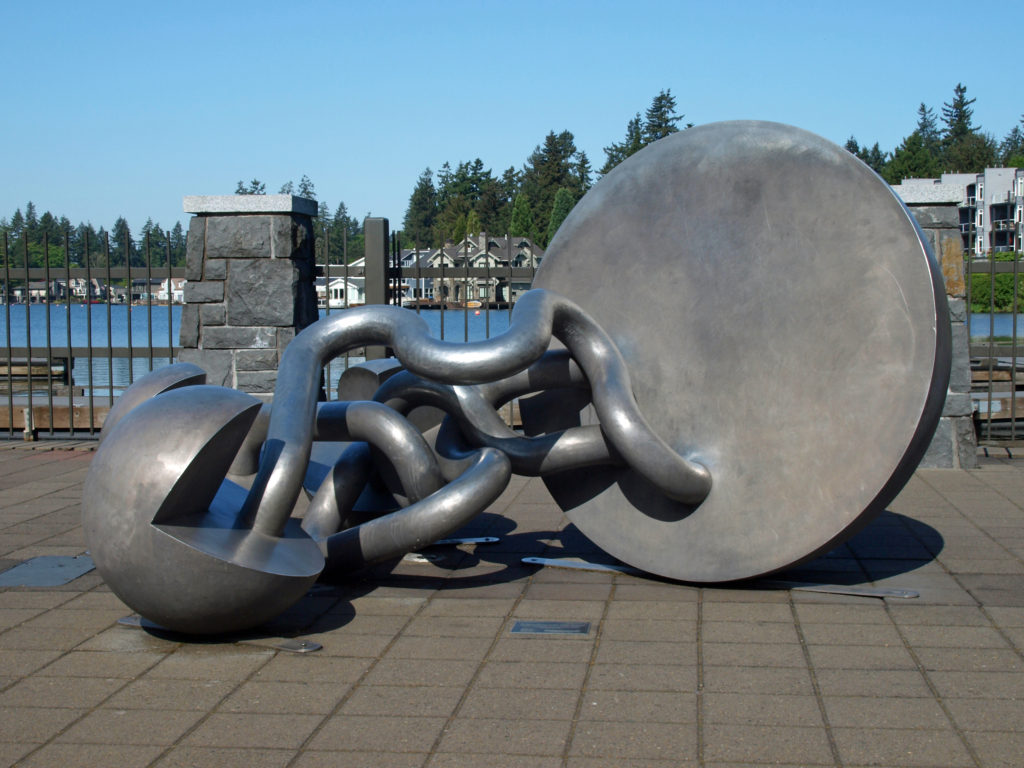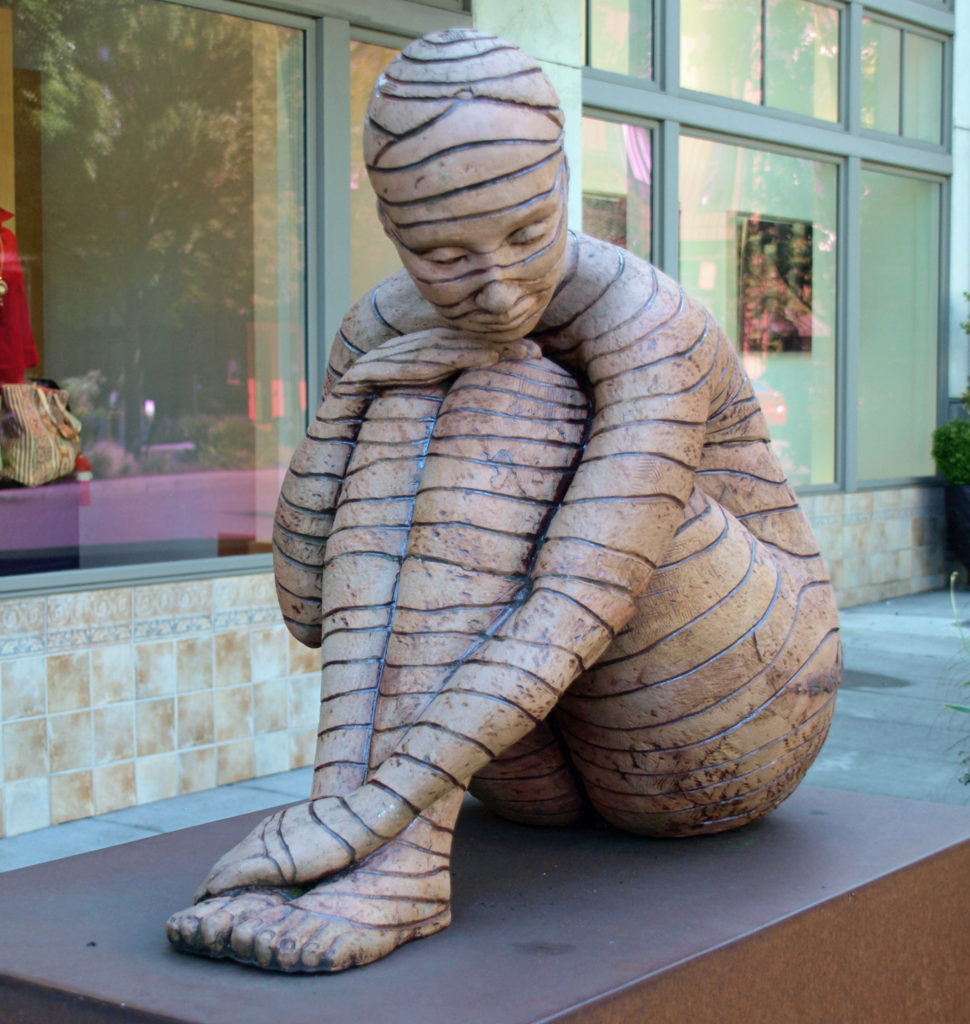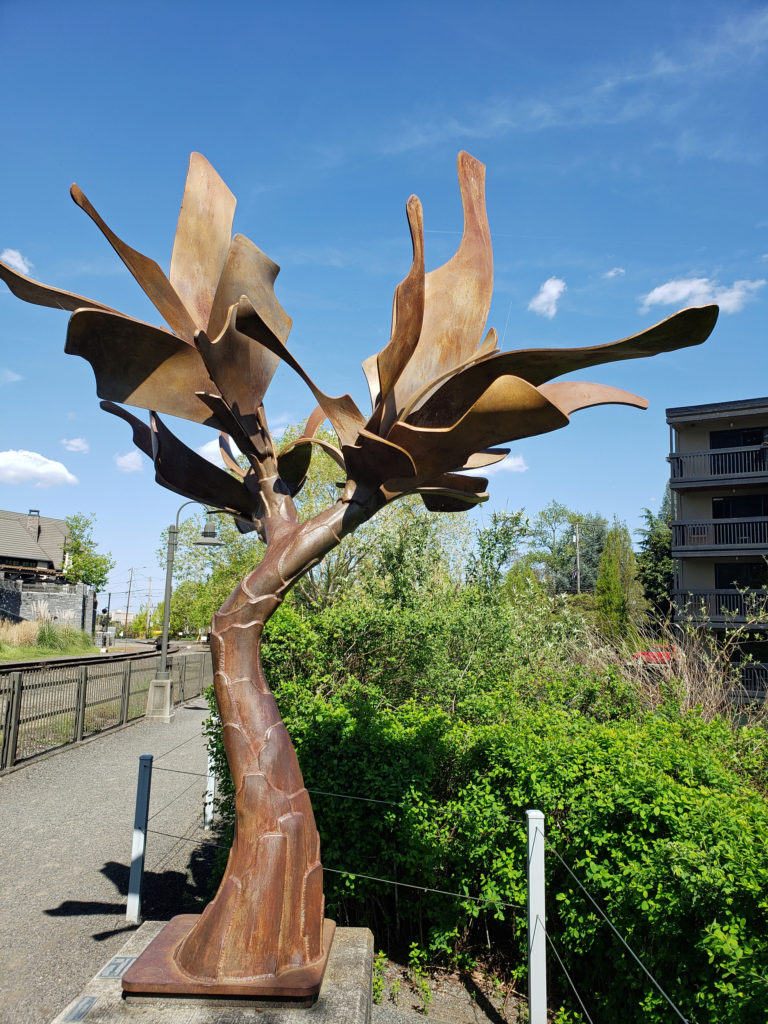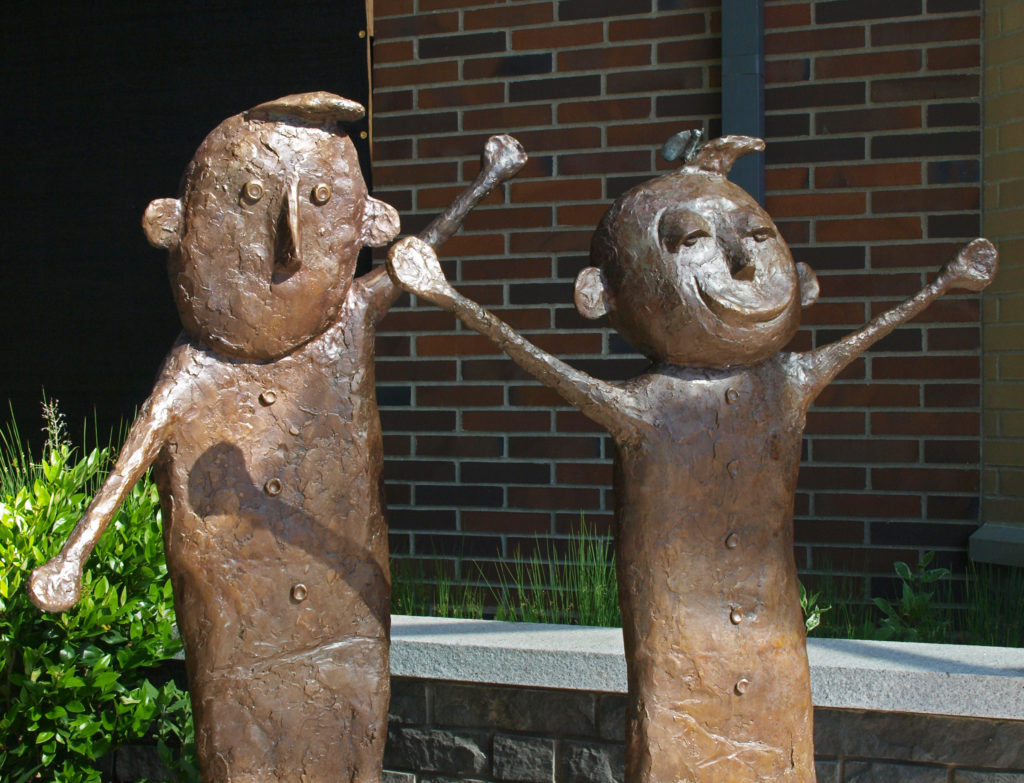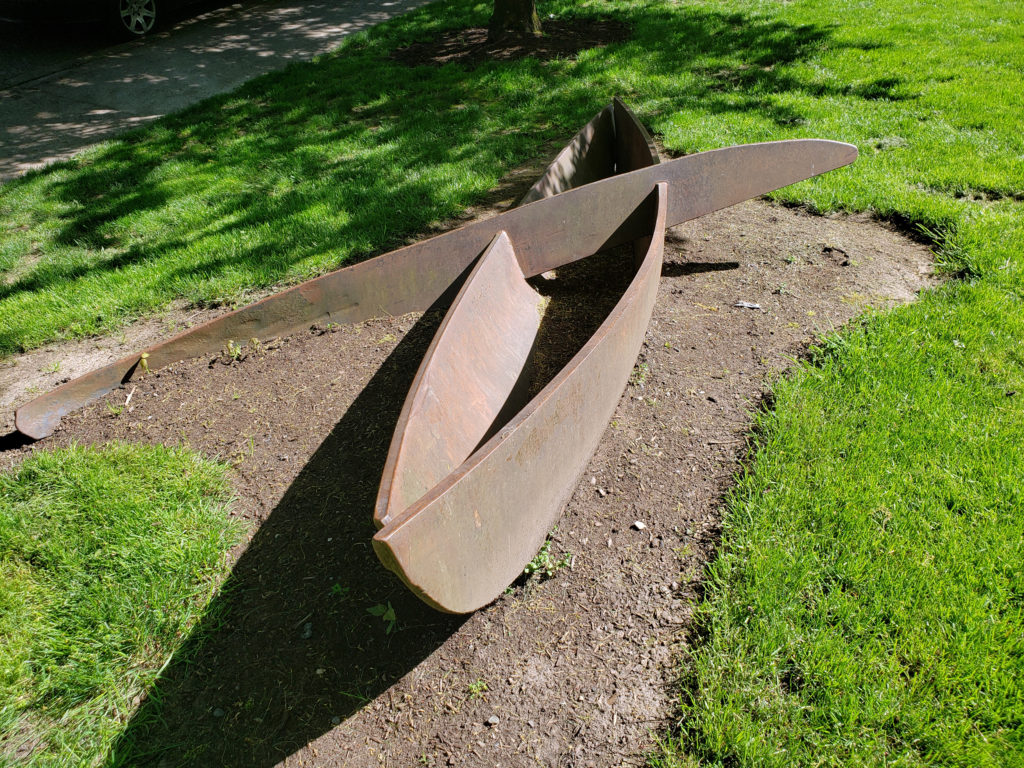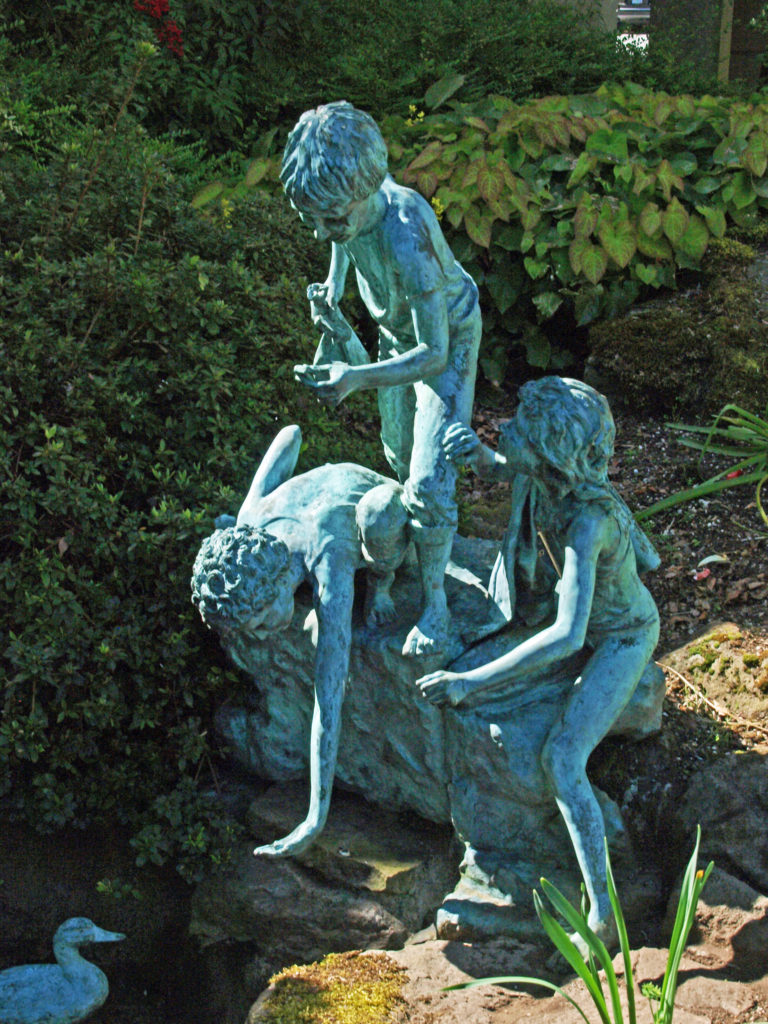By Alan K. Lee
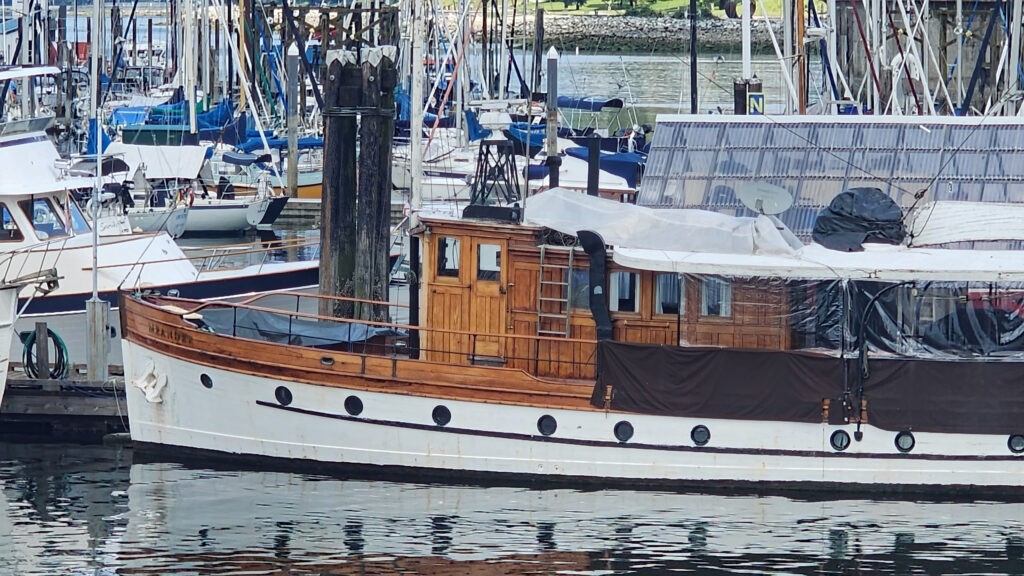
Introduction
Travel guides for Vancouver, B.C. all highlight Granville Island as one of the prime tourist destinations in the city, and rightly so. It has a wealth of shops, art galleries, restaurants and pubs, theaters, and open spaces in a compact, pedestrian friendly setting. Granville Island is located in the False Creek area immediately south of downtown Vancouver. False Creek, as its name implies, is not a creek. It’s a saltwater inlet off of English Bay that separates downtown Vancouver from the rest of the city. And False Creek has much more to offer the traveler than just Granville Island.
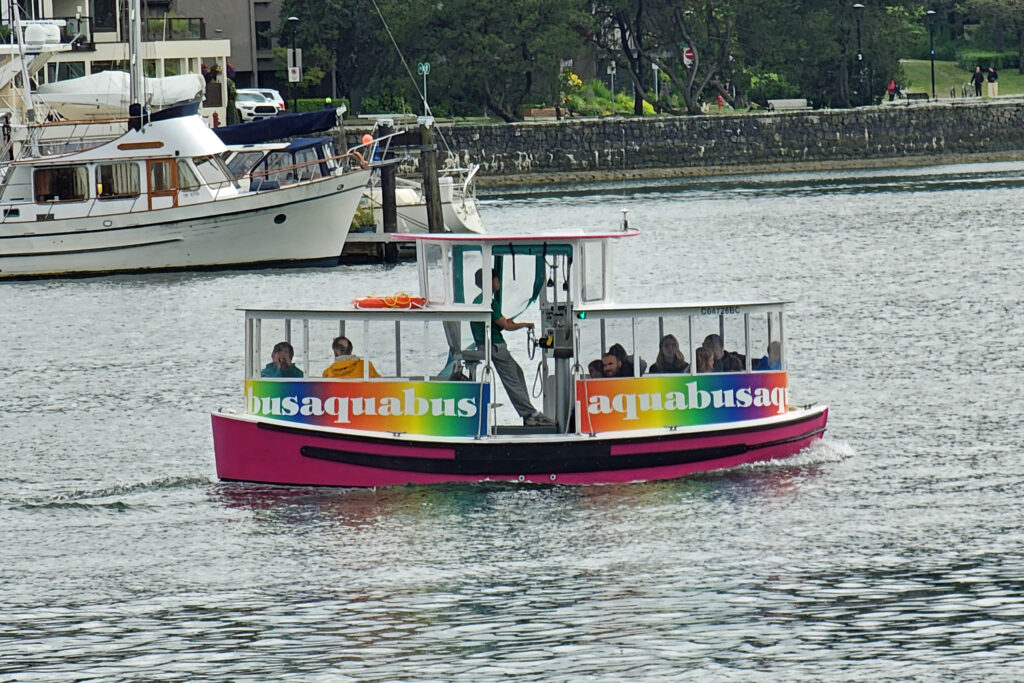
Water taxis
You can drive to Granville Island, but it’s probably not the best way to get there, especially if you’re staying in the south end of downtown, as my wife and I were on our recent visit. You can also walk across the Granville Bridge to get there, but that’s also not the best way. The best way is by water taxi.
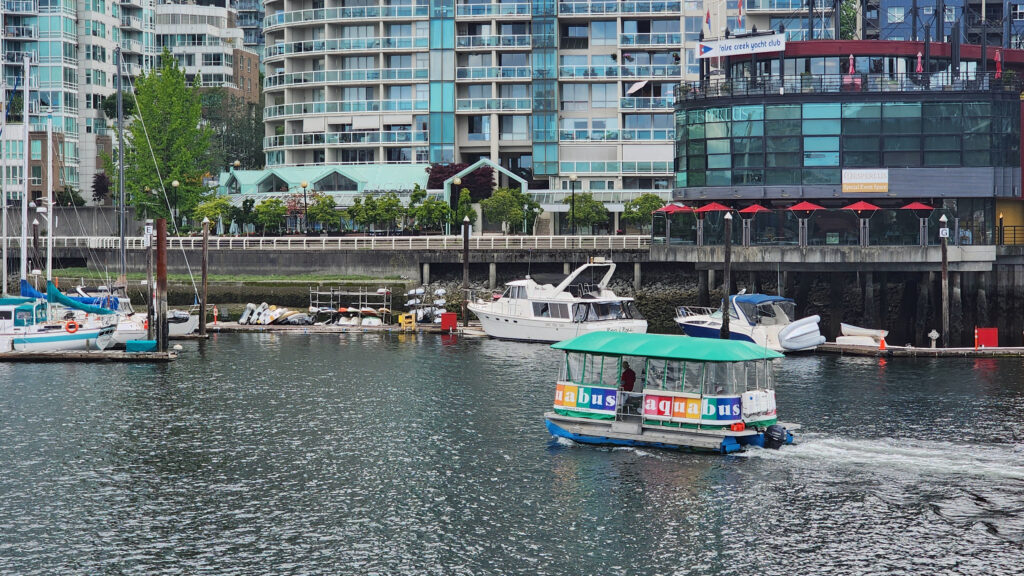
Two companies, Aquabus and False Creek Ferries, operate water taxis on False Creek. Both have numerous ferries that run frequently and dock at multiple locations along False Creek. Not only are they convenient, they’re also simply fun. Buy an all-day pass and spend the day exploring the area. You won’t run out of things to do. Just riding the ferries is entertaining in and of itself. Day pass tickets for both companies cost $20 for adults and $18 for seniors and children. (All prices quoted in this post are in Canadian dollars). Aquabus has more ferries, but False Creek Ferries also serves the Vancouver Maritime Museum and the Kitsilano area that Aquabus does not.
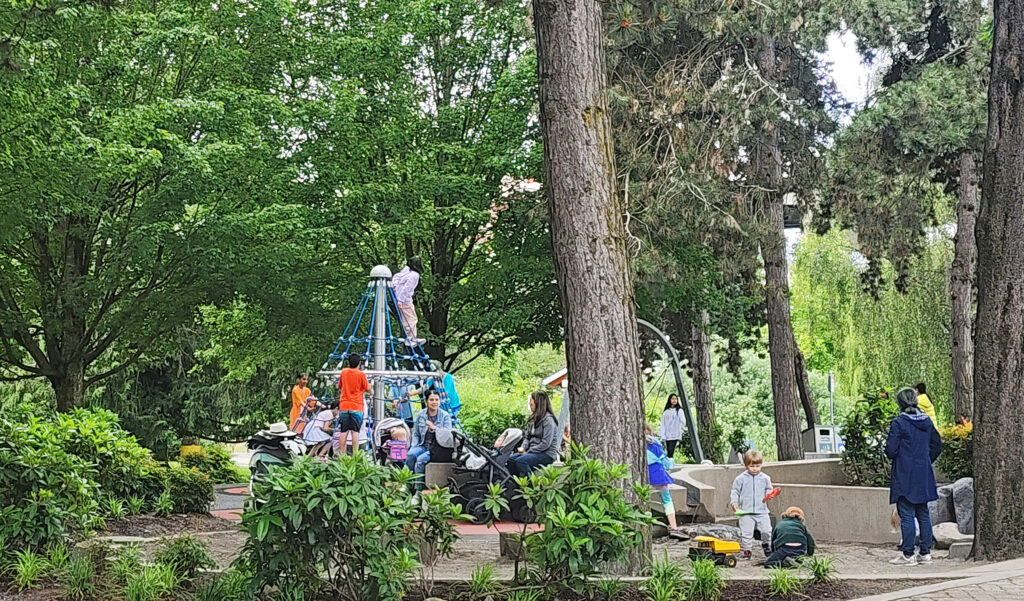
Granville Island
If you only have a short time to spend in Vancouver, Granville Island should be near the top of your list of places to visit. And if you have more time, you could easily spend a full day exploring the island and not run out of things to do.
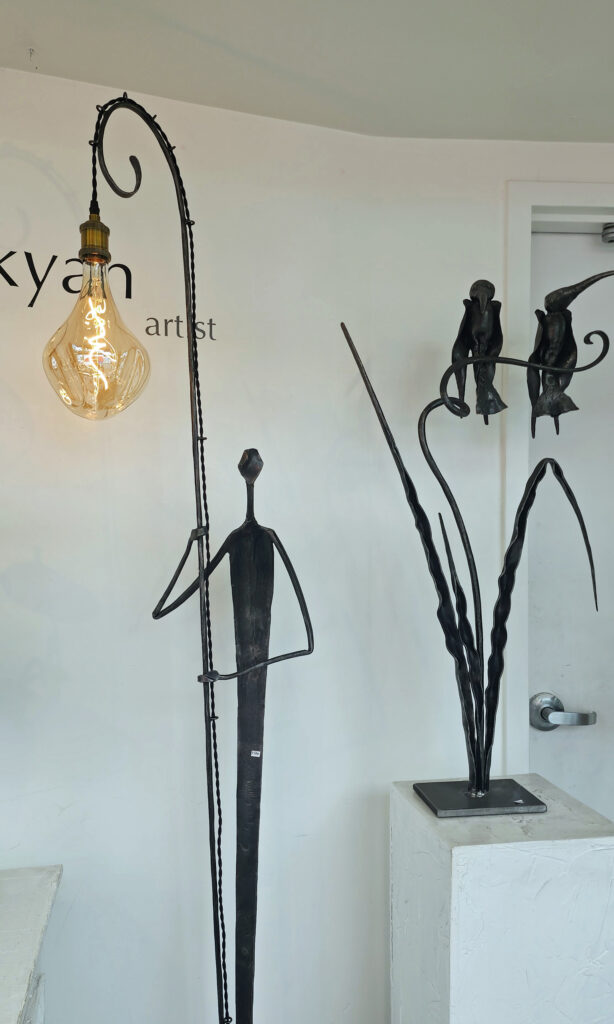
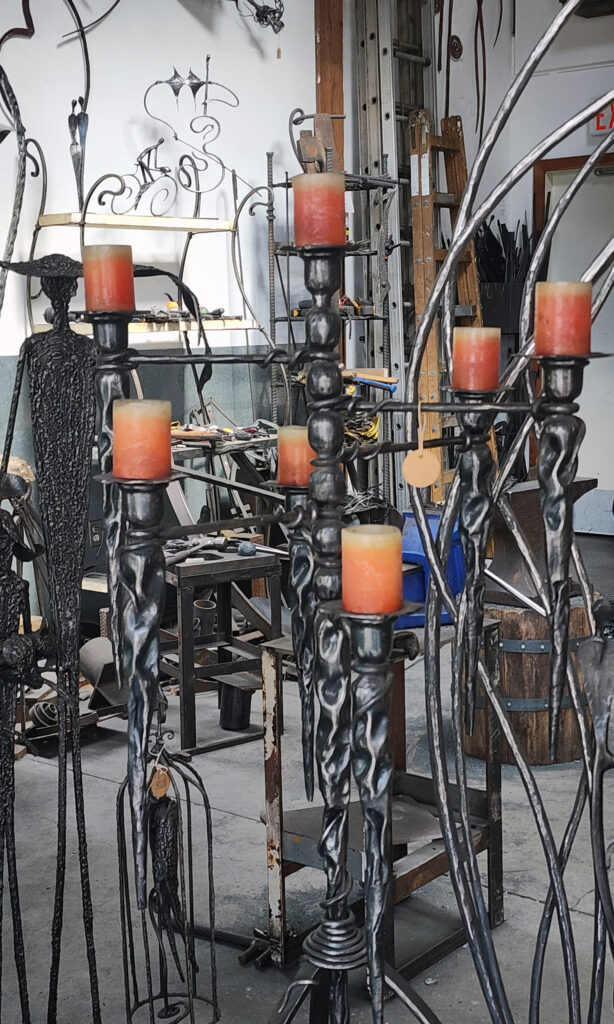
Granville Island is a small area (only a half mile long by a quarter mile wide), but jam packed with literally dozens of restaurants and pubs, more than 100 studios, art galleries and boutiques, many theaters and performance venues, a public market (called Public Market) that rivals Seattle’s Pike Place Market, public docks for both small boats and canoes and kayaks, a community center, a water park, a large playground, a public park, a hotel, and the list goes on.
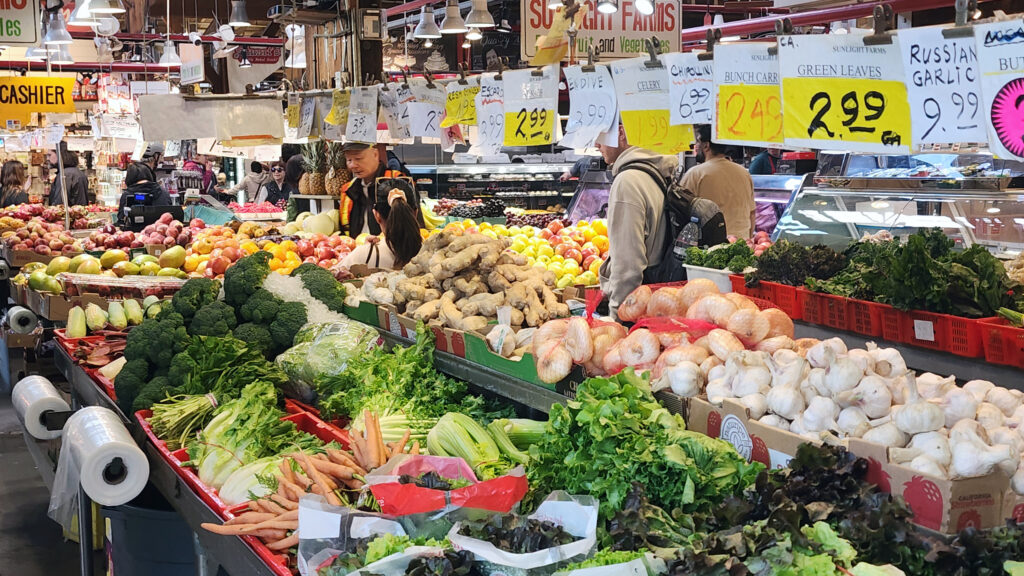
My wife and I often like to just show up and see what we find when visiting a new location (which we essentially did here), but Granville Island can be a little overwhelming for the first-time visitor. The Granville Island website offers a “plan your visit” interactive function, though, that you can use to make a custom plan based on your interests and how long you can stay (from a few hours to all-day plus). I highly recommend it, especially if you only have a short time to dedicate to Granville Island.
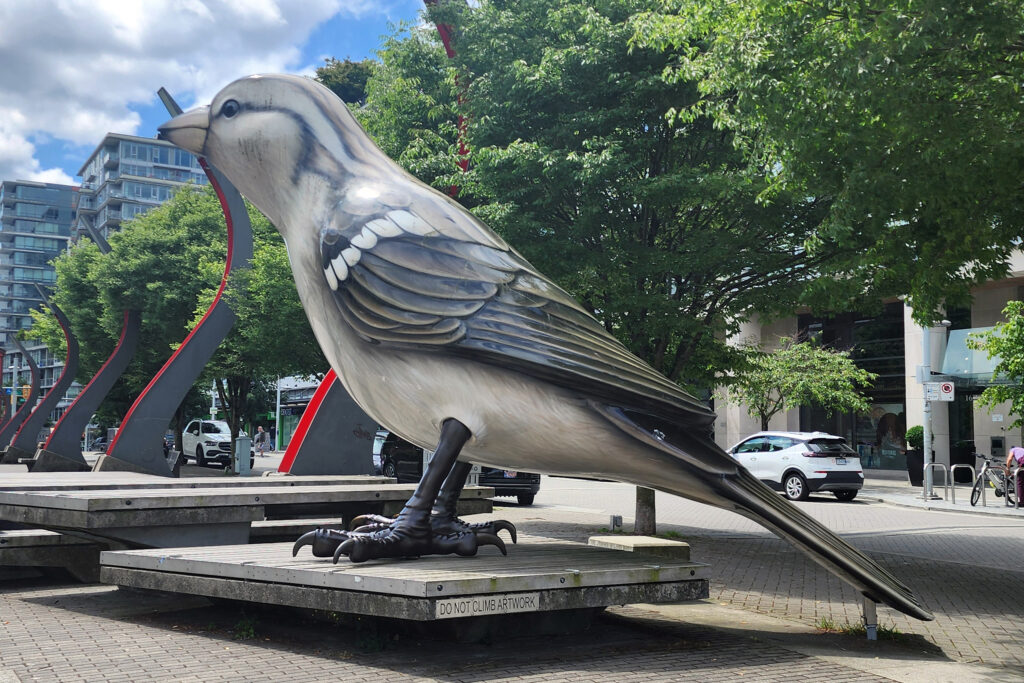
The Village
The Village, located on the southeast shore of False Creek, was the site of the athlete’s village at the 2010 Winter Olympics and Paralympics. After the Olympics, the area was converted into residential housing, commercial spaces, and parks and plazas. The Olympic Village Square features two huge sculptures of sparrows that are eighteen feet tall. My wife and I had lunch in the Village twice (once at Tap and Barrel and once at Craft Beer Market). It’s a nice area to just hang out and relax.
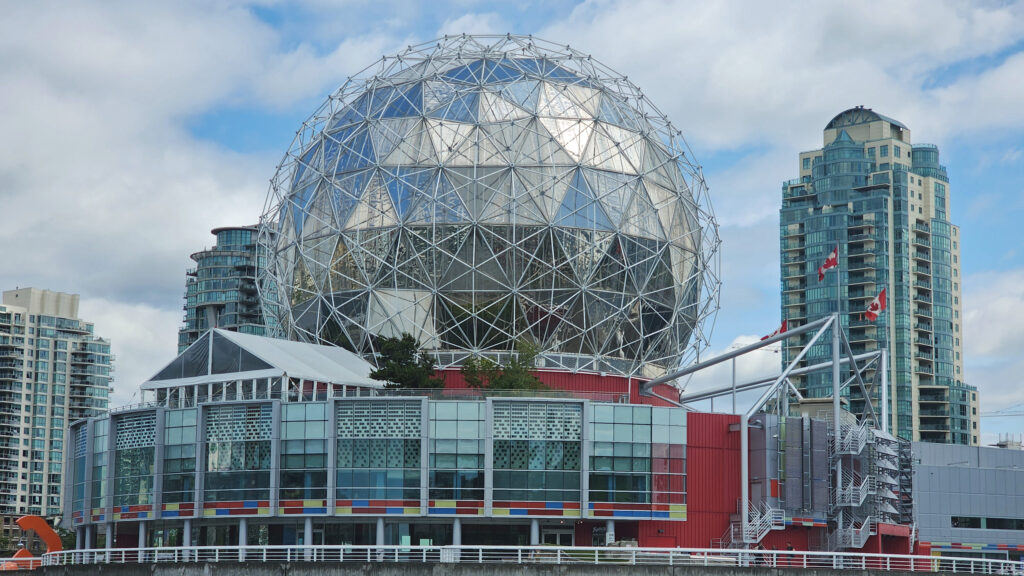
Science World
Science World is the large geodesic dome at the east end of False Creek that is visible from all over the area. It was originally constructed to be the Expo Centre for the 1986 World’s Fair (Expo ‘86). Today it is a science center and museum run by the non-profit ASTC Science World Society.
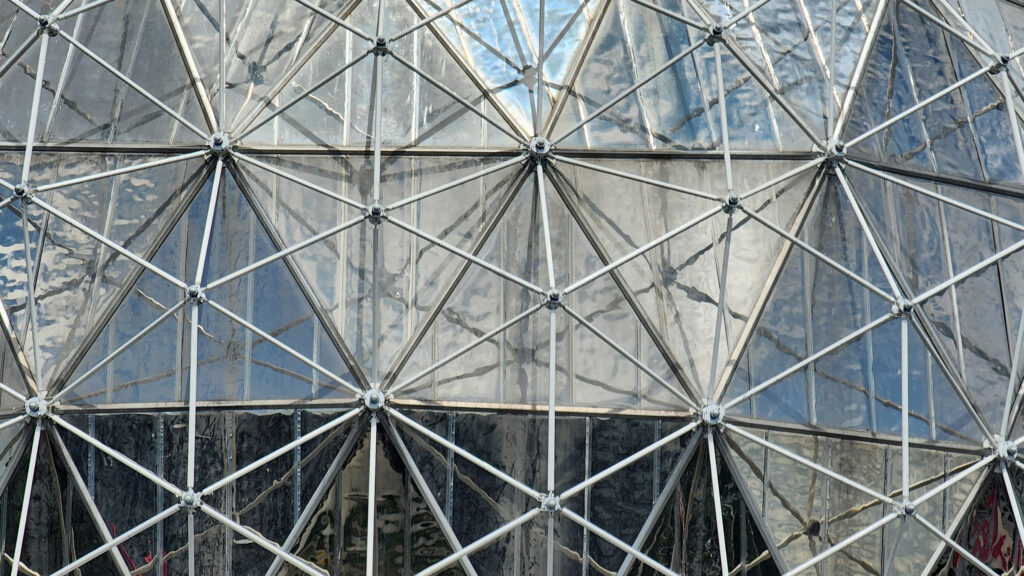
Science World houses numerous permanent displays and interactive science exhibits, rotating temporary exhibits, and an OMNIMAX theater. The Science World Society also runs outreach programs, sponsors lectures and classes, and conducts youth camps. Ticket prices (2024) range from $34.85 for adults to $23.65 for children (3-12). Youth (13-18) and senior (65+) admission is $28.10. The OMNIMAX theater is temporarily closed (as of September 2024).
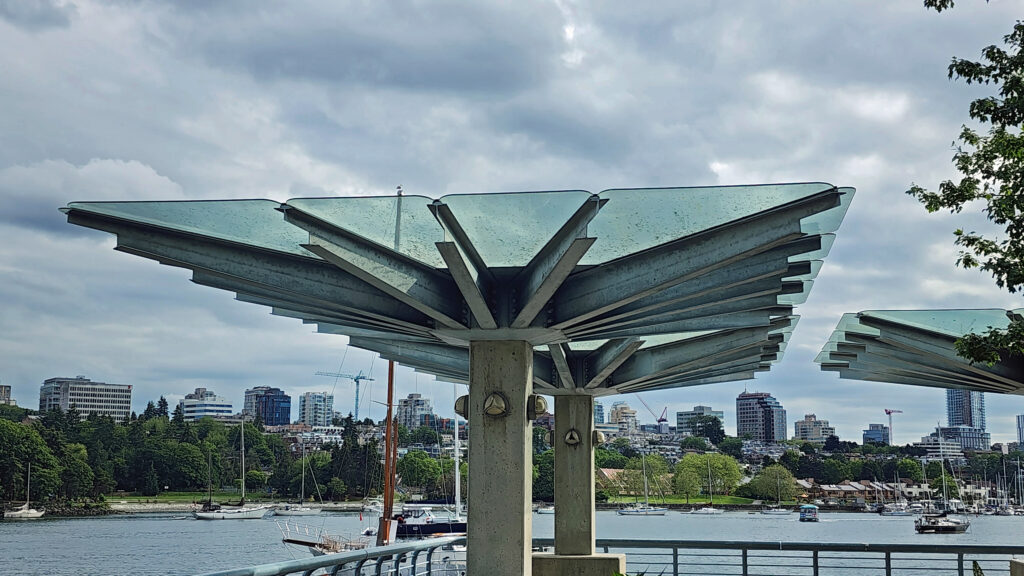
Yaletown
Yaletown, just north of the False Creek waterfront, was once a warehouse district. Today, many of the old warehouses have been converted into restaurants, pubs, cocktail lounges, and shops and boutiques featuring cutting edge décor and fashions. Yaletown’s a vibrant, young, hip district that has an energy and vibe that is unique to the area.

Plaza of Nations
The Plaza of Nations, to the east of Yaletown, was the site of Expo ‘86’s British Columbia Pavilion. The structures and glass-roofed plaza, originally meant to be temporary structures, became an entertainment center after the conclusion of the world’s fair, with a 4500-seat concert venue. But the structures were deemed unsafe in 2007 and were demolished in 2008. Today, the area consists of an open plaza and a developing mixed-use commercial, residential, and entertainment district.
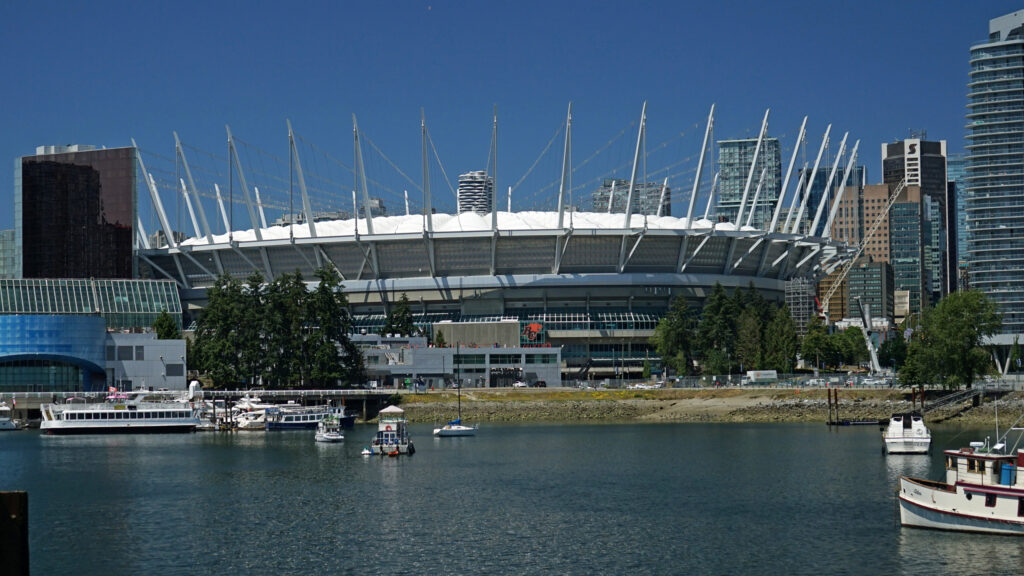
The Plaza of Nations is located just west of BC Place, a large stadium with a retractable roof that was the main stadium of the 2010 Winter Olympics and Winter Paralympics. Today, it is home to the Vancouver Whitecaps of the North American Soccer League and the BC Lions of the Canadian Football League.
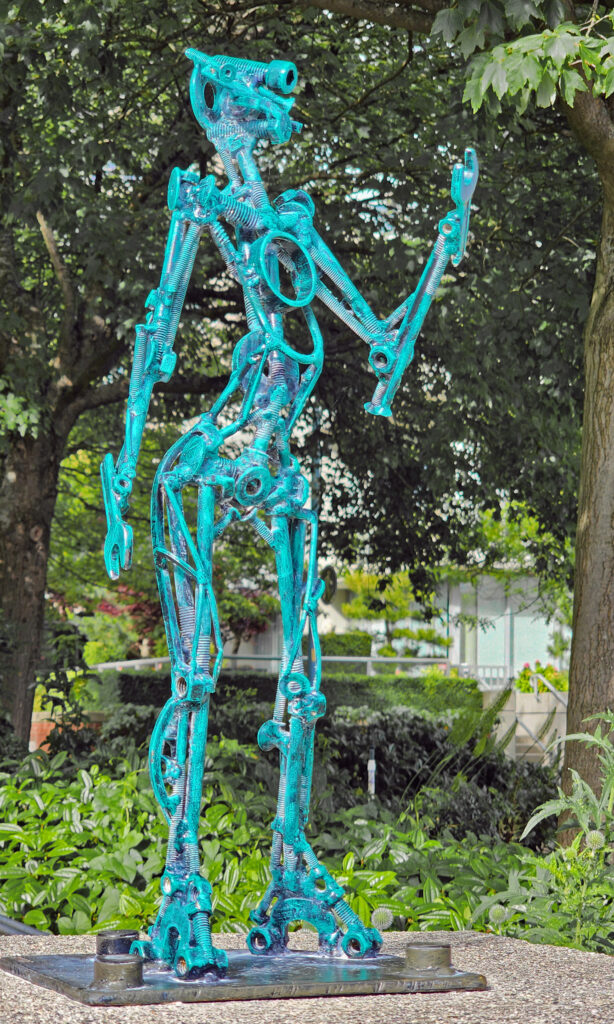
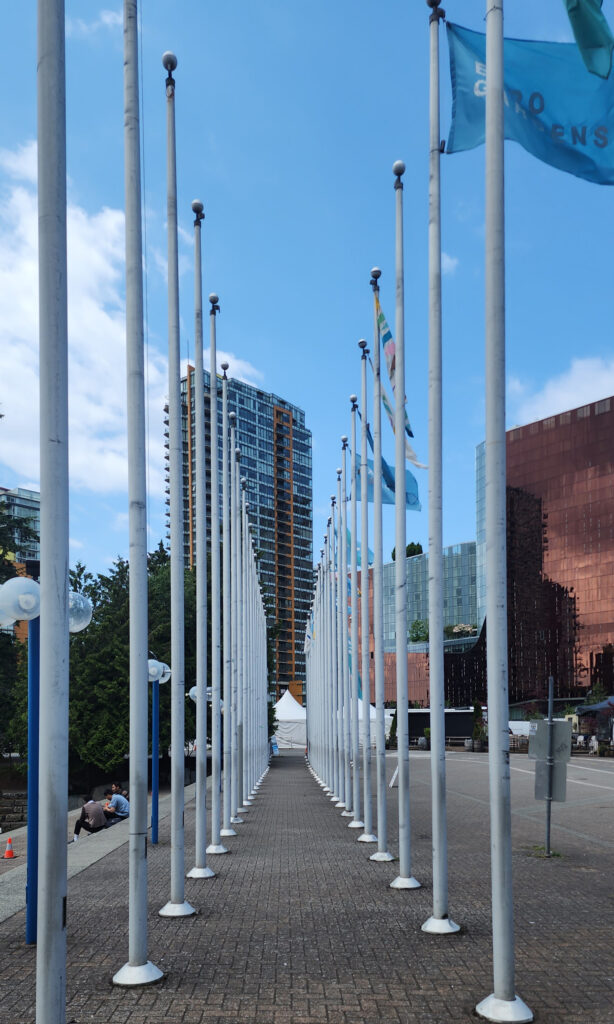
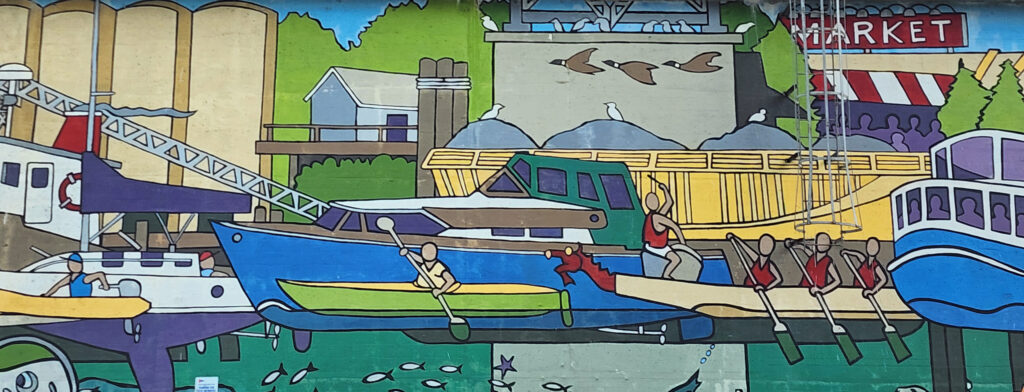
Public Art
Throughout the False Creek area, in the parks and plazas, along the walkways, and all over Granville Island, you will find outstanding examples of public art, from Native American (First Nations) art to modern contemporary art. And the galleries and studios of Granville Island are an art lovers delight.
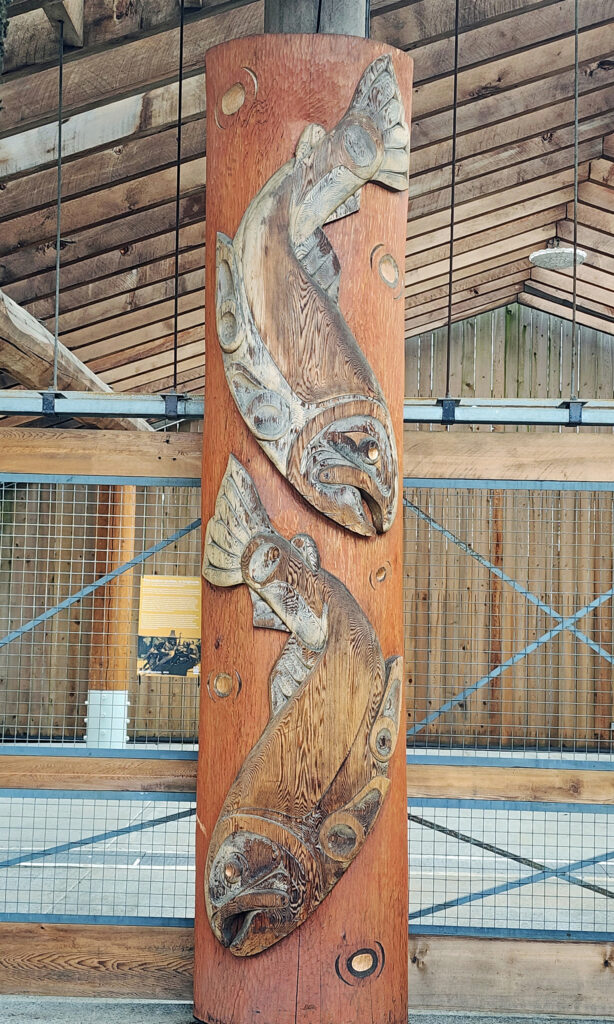
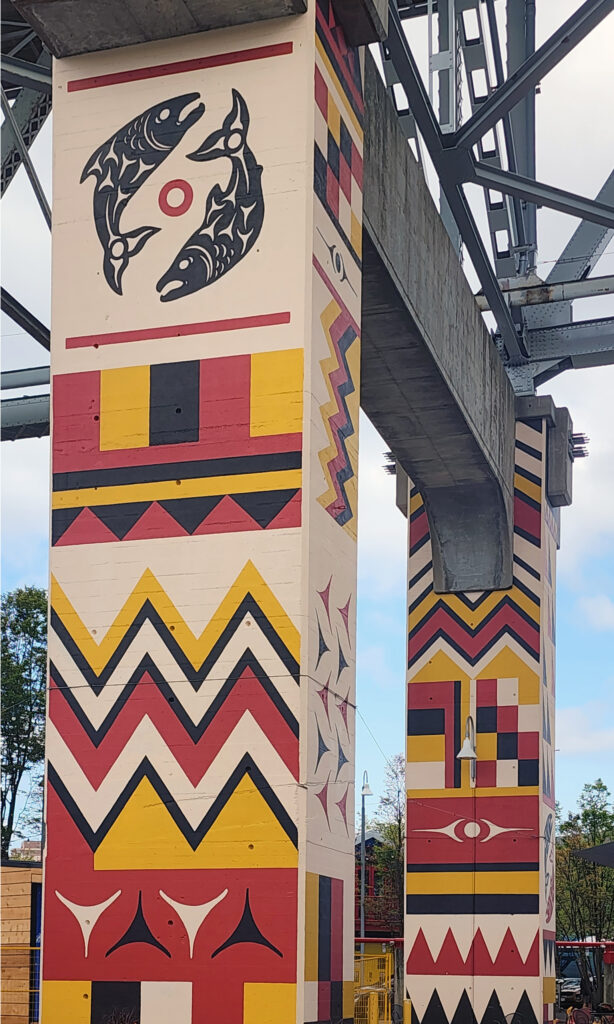
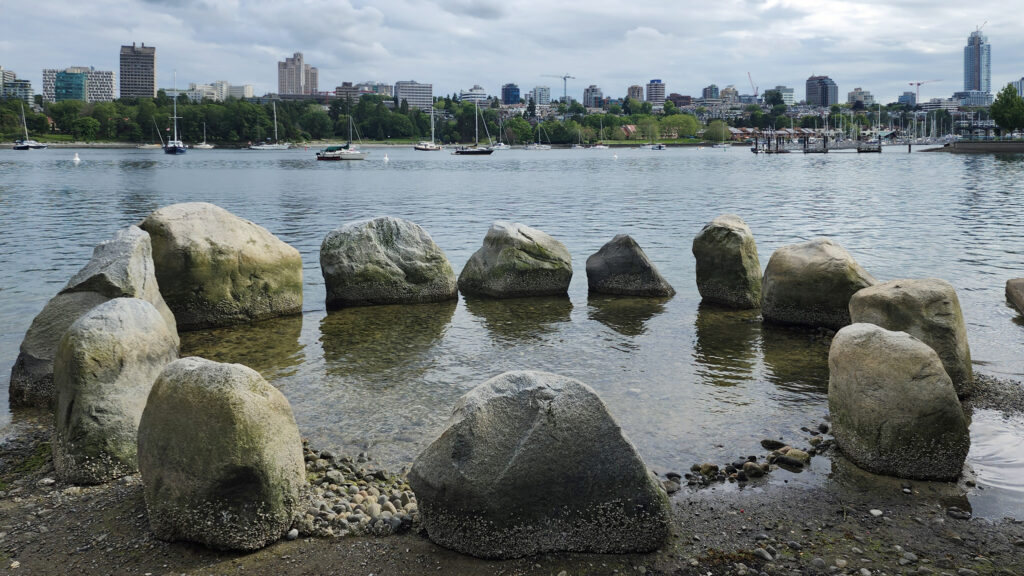
Parks
Numerous parks line the shores of False Creek. At the east end you’ll find Creekside Park adjacent to Science World and Concord Community Park just to the north. Along the south shore, Hinge Park has open spaces and a small wetlands area, and Charleson Park has a children’s playground and a dog park. Ron Basford Park on Granville Island has an amphitheater and a nice view of the city from a grassy hilltop.
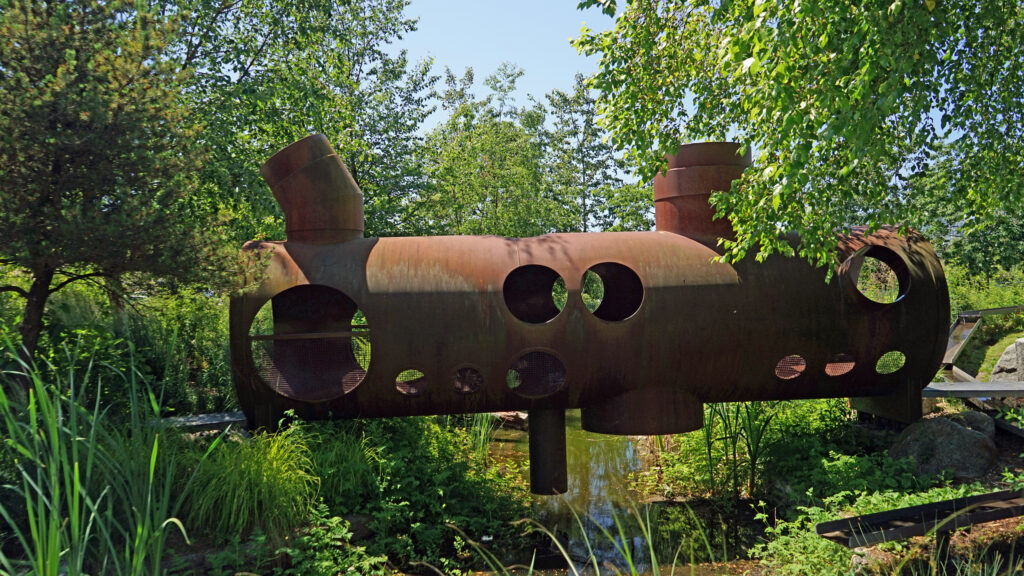
Along the north shore, George Wainborn Park, David Lam Park and Coopers’ Park offer open spaces, fountains, sports courts, a skate park, and nice views of the False Creek waterfront.
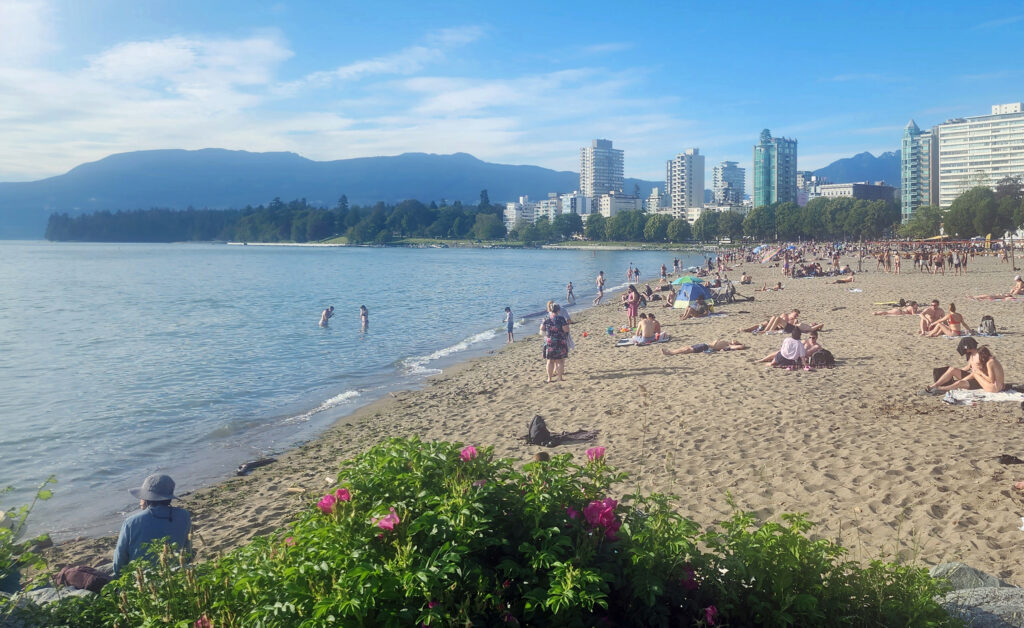
And to the west of the main False Creek area, Sunset Beach Park at the mouth of False Creek and English Bay Beach Park to the north offer an uninterrupted, mile-long stretch of sand that is a popular picnicking area and a great spot to view the sunset.
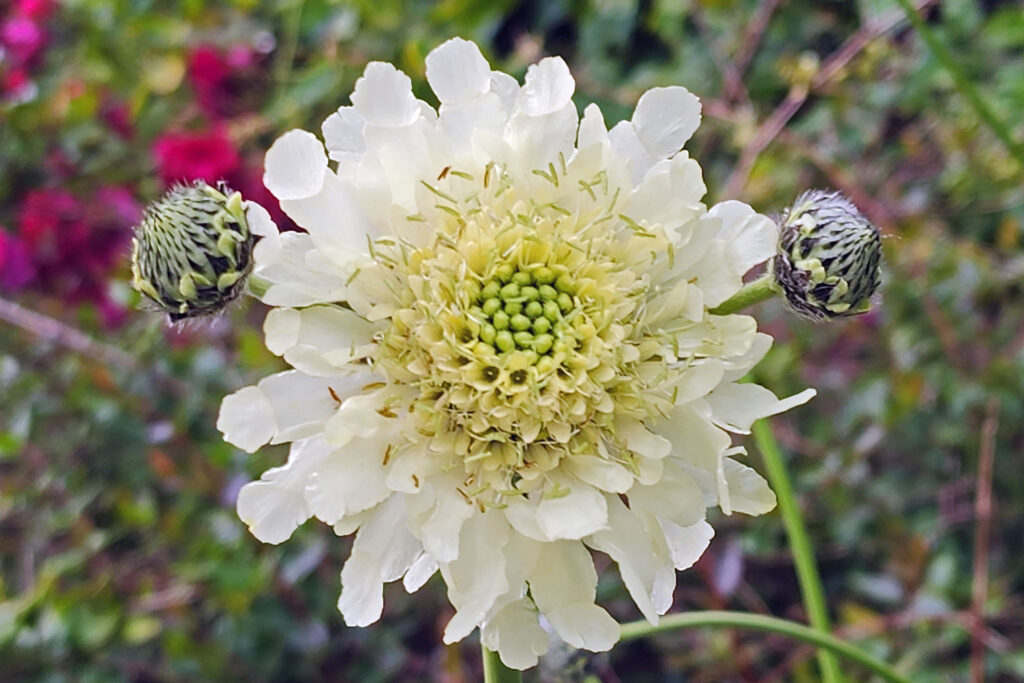
Conclusion
Granville Island was on my radar long before we made this trip, but the rest of the False Creek area was not. In the end, my wife and I wound up spending more time exploring False Creek than we did any of the Vancouver area’s other destinations, and that’s worth noting because there are many other parts of the area that offer visitors a unique and enjoyable experience. Check out my Stanley Park post and look for upcoming posts on Capilano Bridge Park and Grouse Mountain in North Vancouver and the Gastown/Chinatown district in the north end of downtown Vancouver.
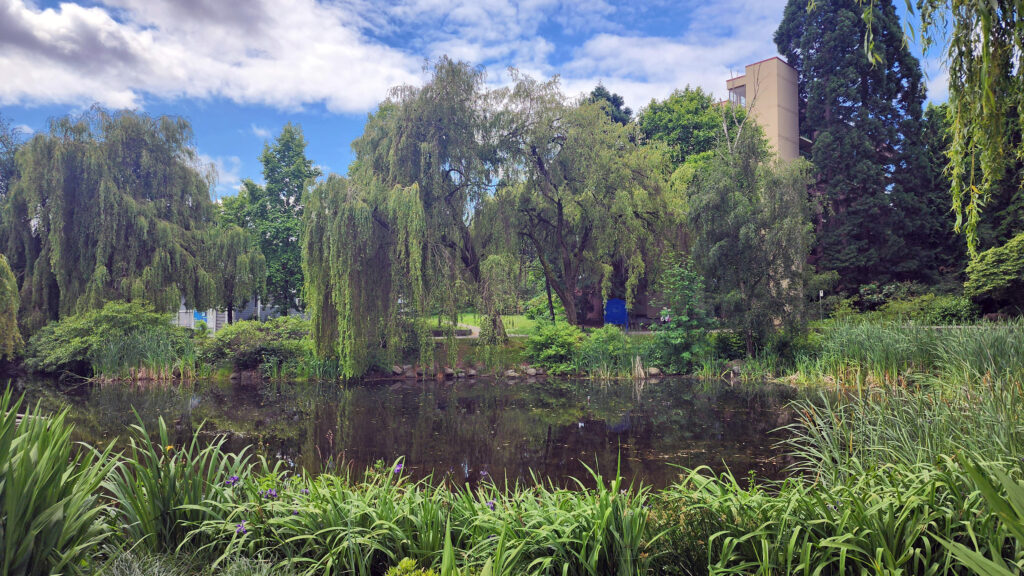
Posted September 15, 2024
All photos © Alan K. Lee

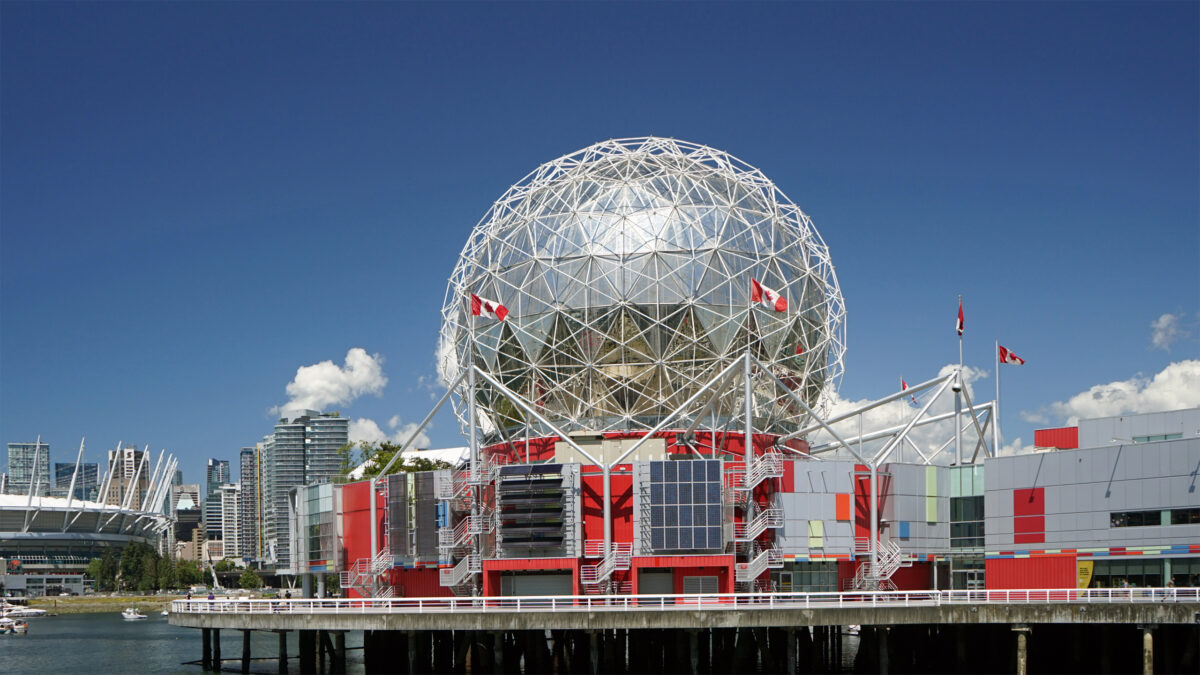
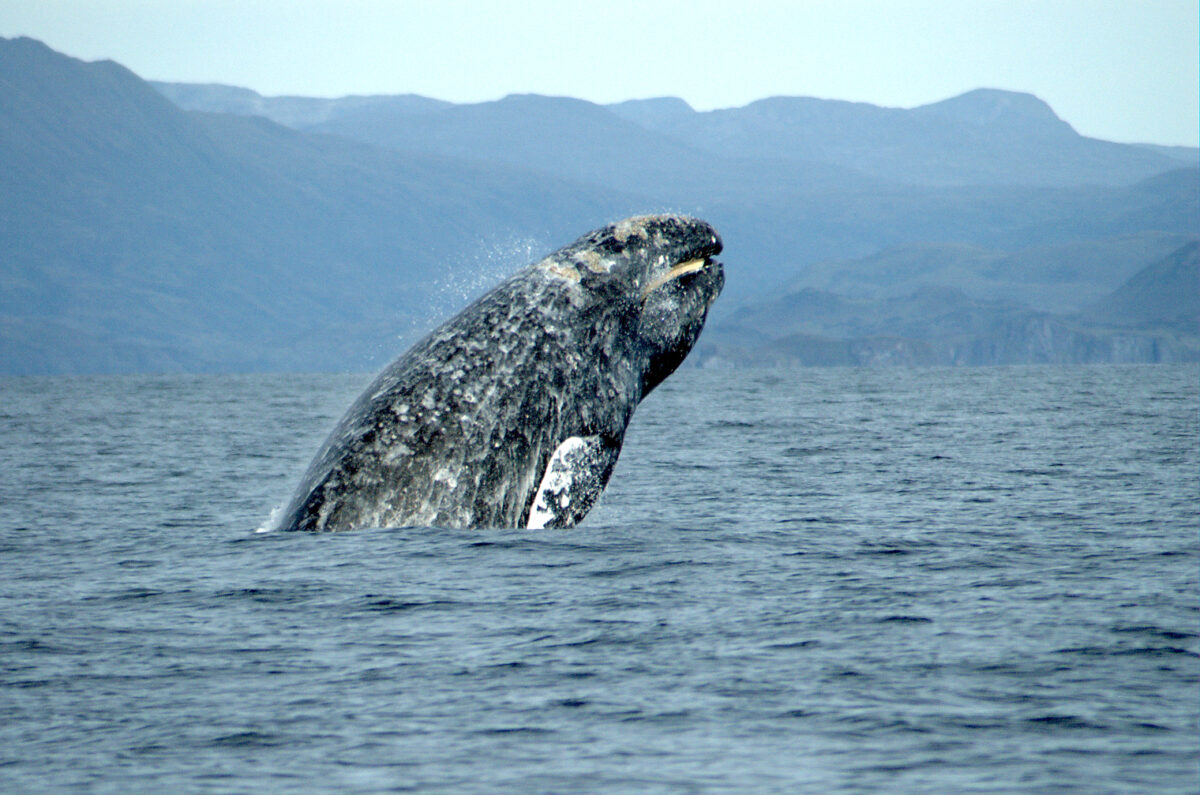
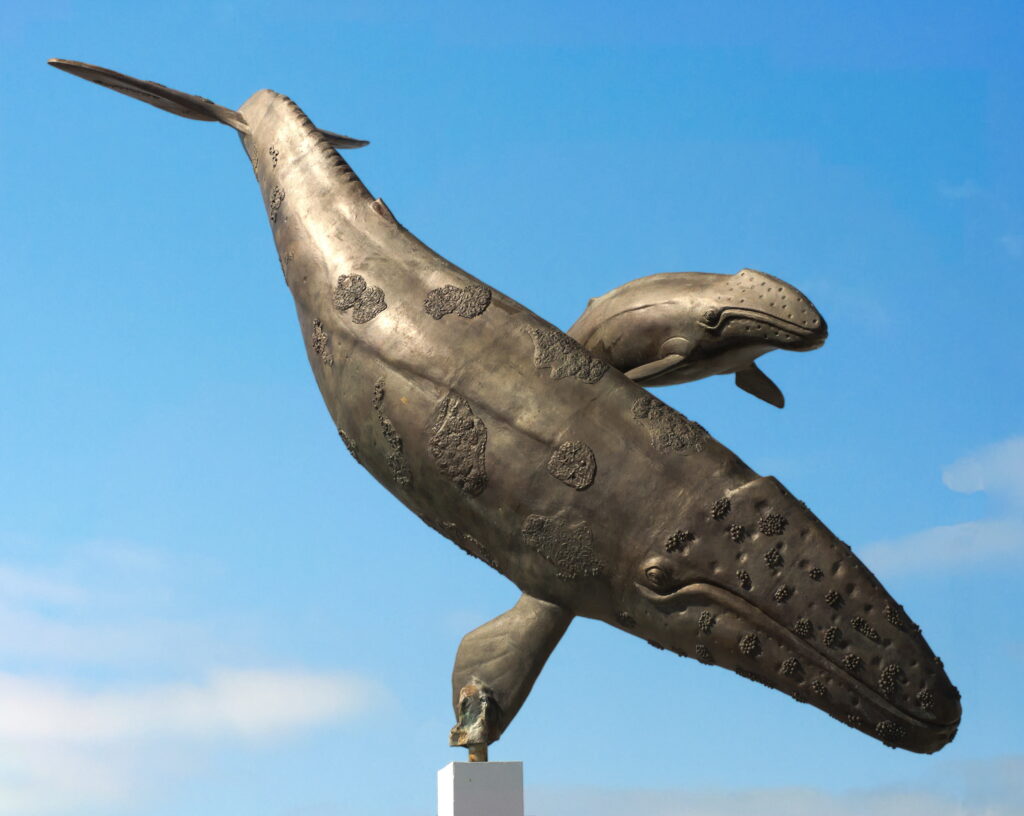
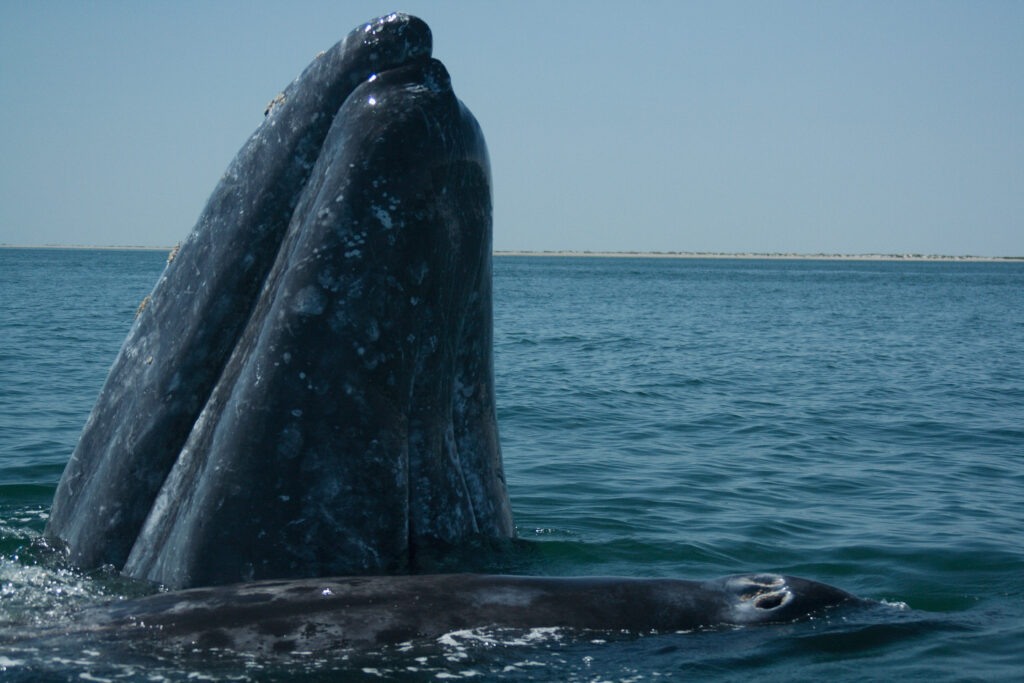
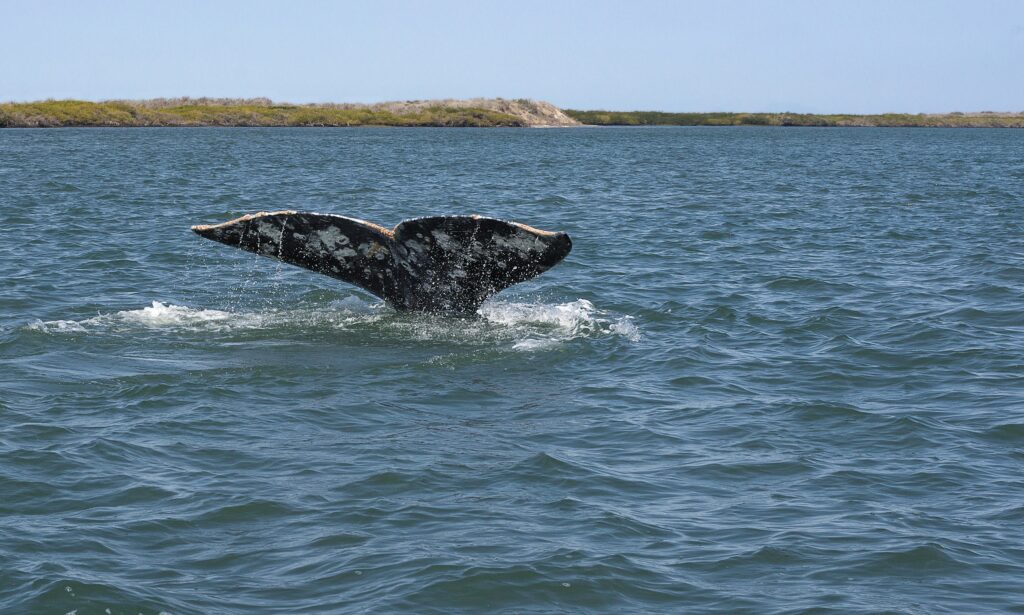
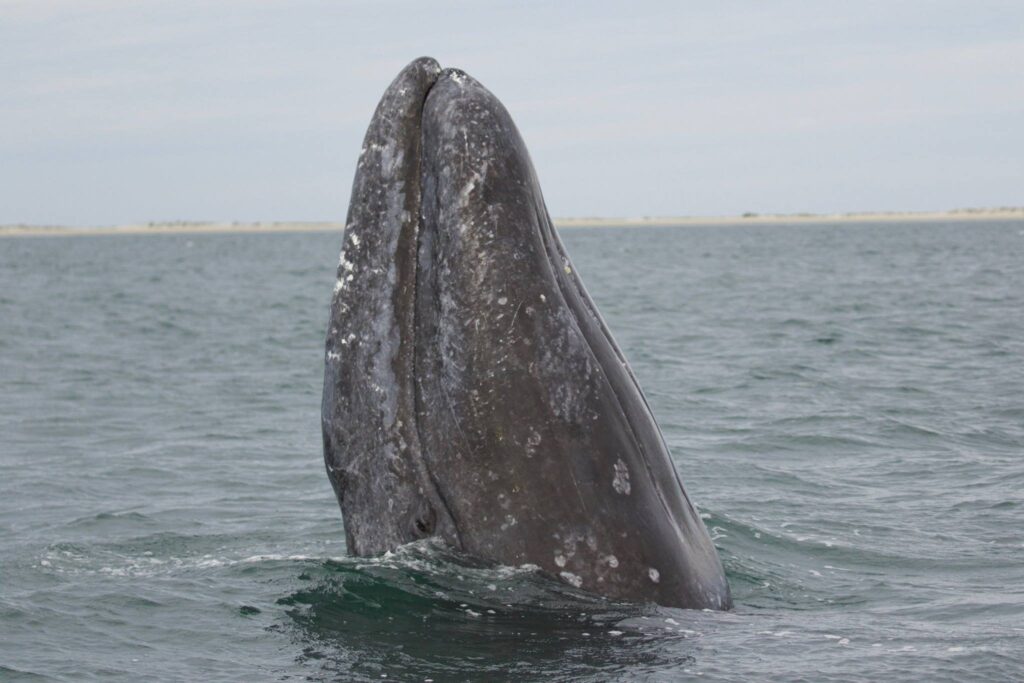
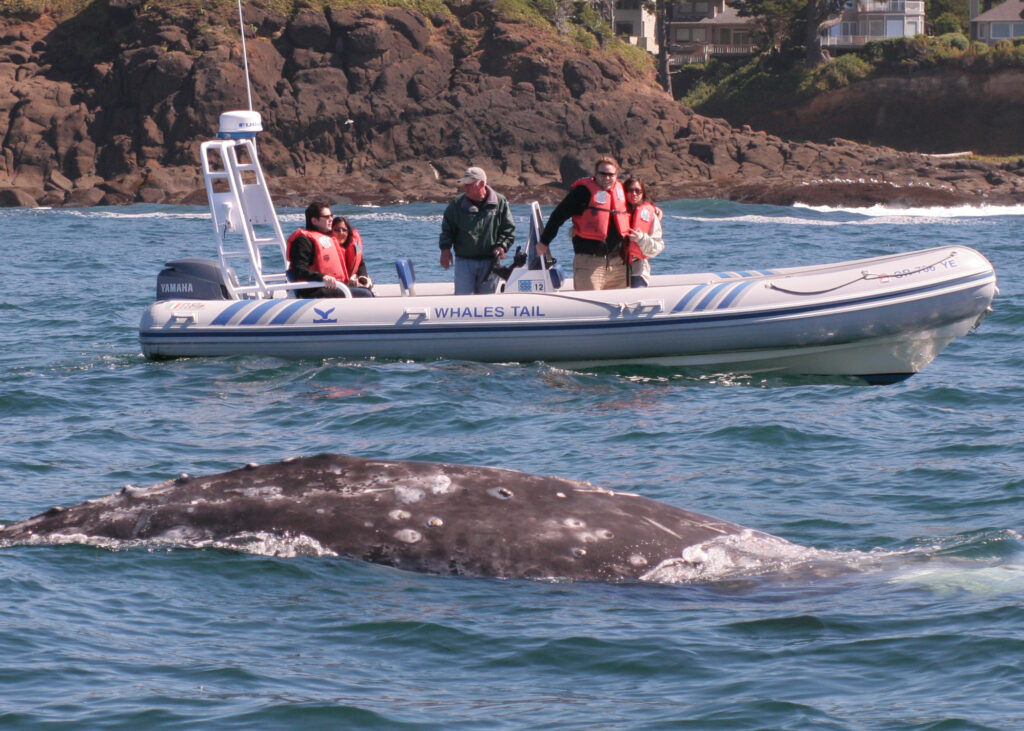
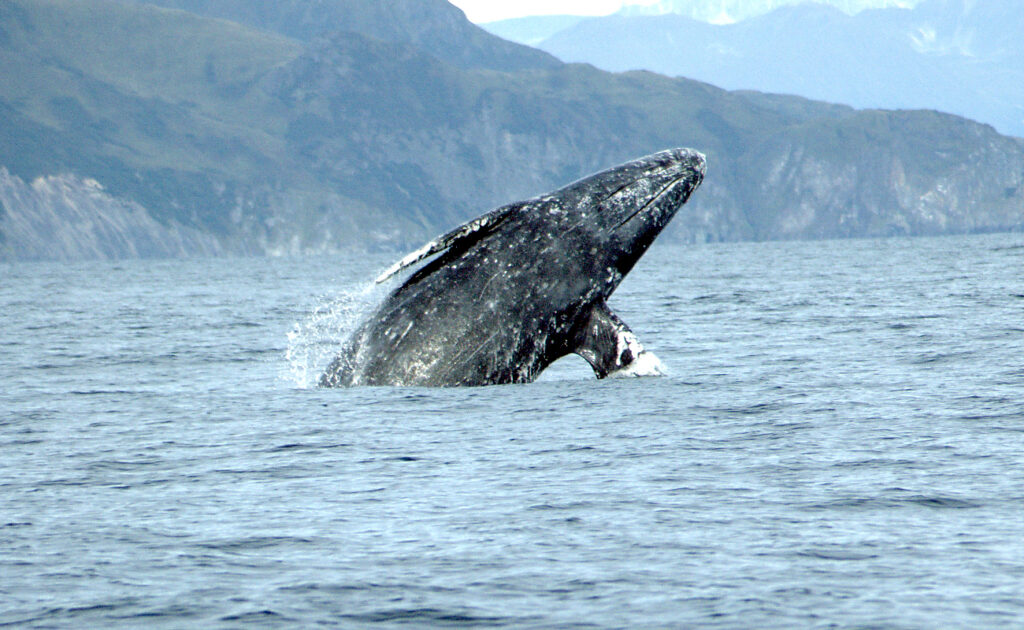
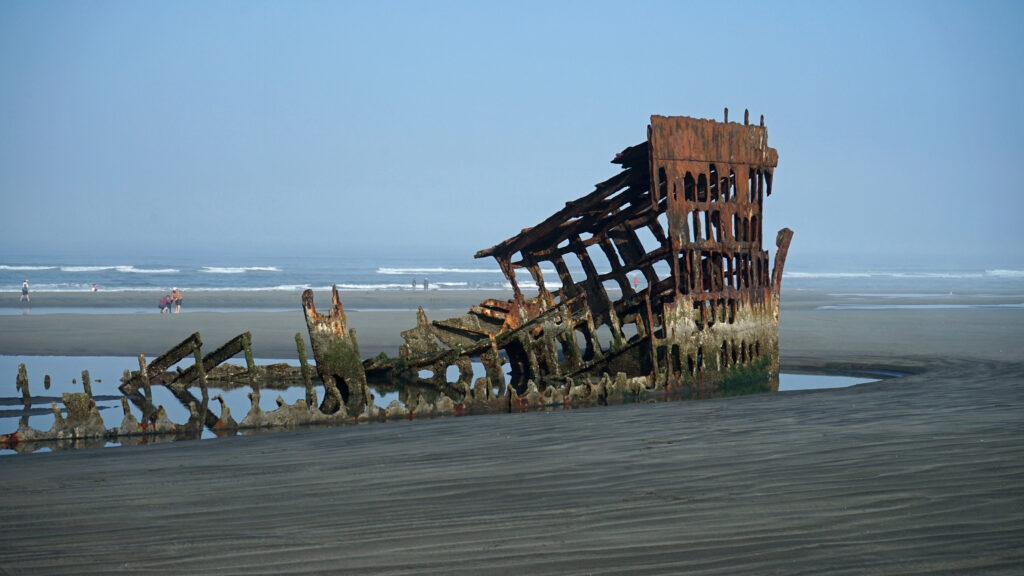
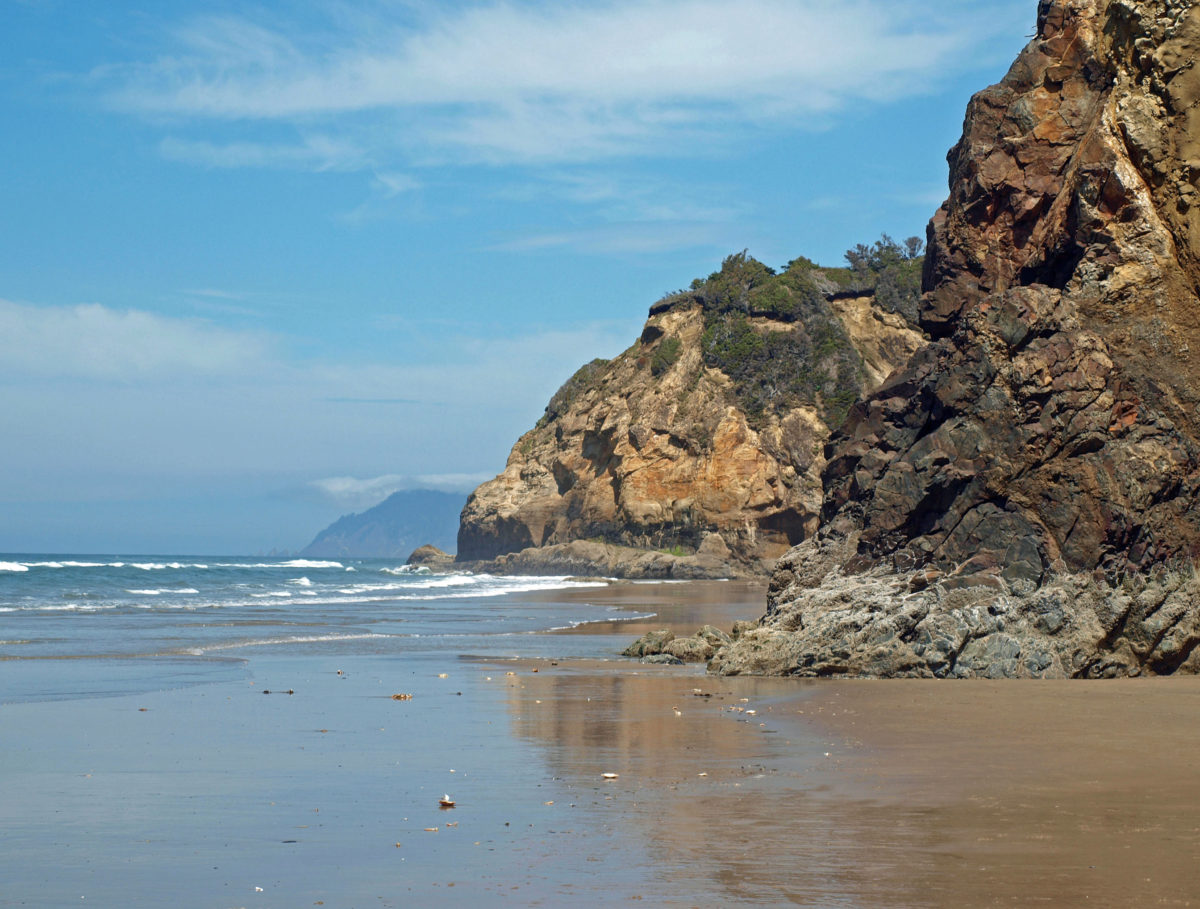
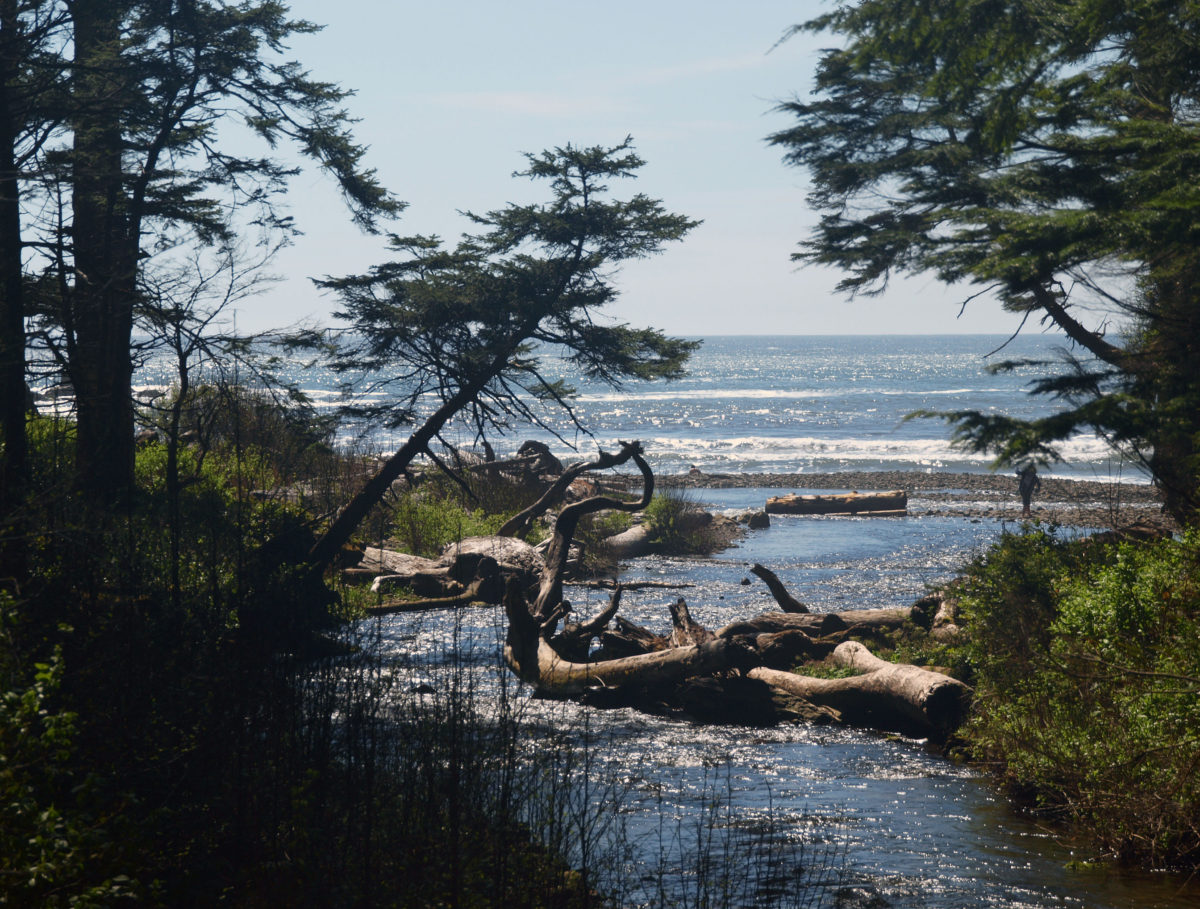
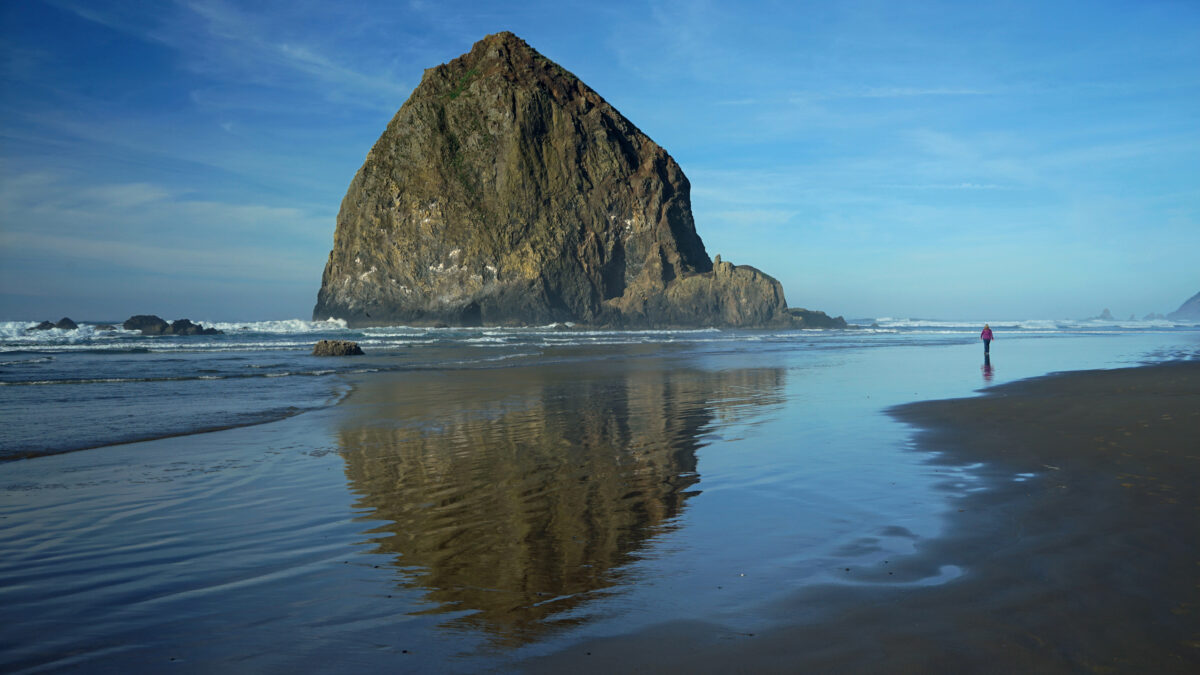
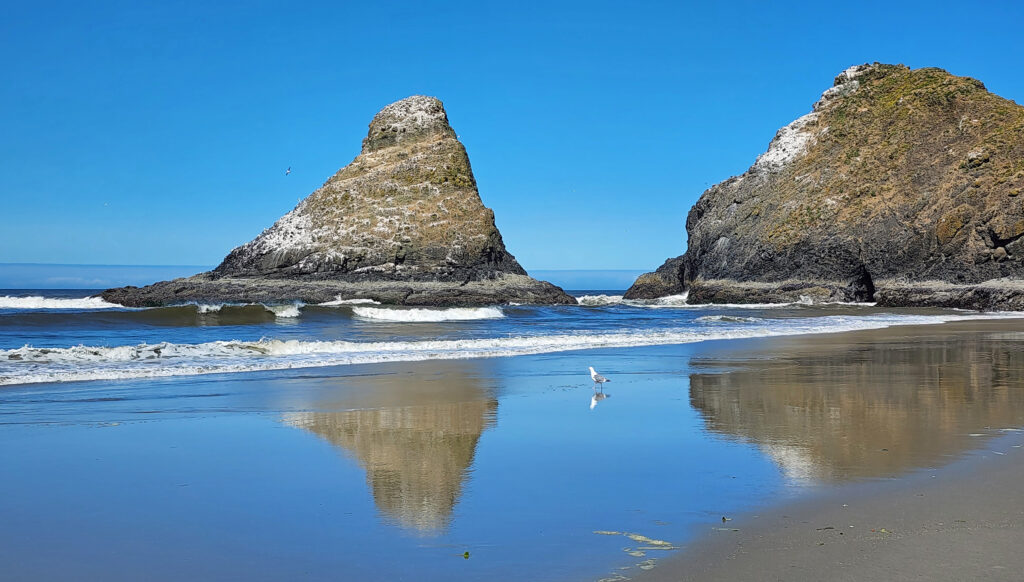
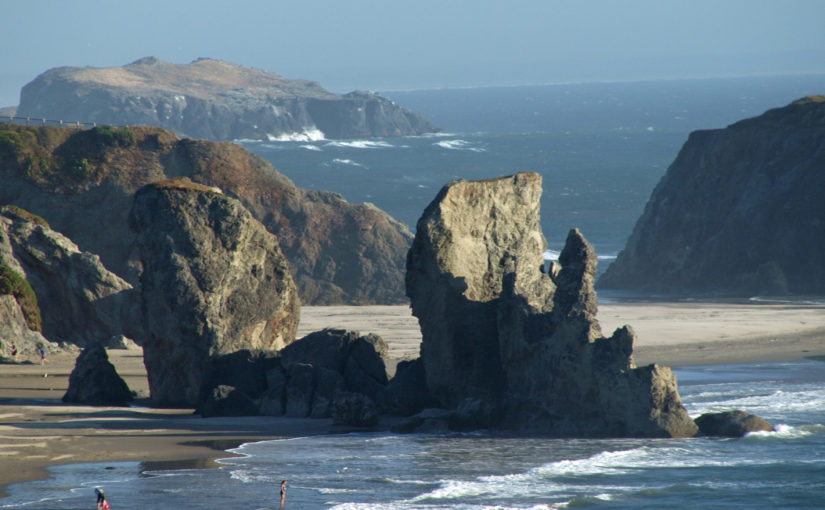
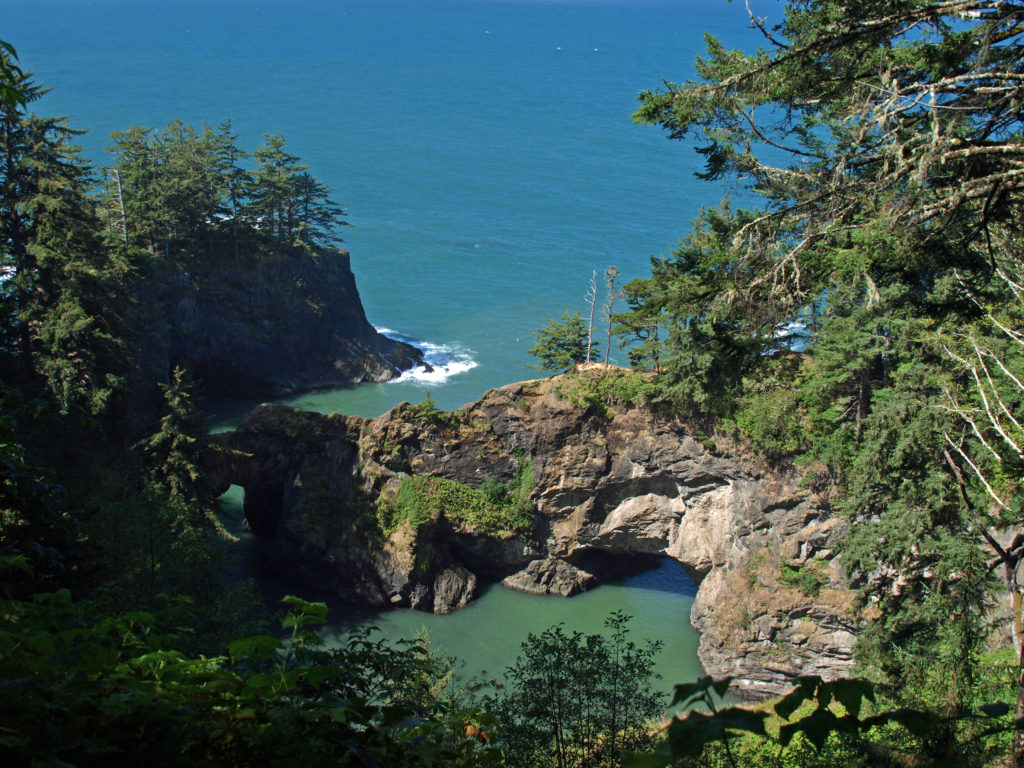
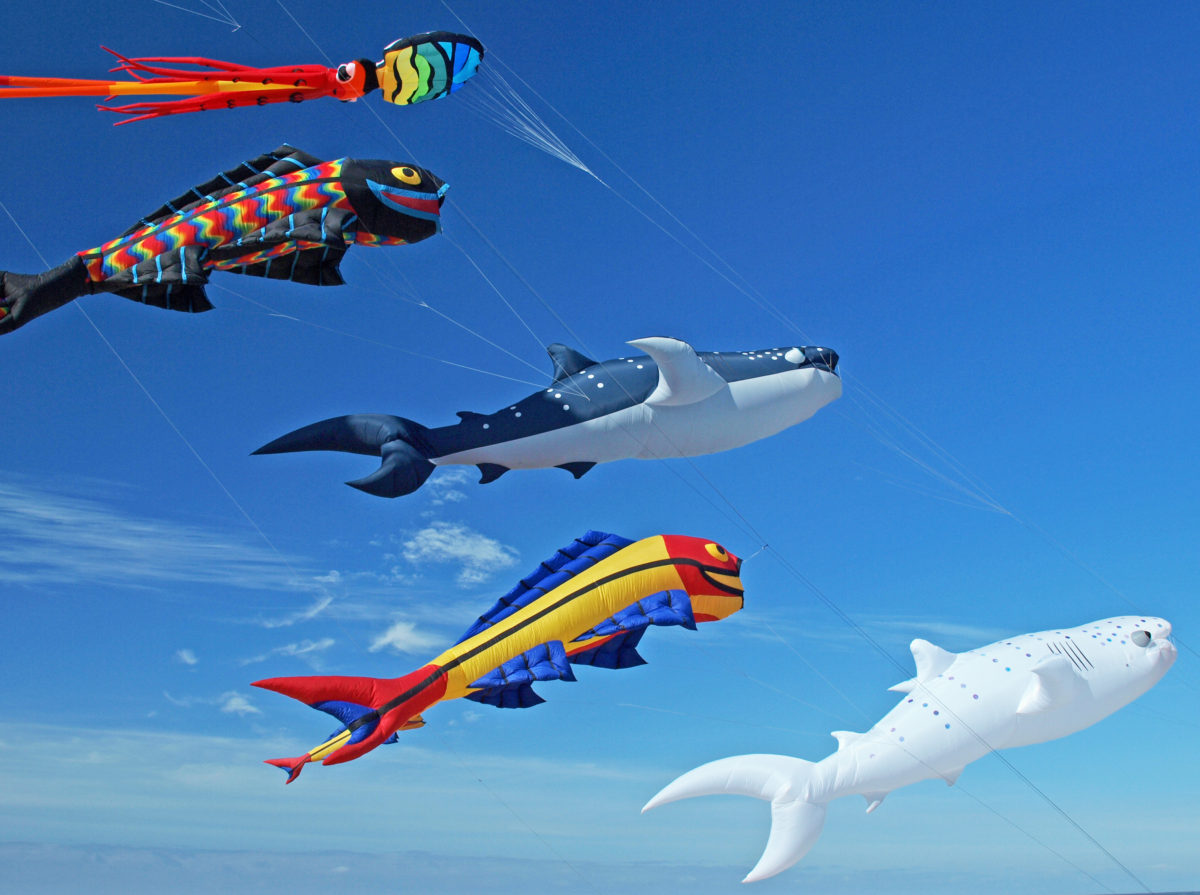
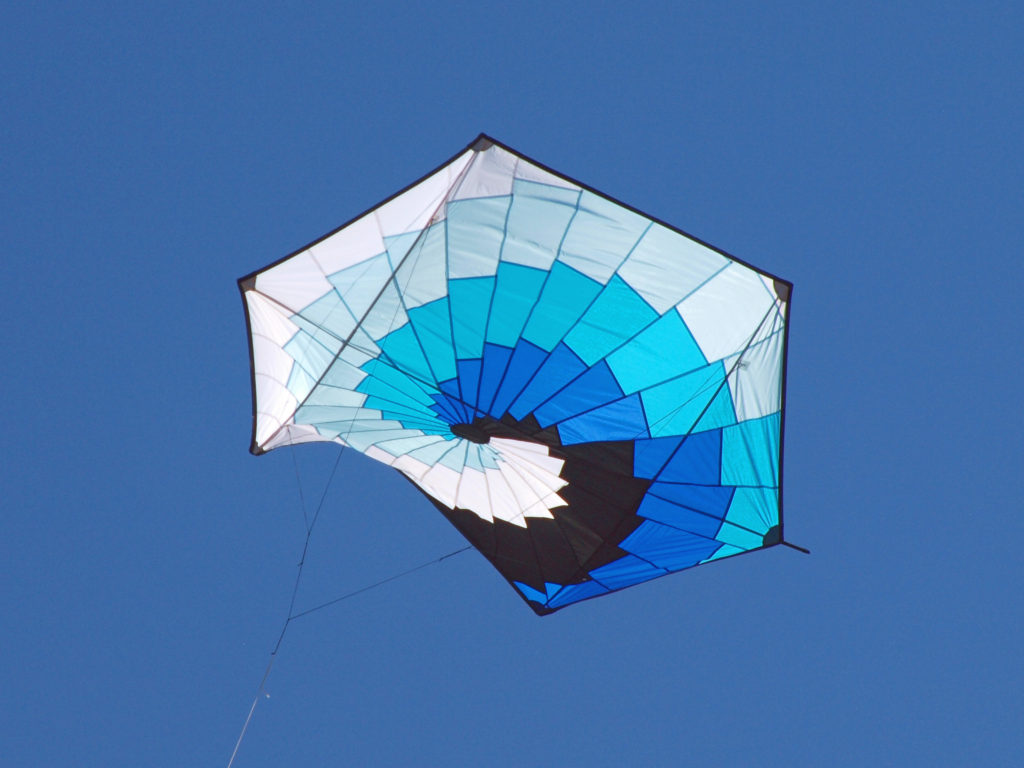
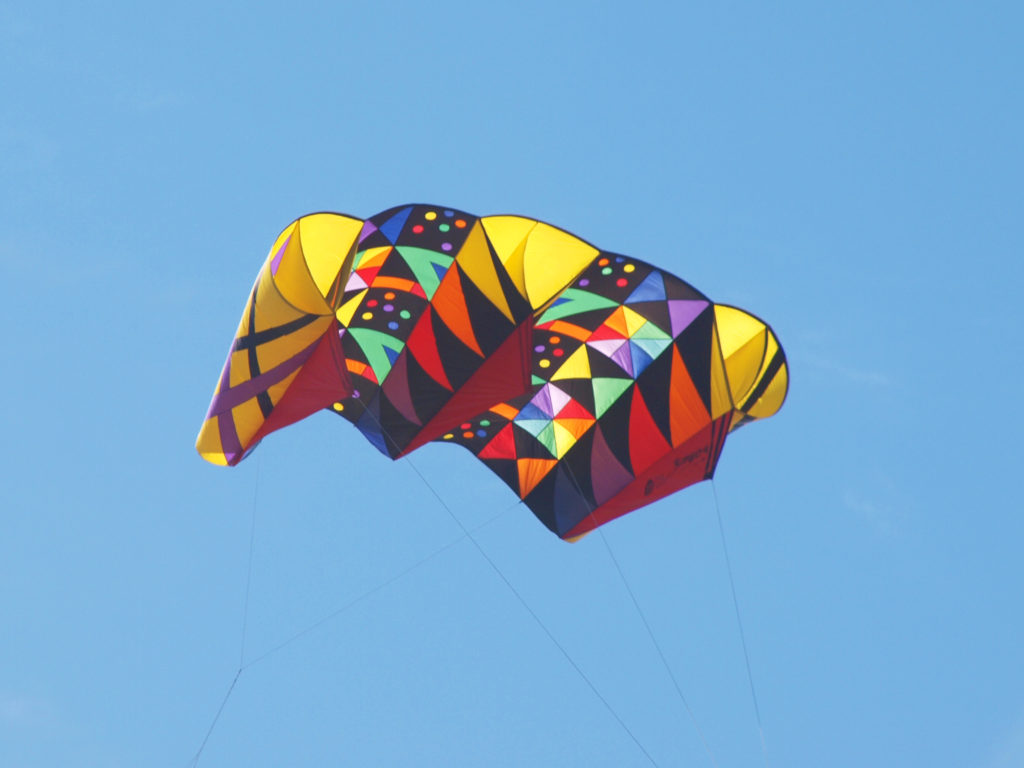 When we got to the coast, the sky was almost cloudless. And we got the last available parking spot at the D River Wayside. Luck really was with us. There was a brisk, but not cold, breeze on the beach – perfect kite flying weather and a pretty near perfect day for just hanging out on the beach.
When we got to the coast, the sky was almost cloudless. And we got the last available parking spot at the D River Wayside. Luck really was with us. There was a brisk, but not cold, breeze on the beach – perfect kite flying weather and a pretty near perfect day for just hanging out on the beach. The festival featured a lot of very big kites, including a 30 foot diameter “soccer ball,” and quite a few performance kite fliers demonstrating their talents. One of the highlights for me was a flier named Spence Watson flying two quad strings kites. Normally it takes two hands to fly a single quad string. Flying one one-handed is a feat in itself, but he was flying one right-handed and one left-handed, and controlling each one perfectly. Pretty amazing.
The festival featured a lot of very big kites, including a 30 foot diameter “soccer ball,” and quite a few performance kite fliers demonstrating their talents. One of the highlights for me was a flier named Spence Watson flying two quad strings kites. Normally it takes two hands to fly a single quad string. Flying one one-handed is a feat in itself, but he was flying one right-handed and one left-handed, and controlling each one perfectly. Pretty amazing.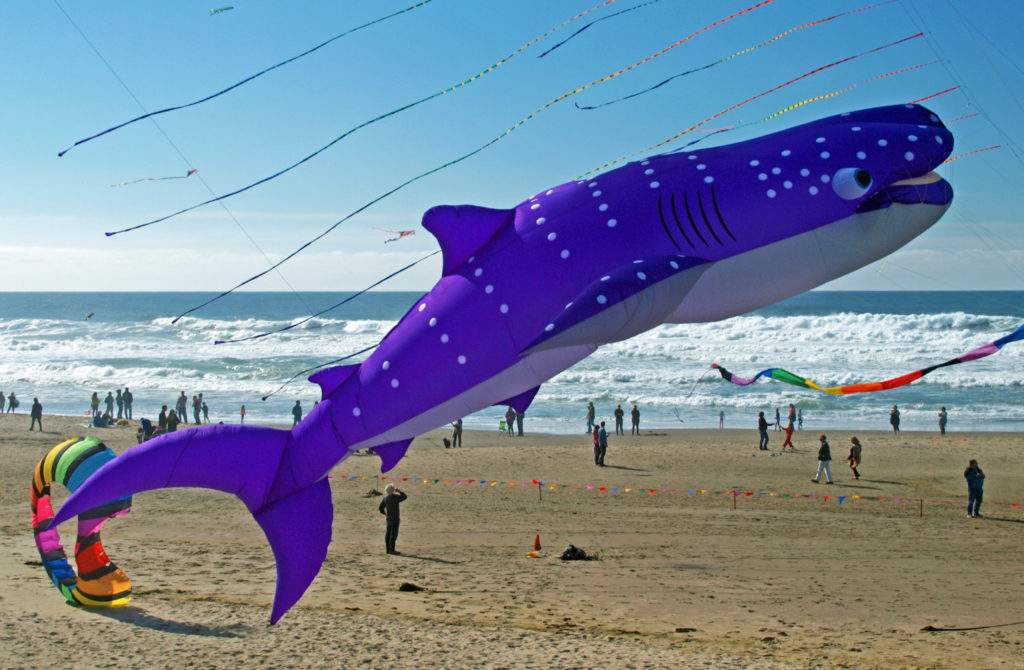
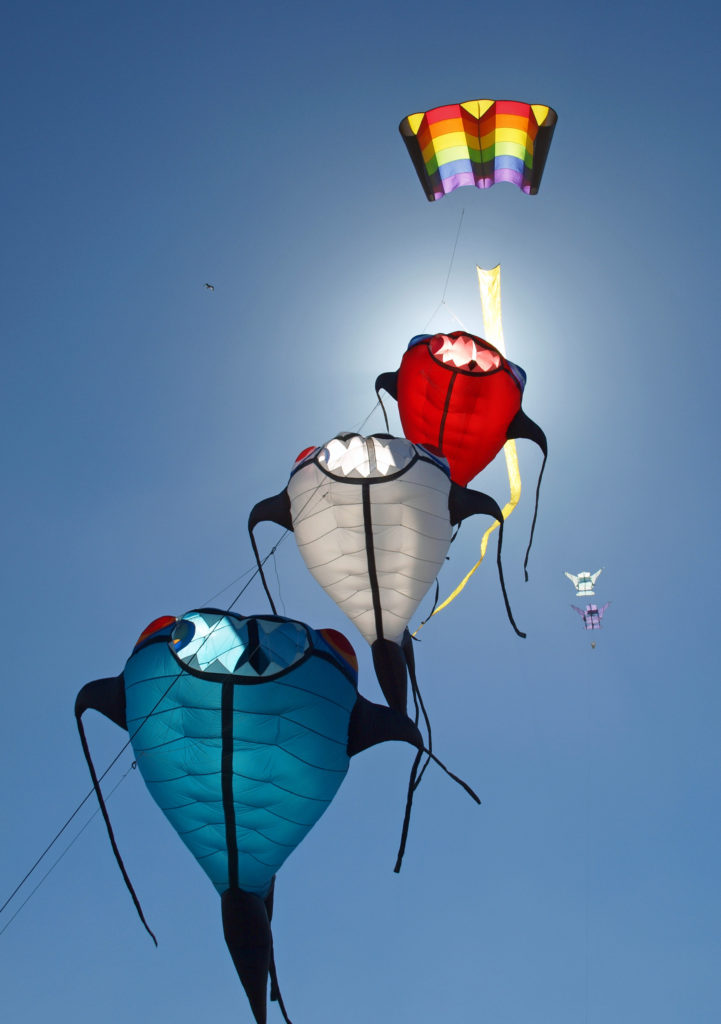
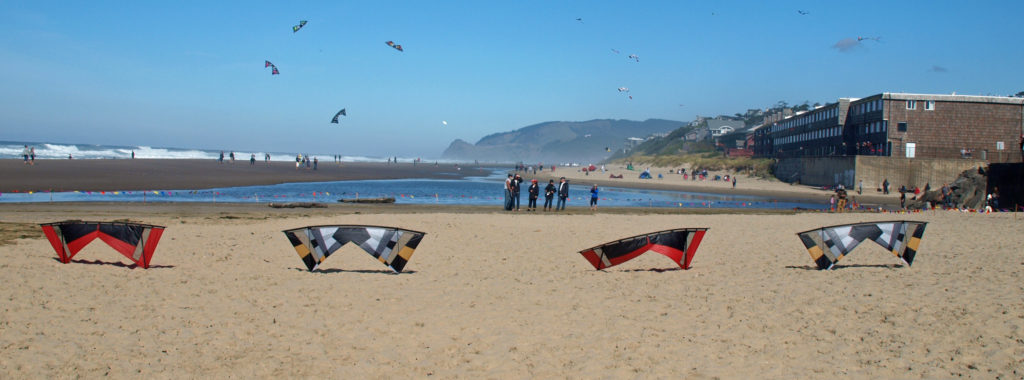 Watching the kite flyers was as entertaining as watching the kites. It’s really a very physical dance that they’re doing. Their movements are perfectly coordinated with the music, but everyone’s moves are a little bit different. If you watch long enough you begin to see the different styles of the flyers. It’s really quite interesting.
Watching the kite flyers was as entertaining as watching the kites. It’s really a very physical dance that they’re doing. Their movements are perfectly coordinated with the music, but everyone’s moves are a little bit different. If you watch long enough you begin to see the different styles of the flyers. It’s really quite interesting.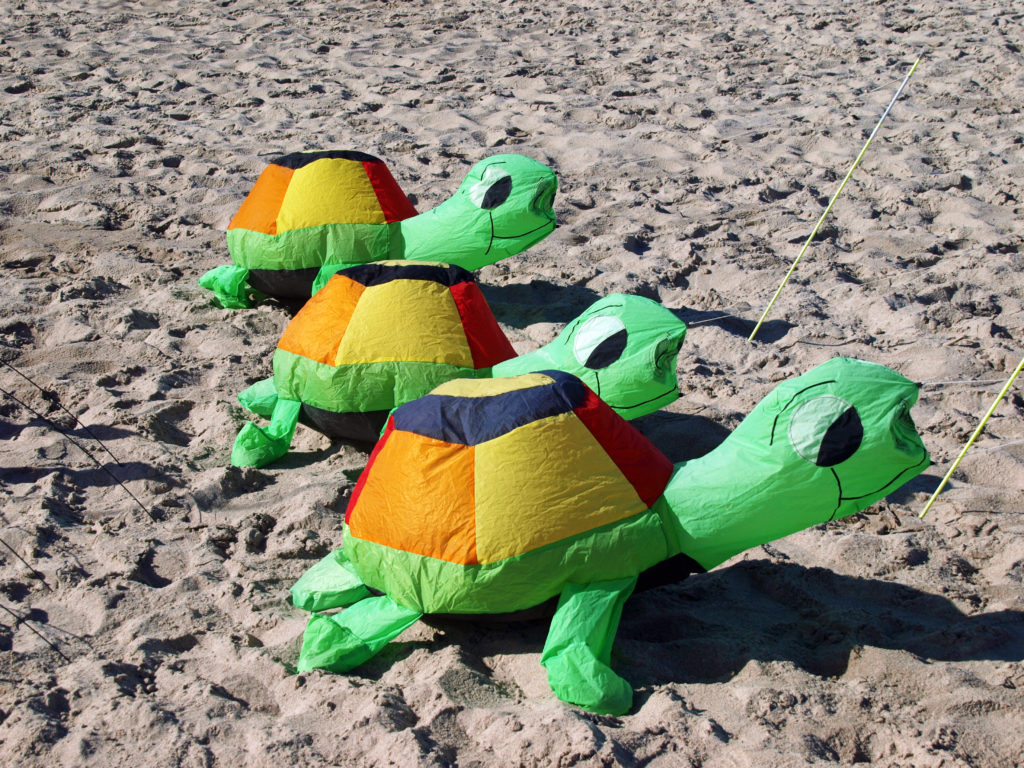
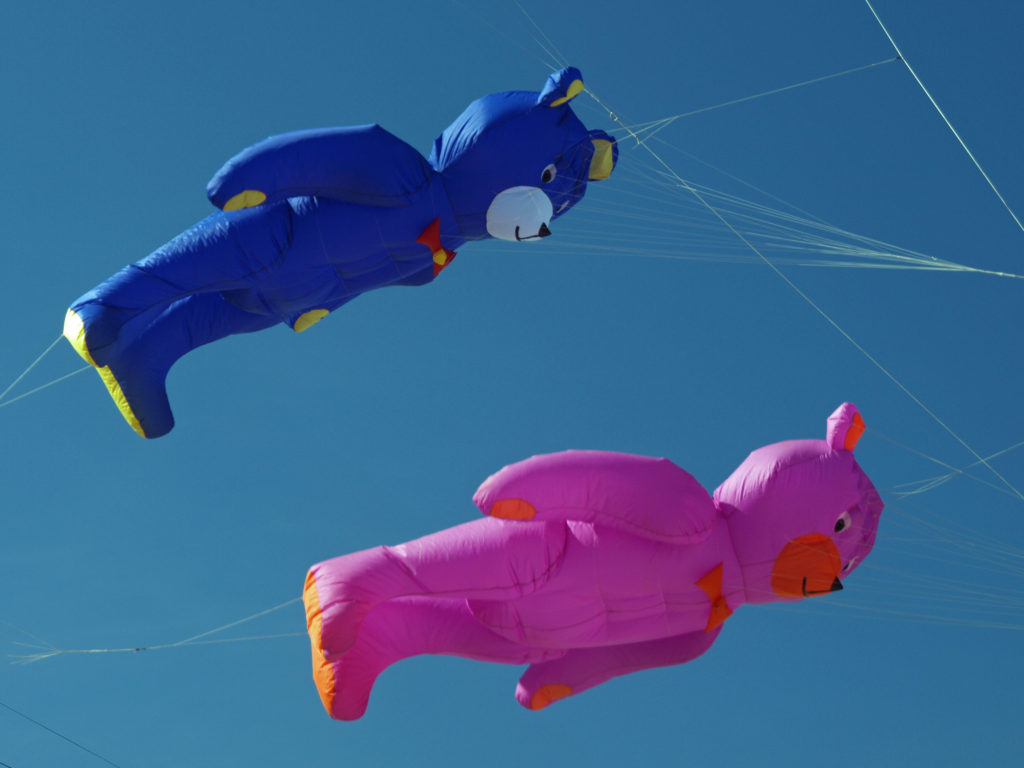 There’s plenty to do at the festival for the whole family. Kids can take part in kite making classes, get their faces painted, meet a “real live” mermaid, learn about ocean conservation, fly their own kites, and, of course, just play in the sand.
There’s plenty to do at the festival for the whole family. Kids can take part in kite making classes, get their faces painted, meet a “real live” mermaid, learn about ocean conservation, fly their own kites, and, of course, just play in the sand.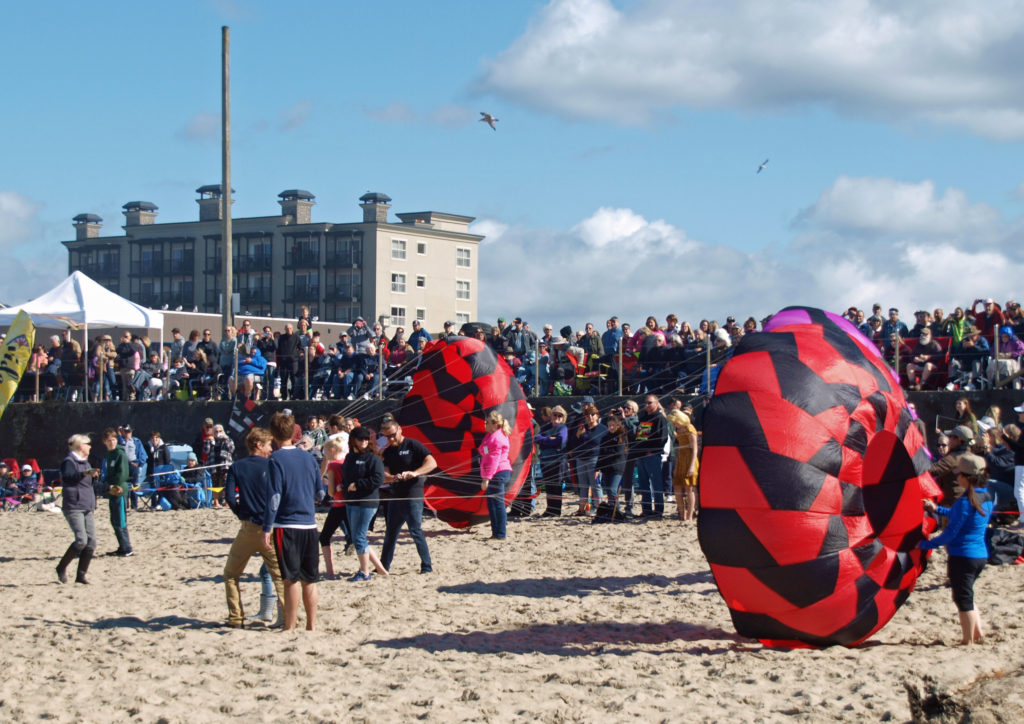
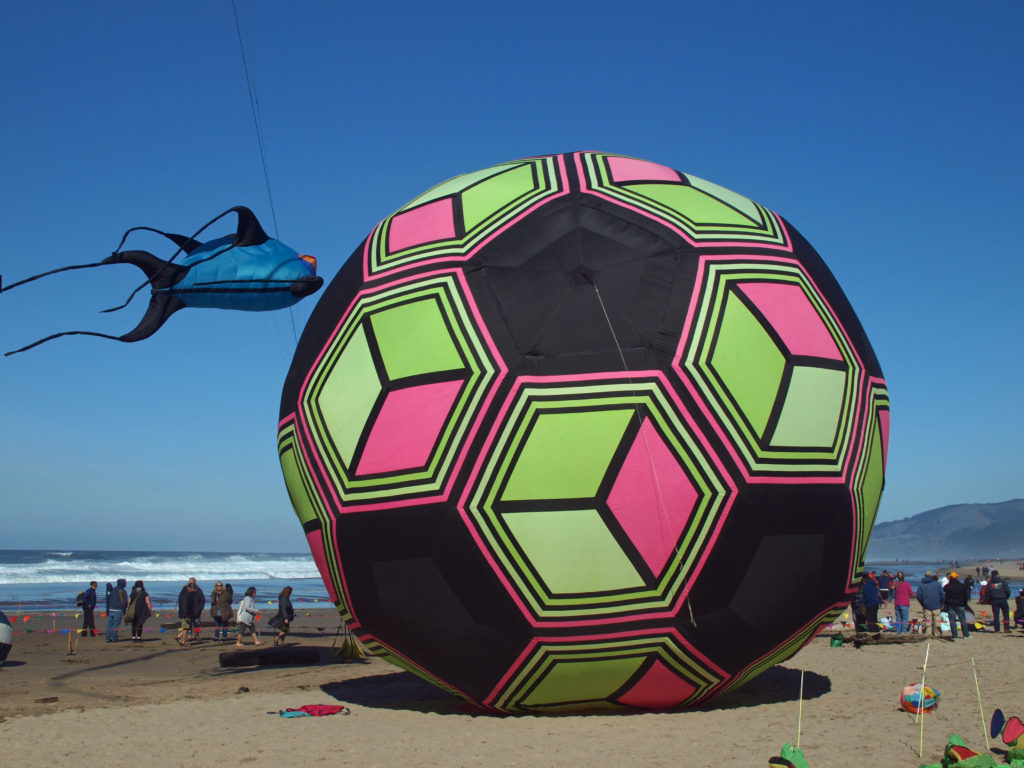 I lived in Lincoln city for most of the 1980s, so we took a mid-day break and walked the five blocks to look at the house I lived in for part of that time. It’s been extensively remodeled and added on to, so it’s nothing like it was when I lived there.
I lived in Lincoln city for most of the 1980s, so we took a mid-day break and walked the five blocks to look at the house I lived in for part of that time. It’s been extensively remodeled and added on to, so it’s nothing like it was when I lived there.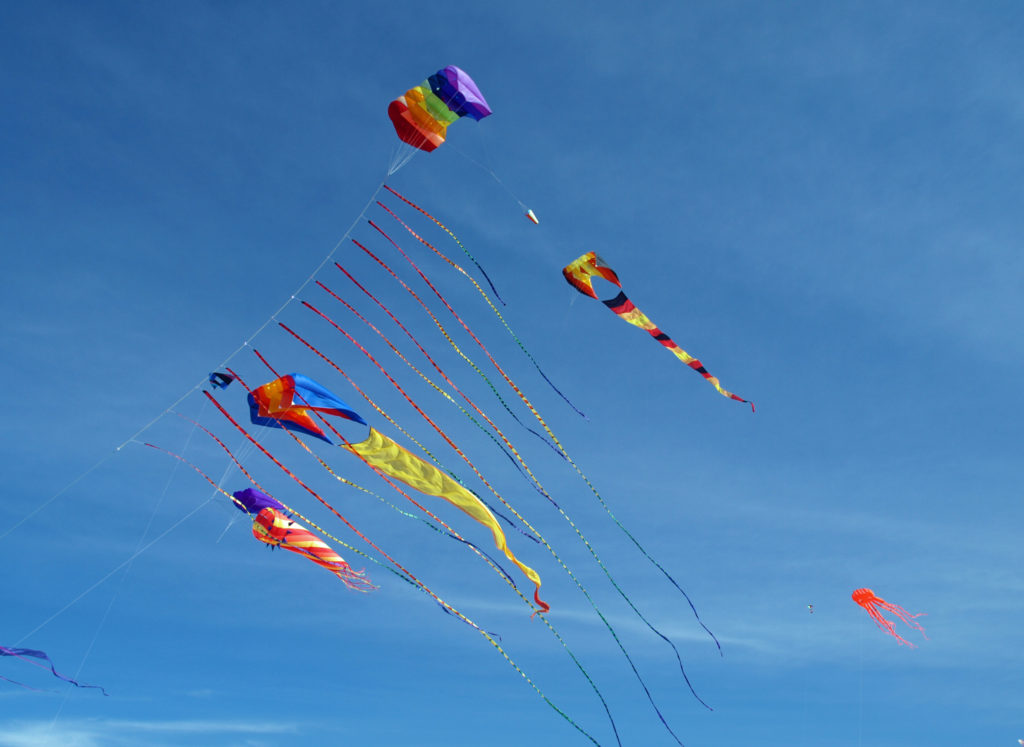
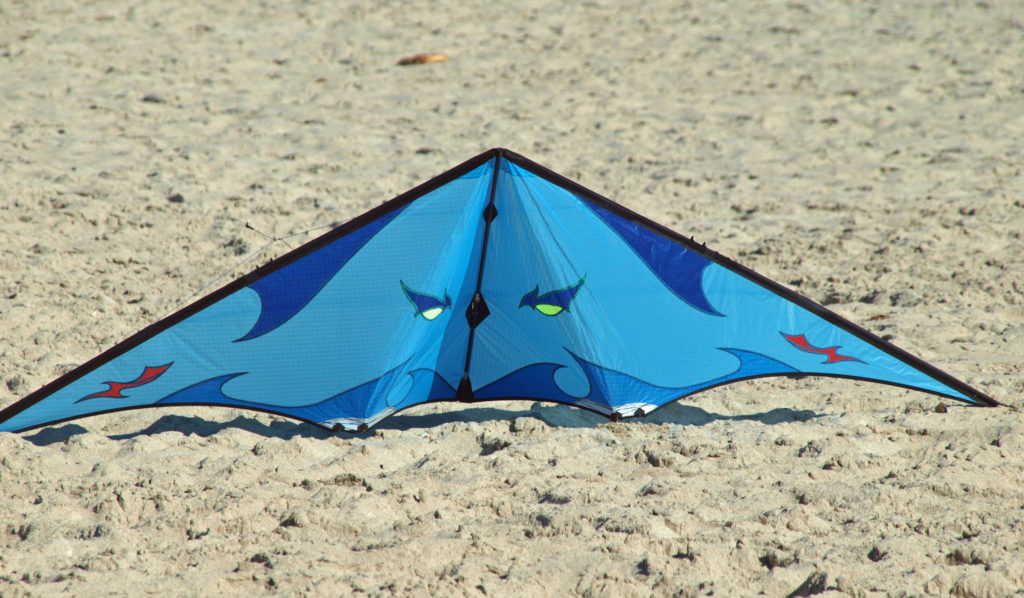 Lincoln City hosts two kite festivals every year, a summer festival in June or July and a fall festival in September or October. There are numerous other kite fests up and down the Oregon and Washington coasts, including the Southern Oregon Kite Festival in Brookings in July, and the
Lincoln City hosts two kite festivals every year, a summer festival in June or July and a fall festival in September or October. There are numerous other kite fests up and down the Oregon and Washington coasts, including the Southern Oregon Kite Festival in Brookings in July, and the 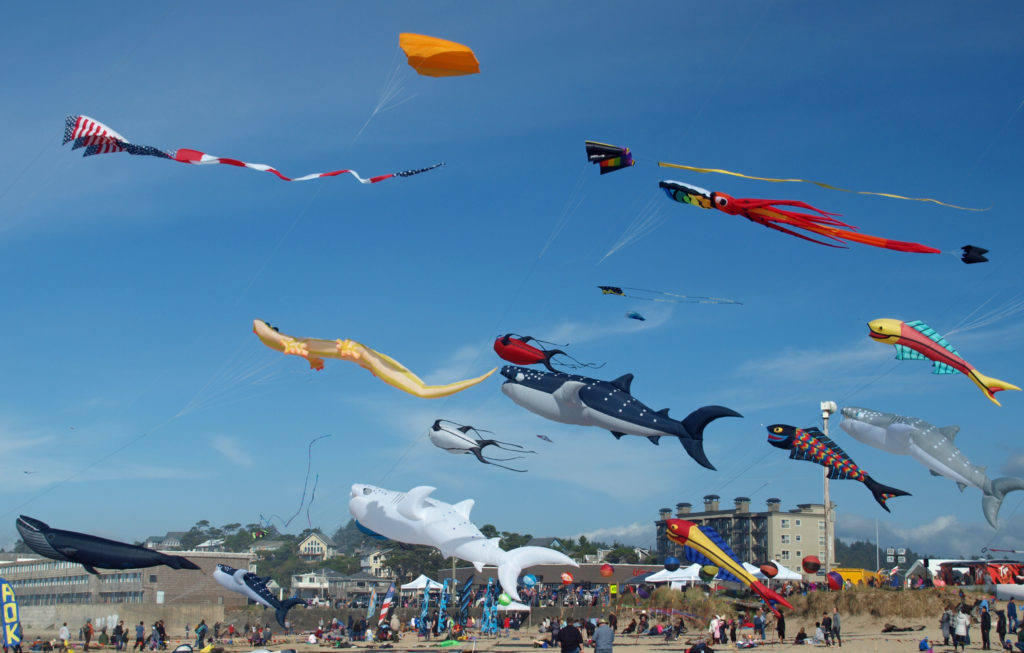
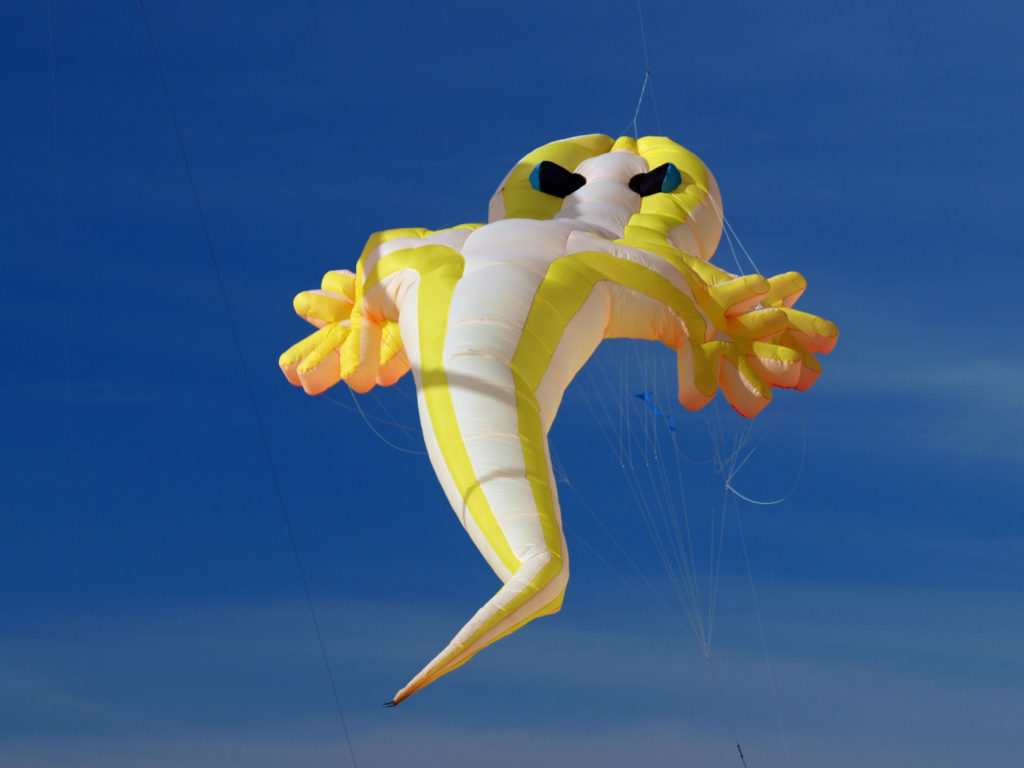
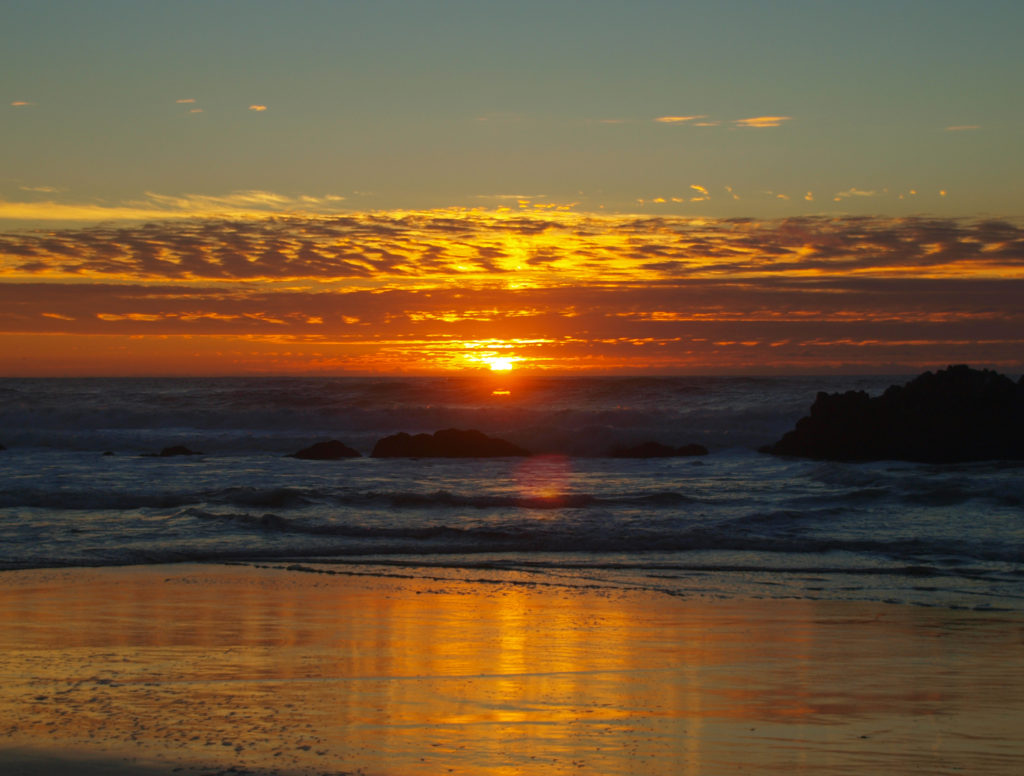
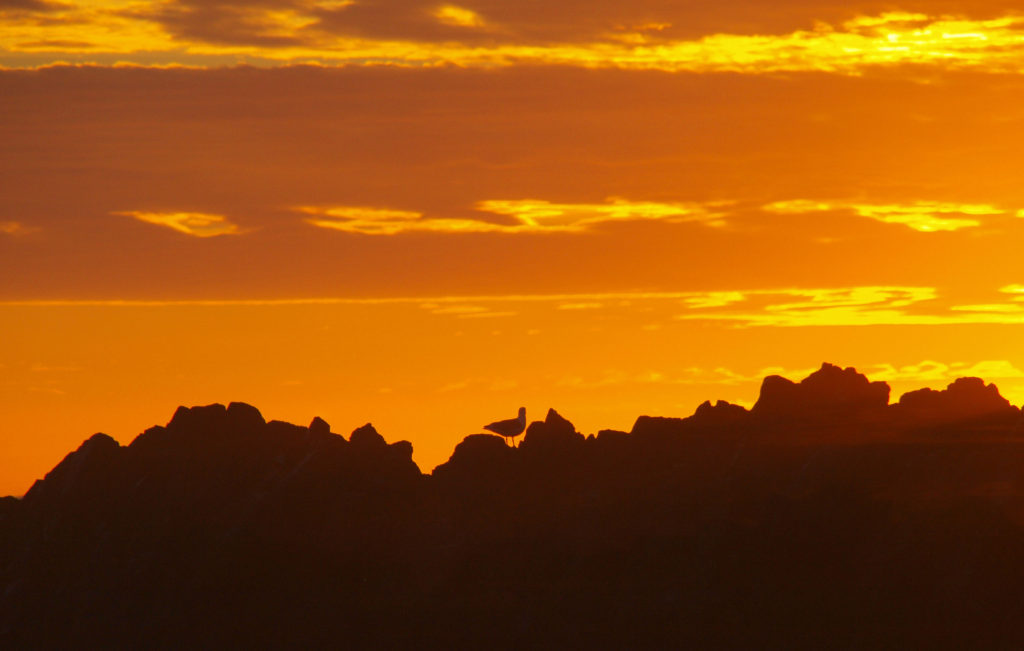
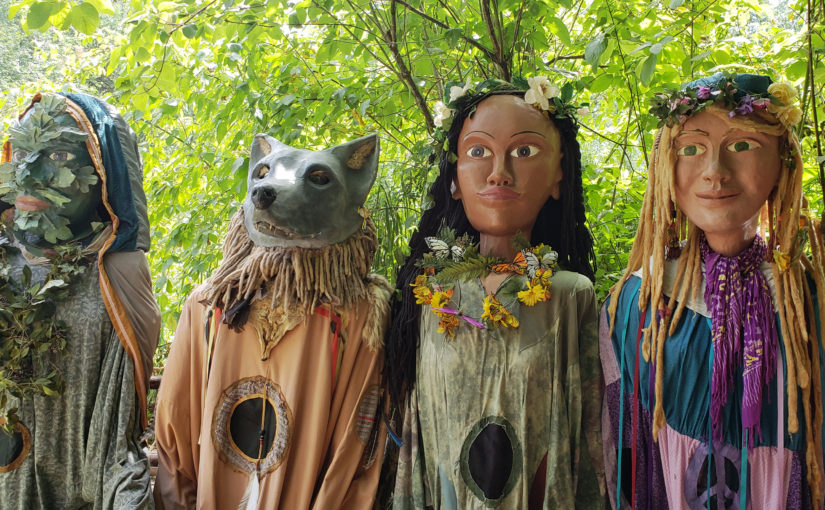
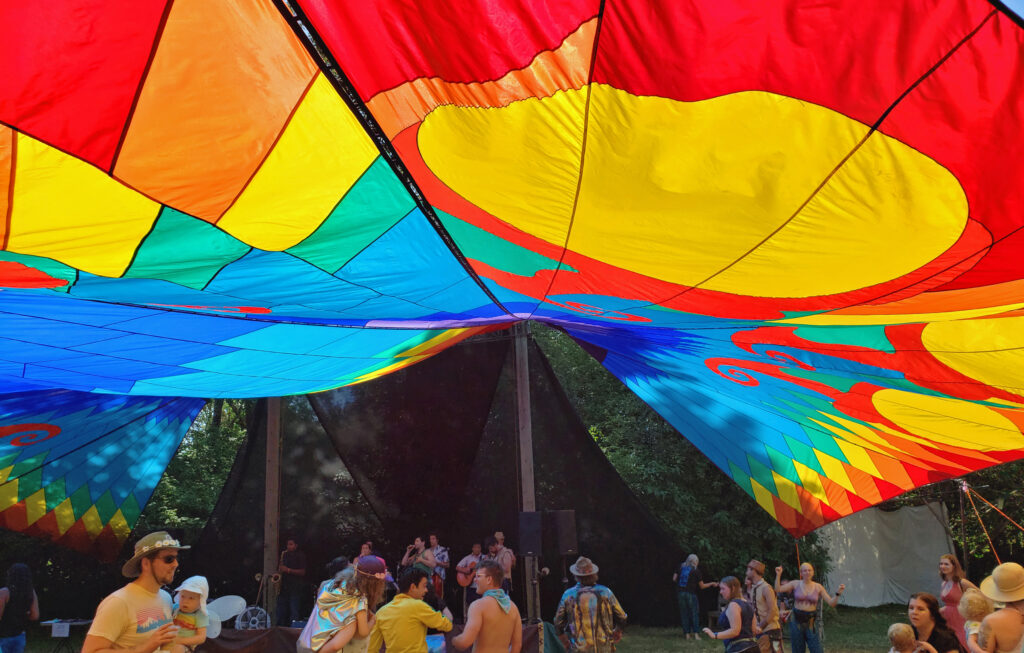
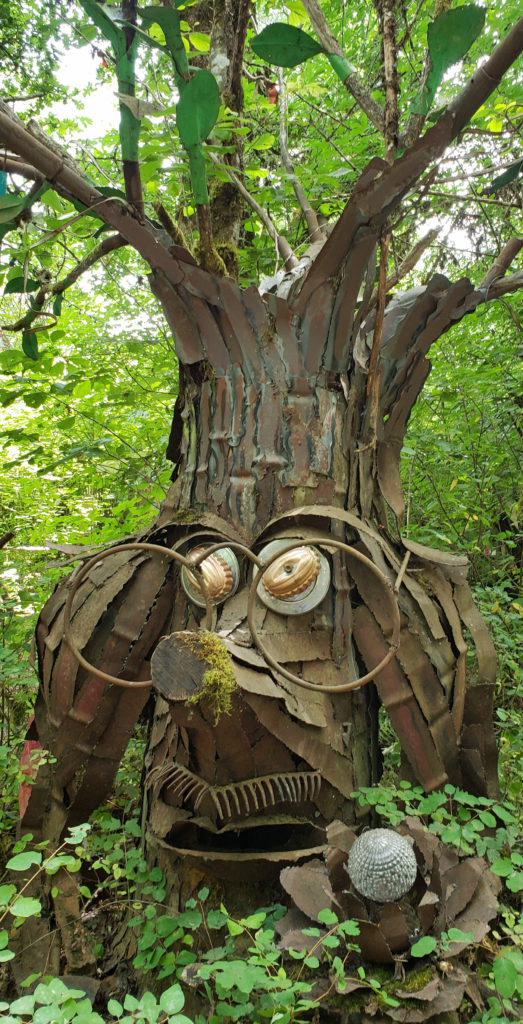
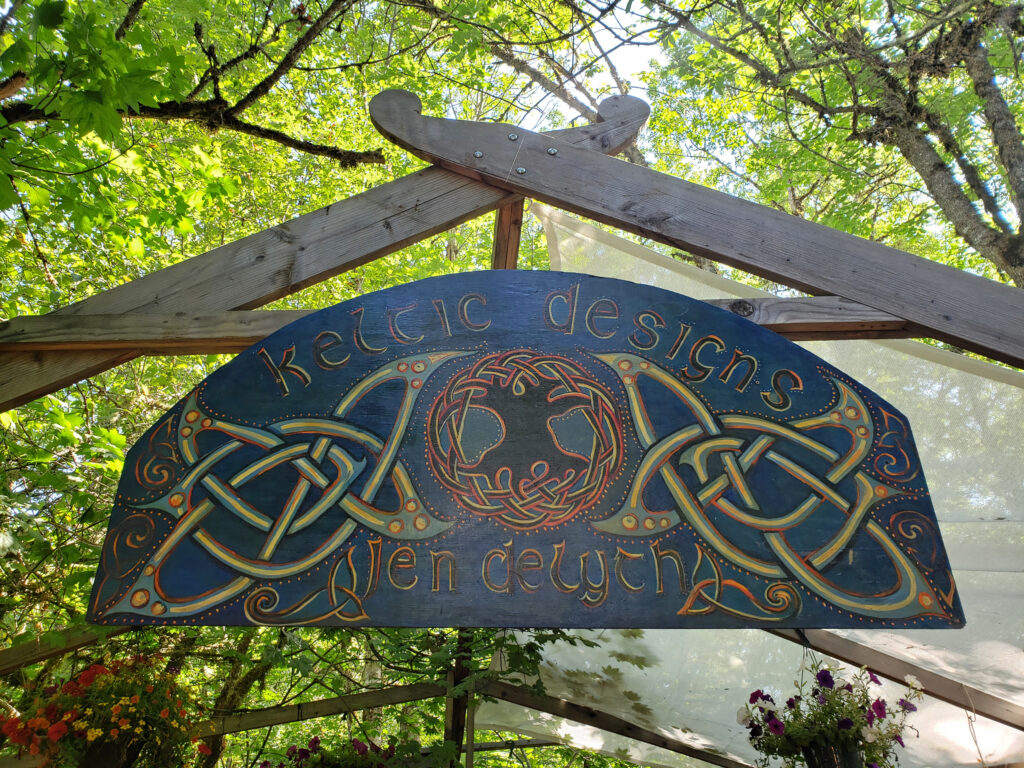 The OCF is a remnant of the 1960s counterculture, for sure, but it is anything but stuck in the 60s. Over its 54-year history the Oregon Country Fair has not only survived but grown and thrived. It’s hard to describe just how big this thing has become. The schedule of events for the 2018 fair listed 120 performances on the first day, spread over 19 stages. There are dozens of musical acts, dancers, comedy acts, vaudeville, circus acts, and more than a dozen groups of performers that wander the miles of paths of the fairgrounds. And that’s just the entertainment.
The OCF is a remnant of the 1960s counterculture, for sure, but it is anything but stuck in the 60s. Over its 54-year history the Oregon Country Fair has not only survived but grown and thrived. It’s hard to describe just how big this thing has become. The schedule of events for the 2018 fair listed 120 performances on the first day, spread over 19 stages. There are dozens of musical acts, dancers, comedy acts, vaudeville, circus acts, and more than a dozen groups of performers that wander the miles of paths of the fairgrounds. And that’s just the entertainment.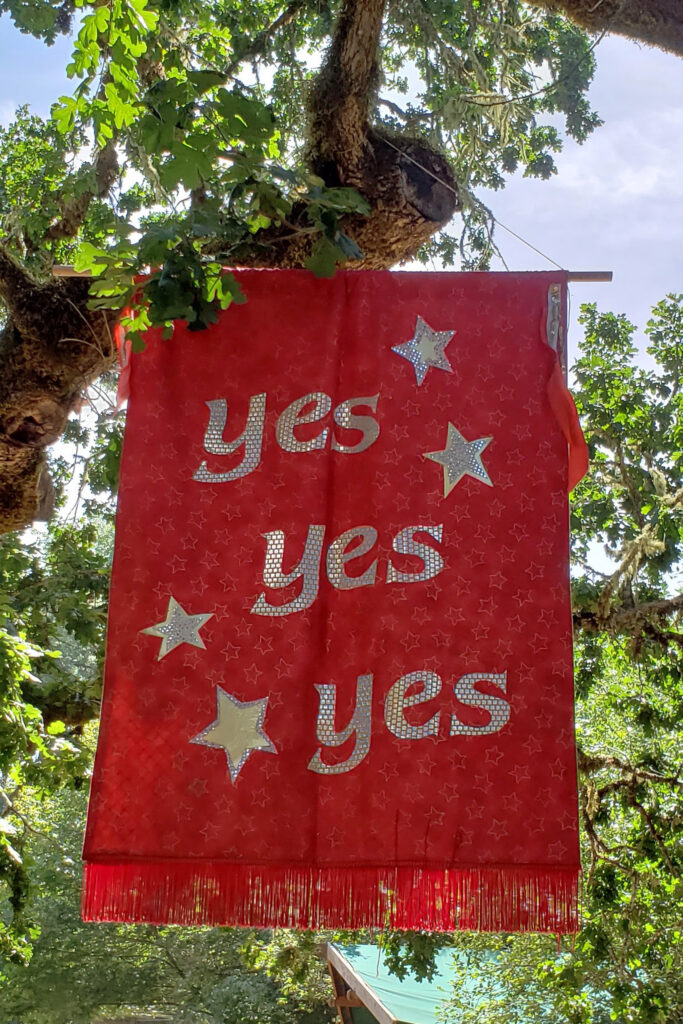 There are also more than 300 artisans selling hand crafted goods – pottery, jewelry, leatherworks, glassworks, furniture and other woodworks, sculptures, paintings, photography, clothing, and you name it. There are also dozens of workshops, classes, and “gatherings,” and almost ninety food booths. There is a childcare center, three first aid stations, a cell phone charging station, drinking water bottle filling stations, showers, and five ATMs.
There are also more than 300 artisans selling hand crafted goods – pottery, jewelry, leatherworks, glassworks, furniture and other woodworks, sculptures, paintings, photography, clothing, and you name it. There are also dozens of workshops, classes, and “gatherings,” and almost ninety food booths. There is a childcare center, three first aid stations, a cell phone charging station, drinking water bottle filling stations, showers, and five ATMs.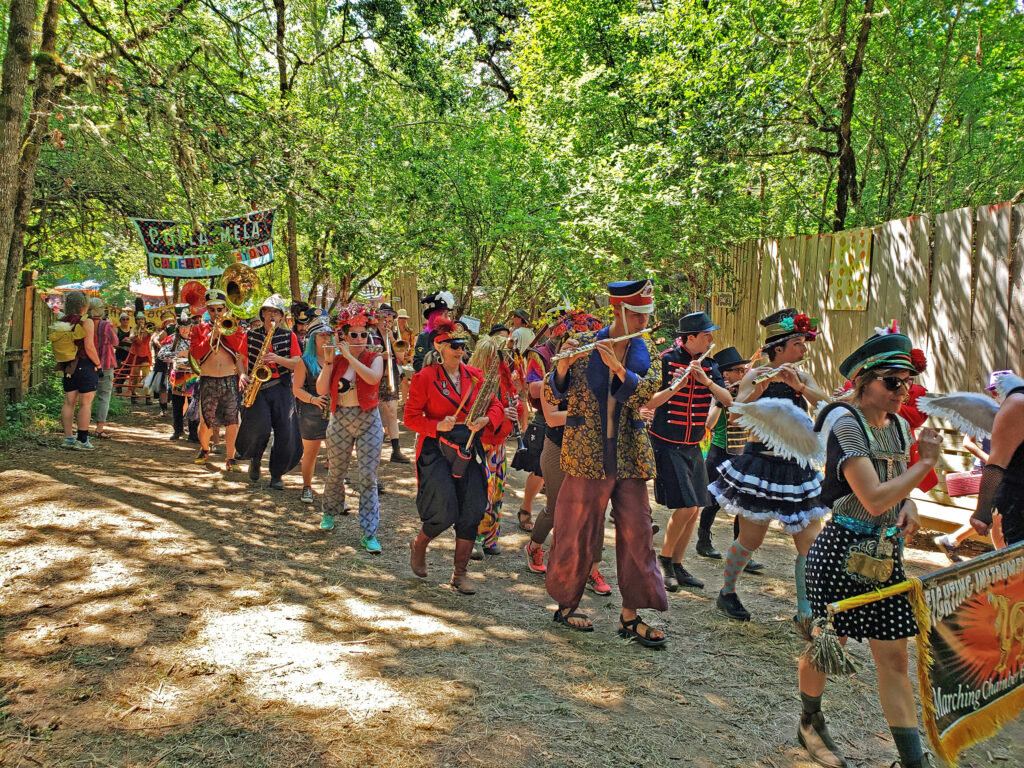
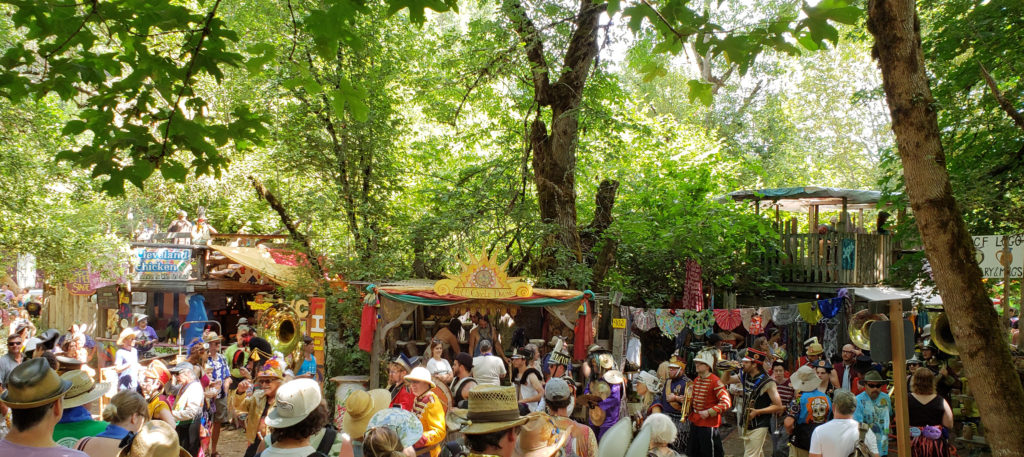
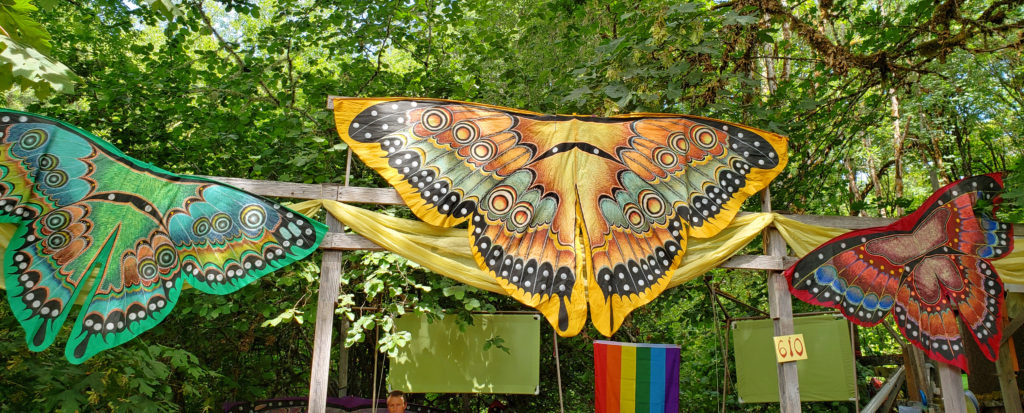
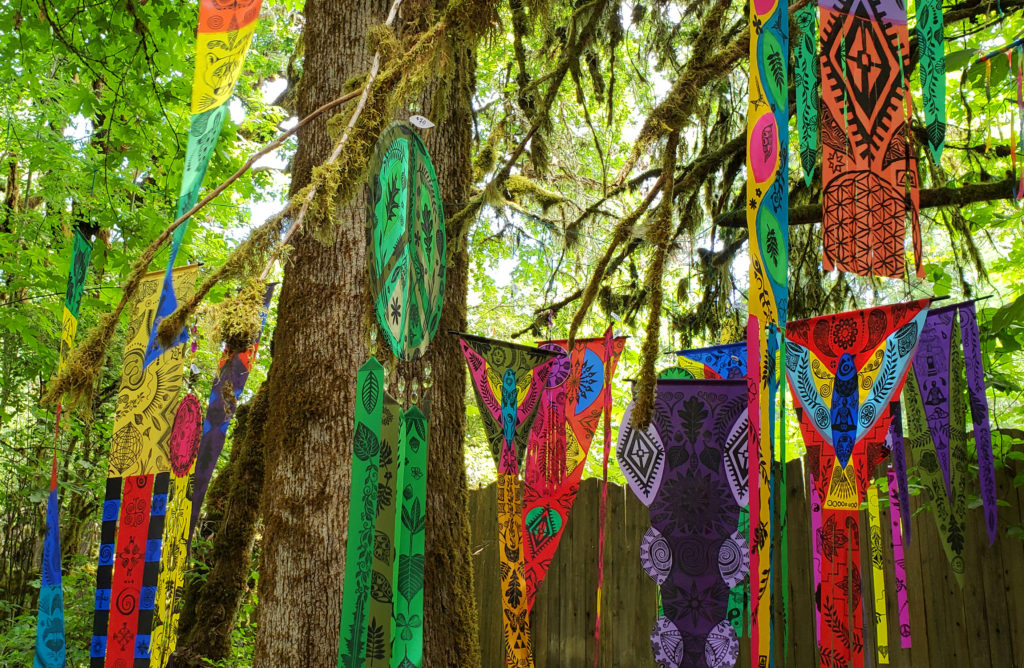
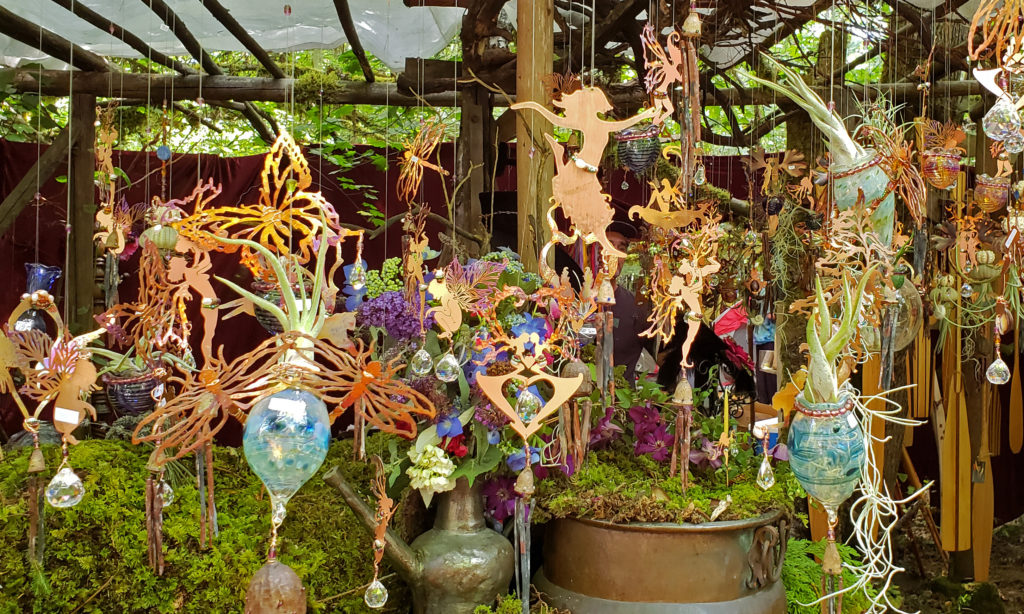
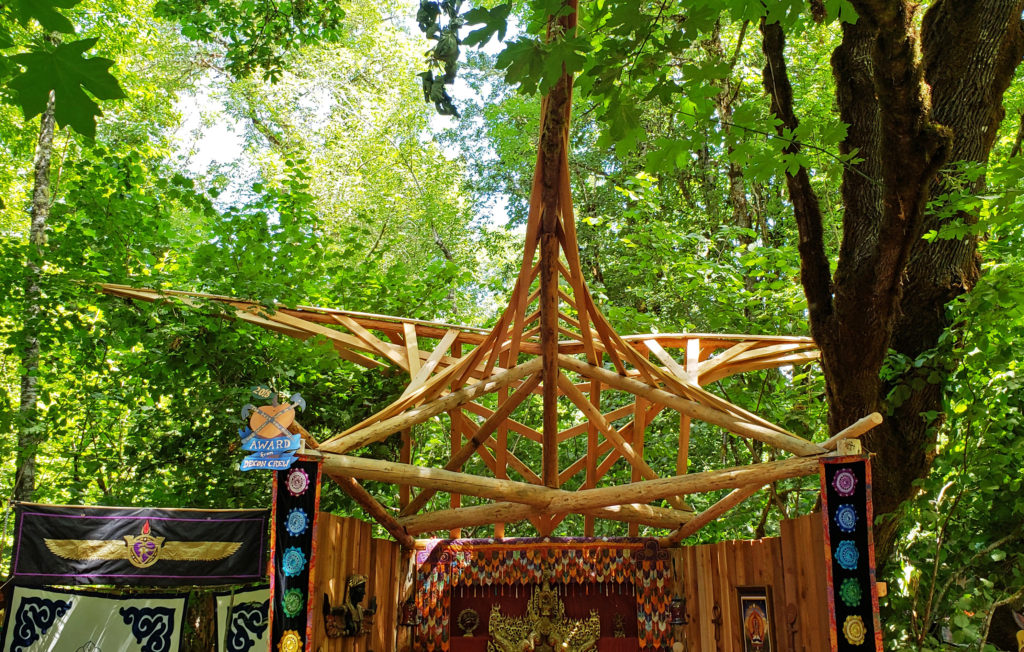
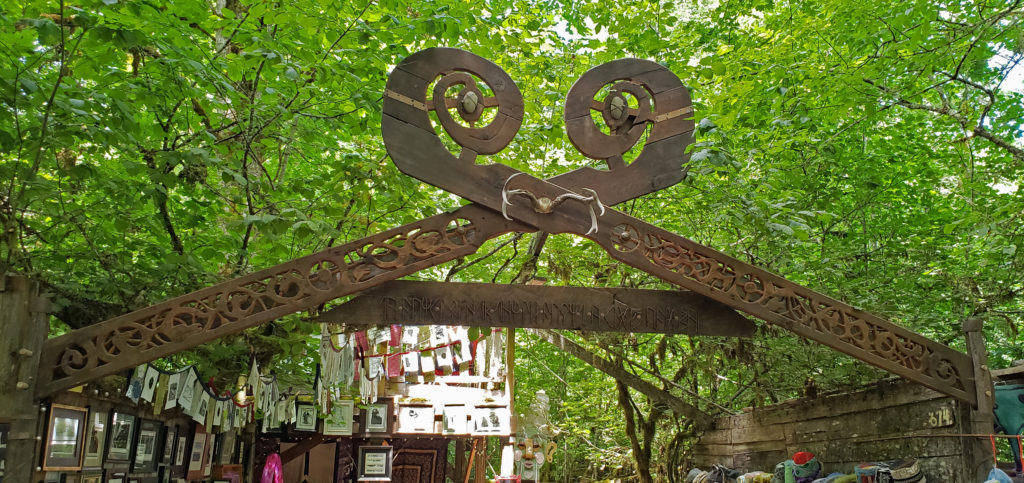
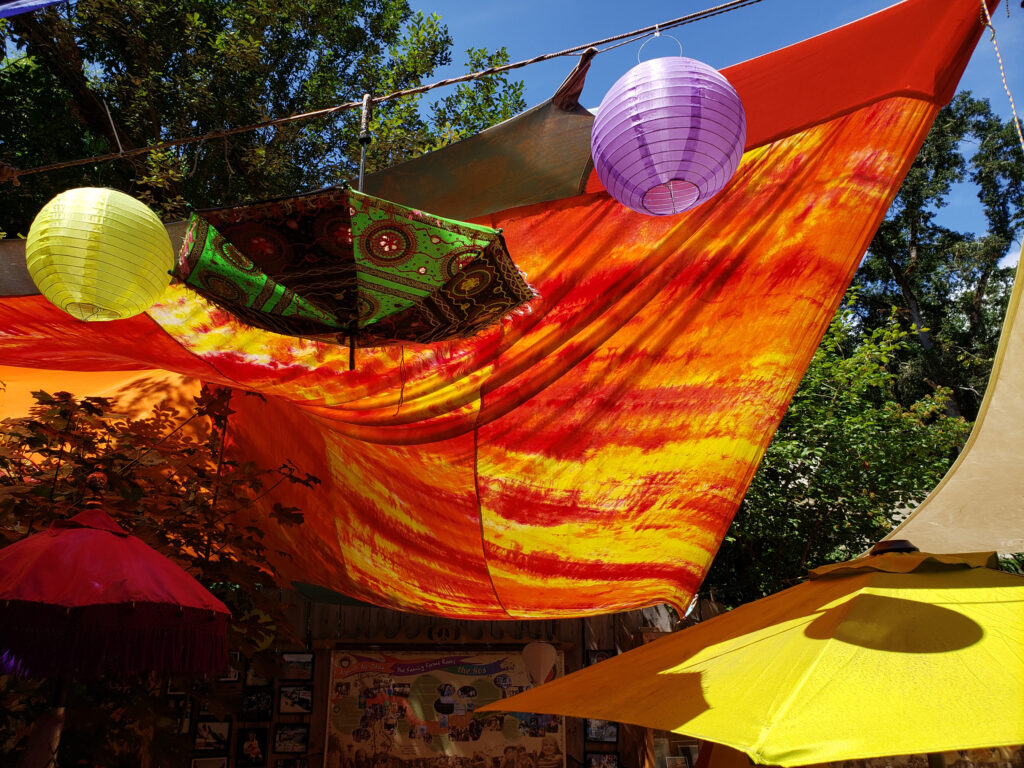
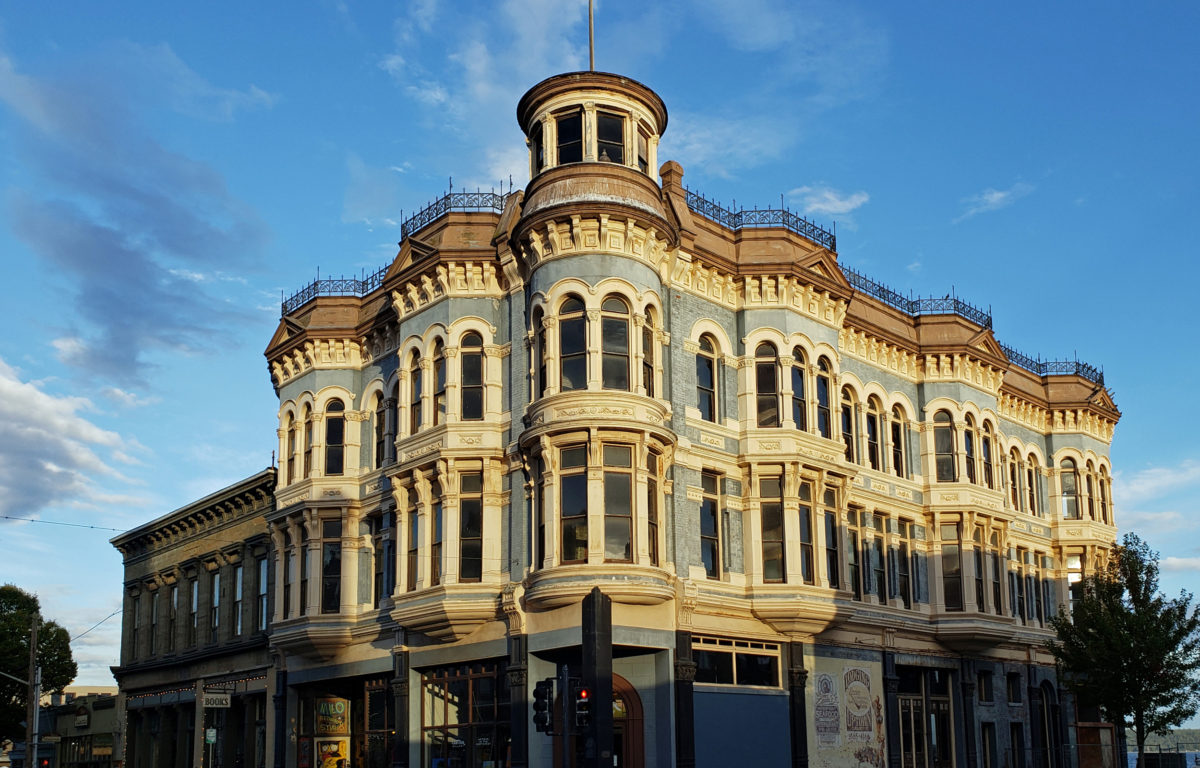
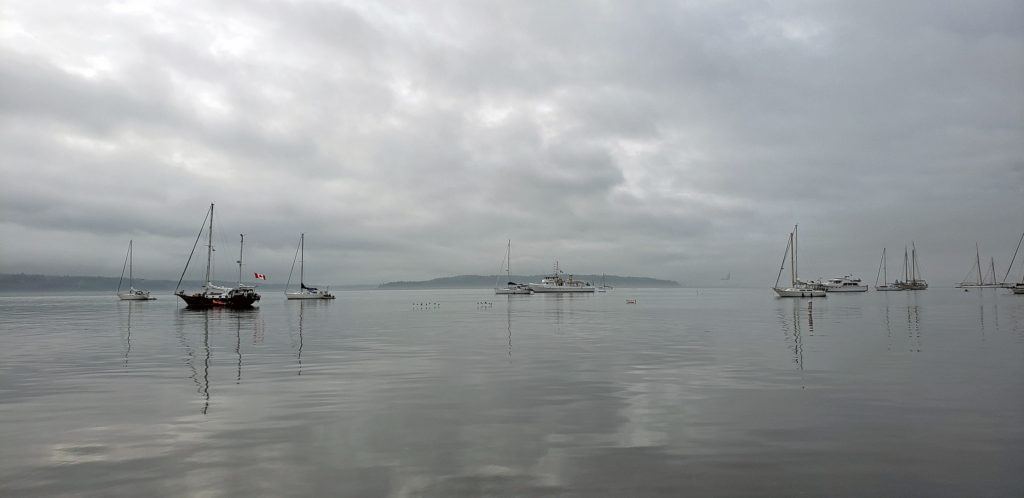
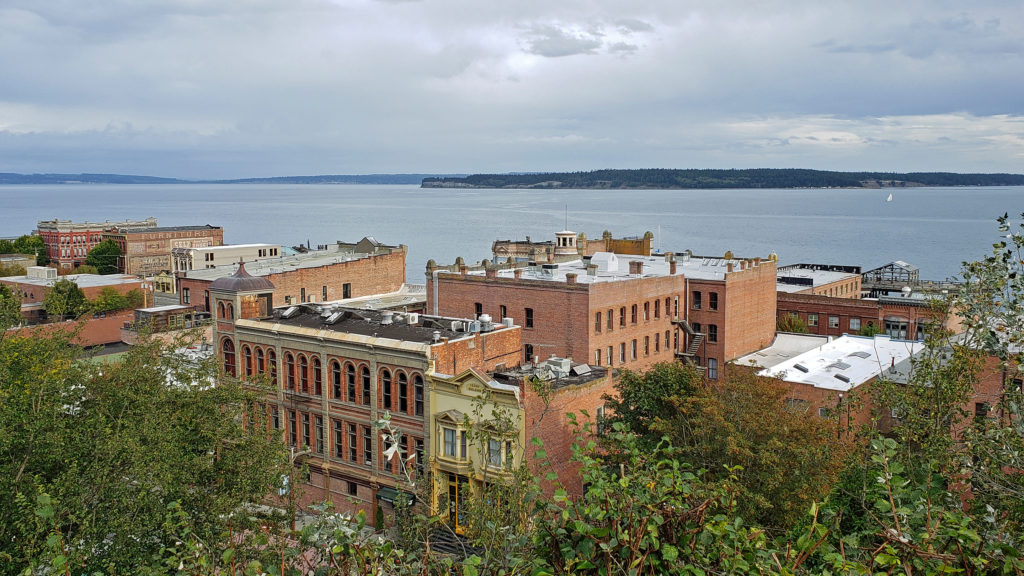
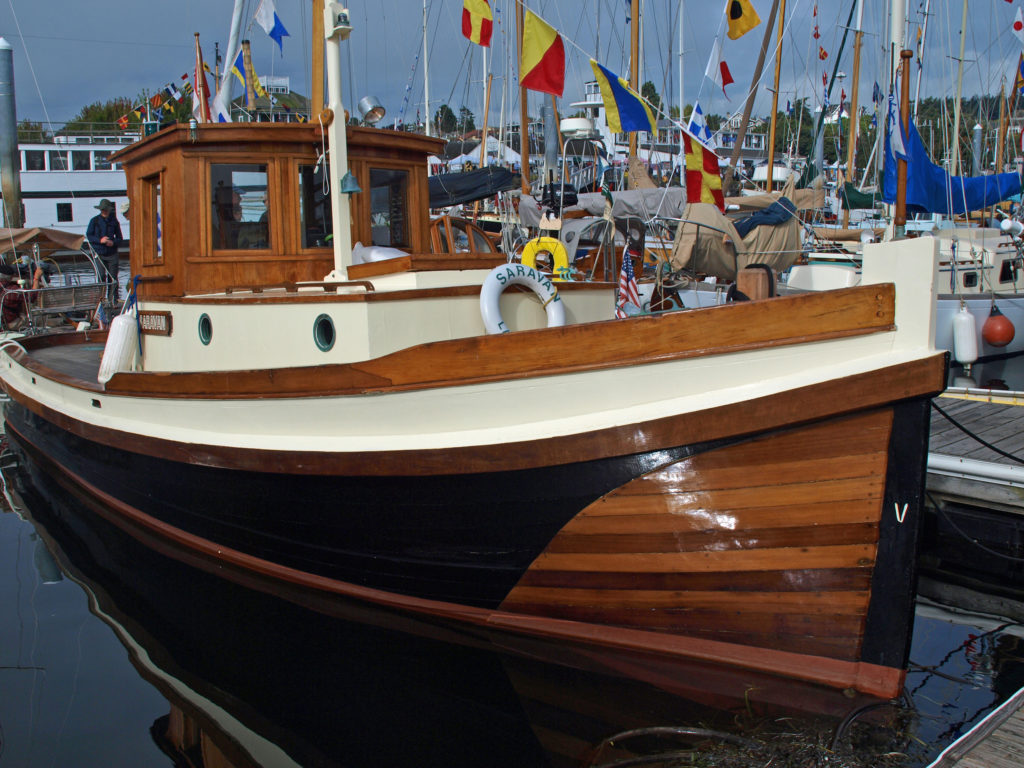
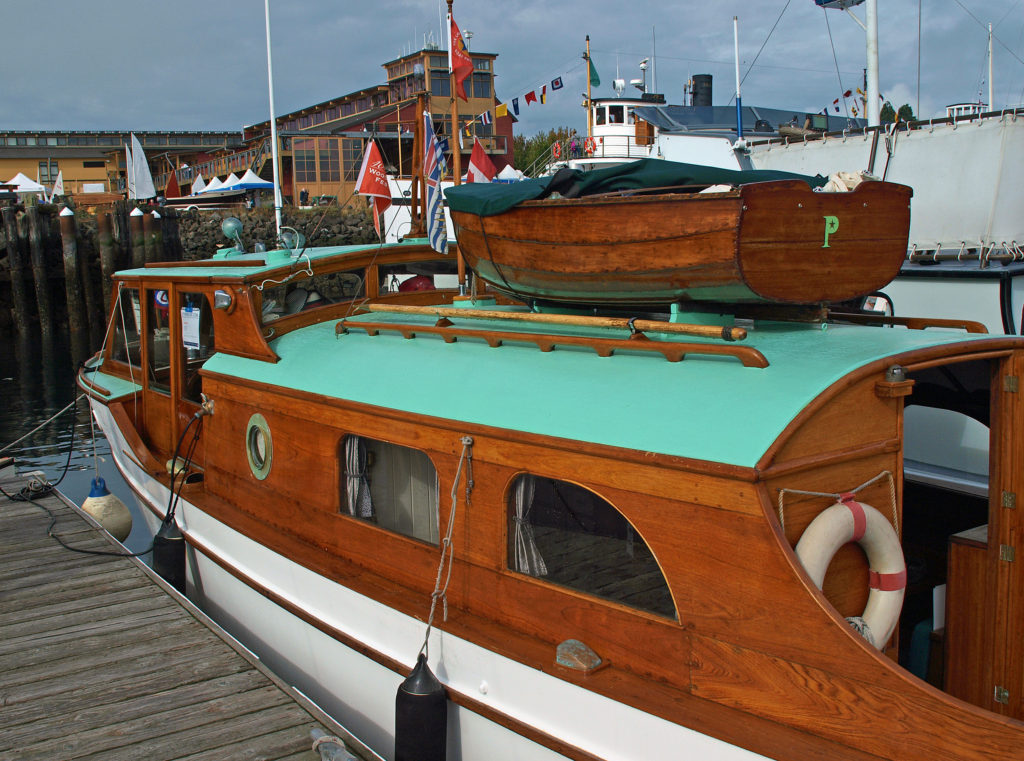
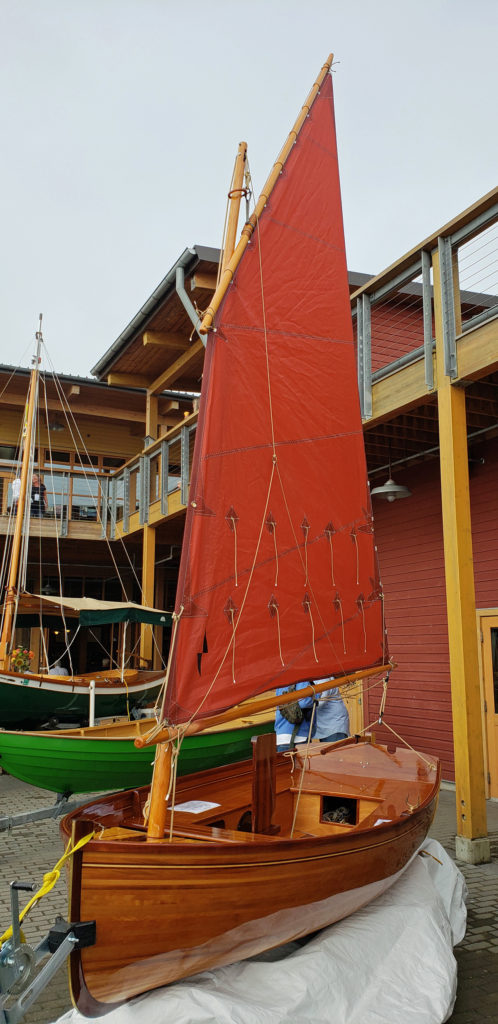 Wooden sailing ships were key to the town’s early economy and history, and the boatbuilding and woodworking crafts live on in Port Townsend. The Northwest School of Wooden Boat Building in nearby Port Hadlock and the Port Townsend School of Woodworking help preserve and promote the skills that were so vital to the early history of Port Townsend.
Wooden sailing ships were key to the town’s early economy and history, and the boatbuilding and woodworking crafts live on in Port Townsend. The Northwest School of Wooden Boat Building in nearby Port Hadlock and the Port Townsend School of Woodworking help preserve and promote the skills that were so vital to the early history of Port Townsend.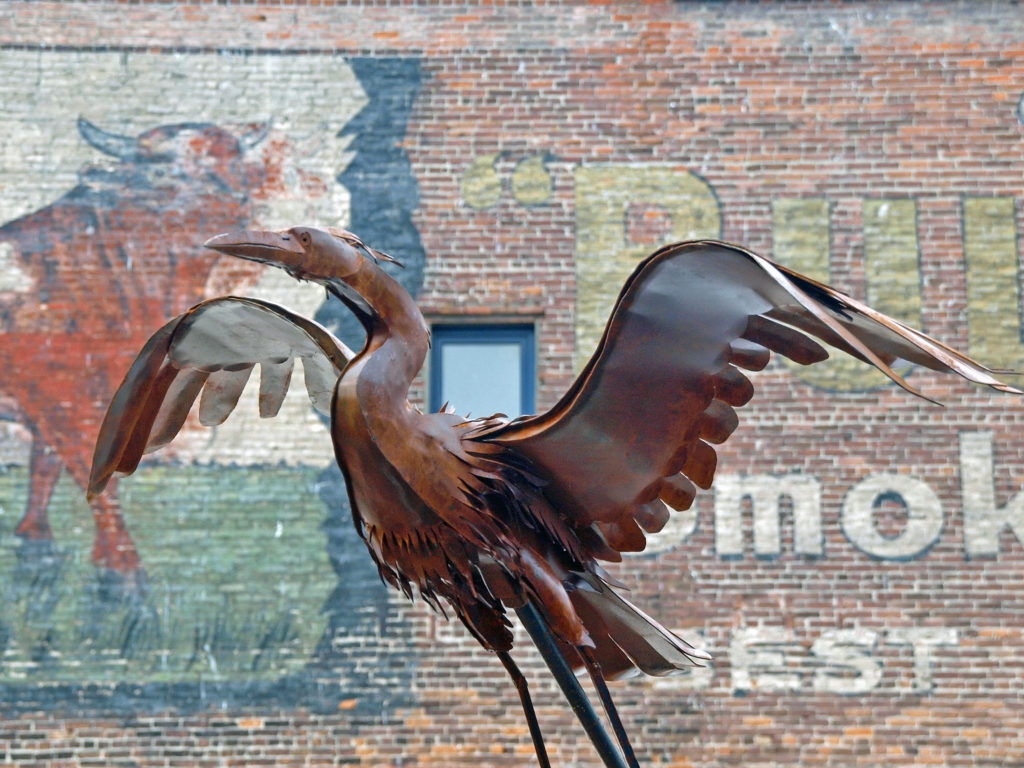
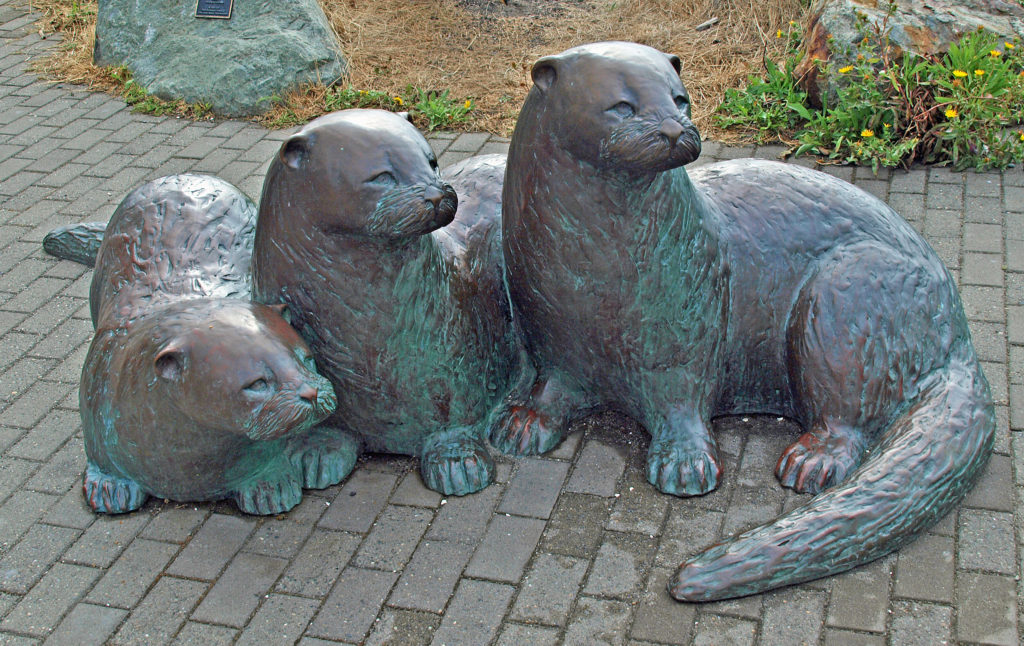 more than a dozen fine art and craft galleries can be found in the historic waterfront section of town.
more than a dozen fine art and craft galleries can be found in the historic waterfront section of town.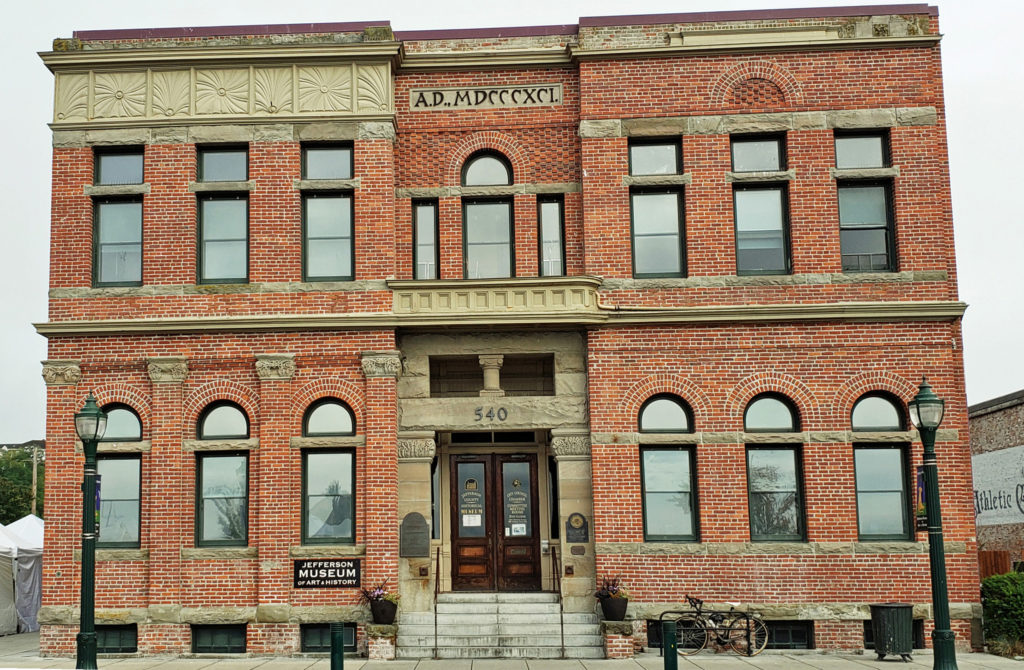
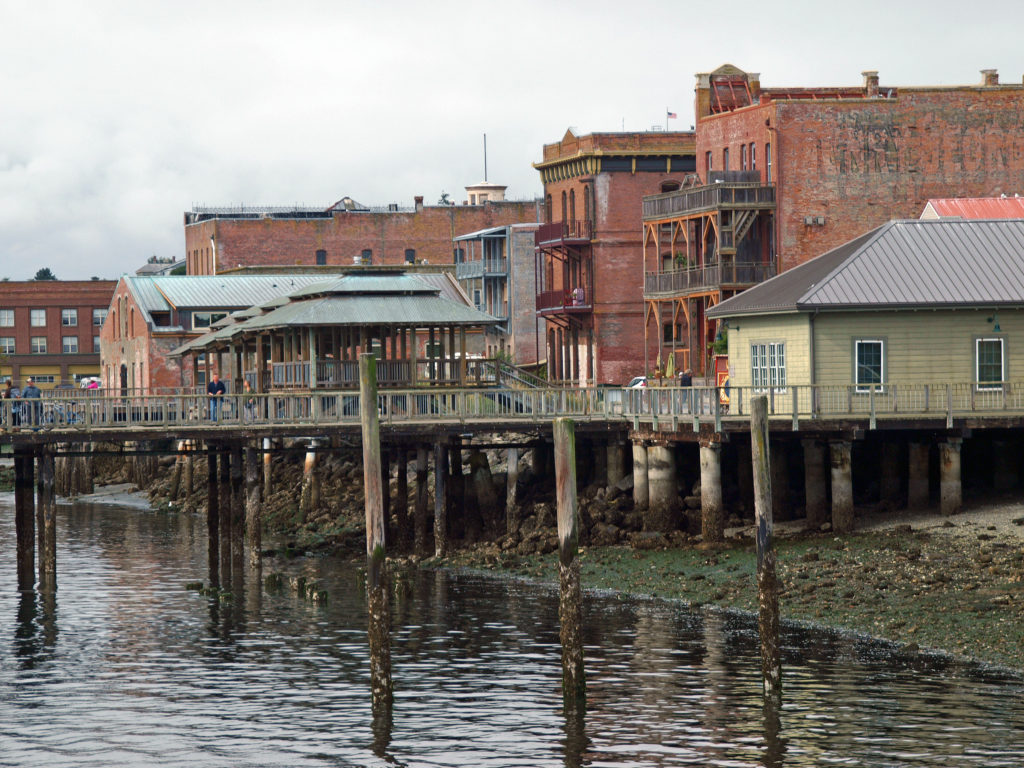
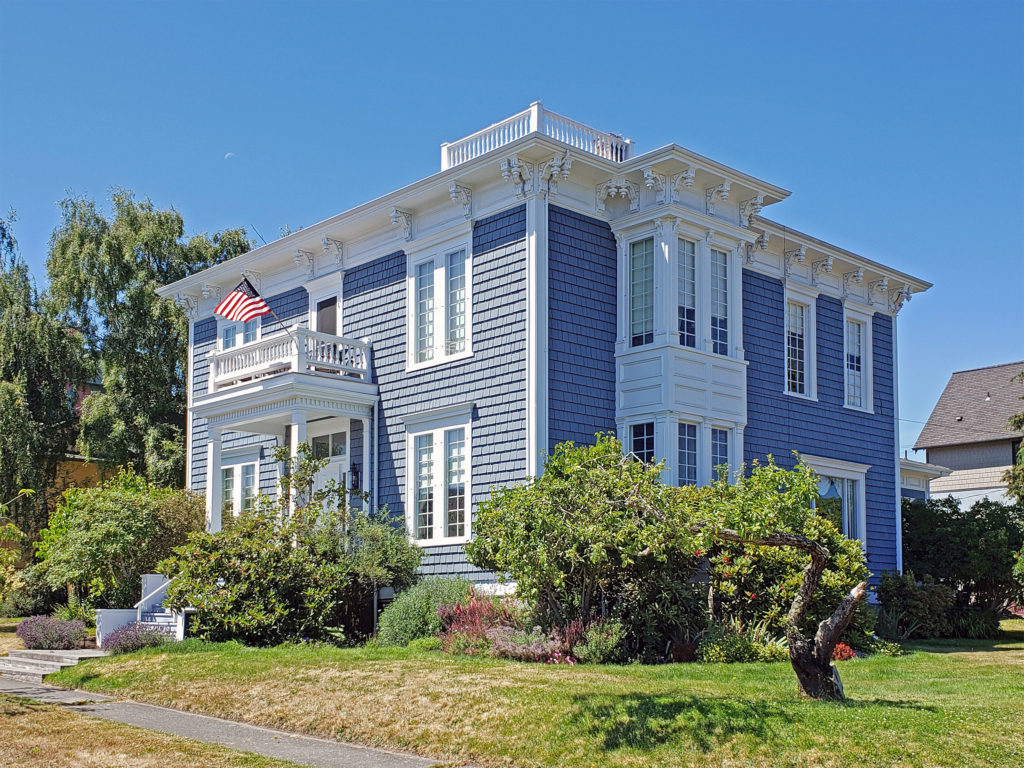 Take a walk along Water Street. It’s not hard to imagine what the town was like 130 years ago because most of the buildings you see today date from that period. Venture up to the bluff above the waterfront and you’ll find many Victorian era homes, most of which have been well preserved or restored. If you visit in the summer months you can tour the
Take a walk along Water Street. It’s not hard to imagine what the town was like 130 years ago because most of the buildings you see today date from that period. Venture up to the bluff above the waterfront and you’ll find many Victorian era homes, most of which have been well preserved or restored. If you visit in the summer months you can tour the 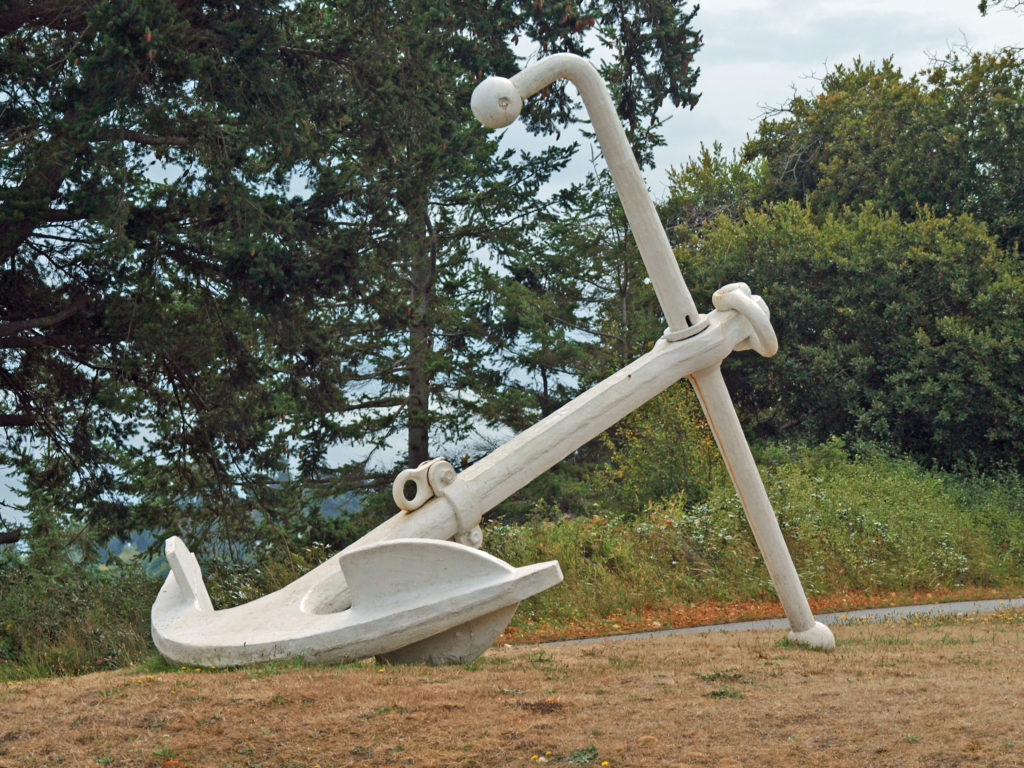
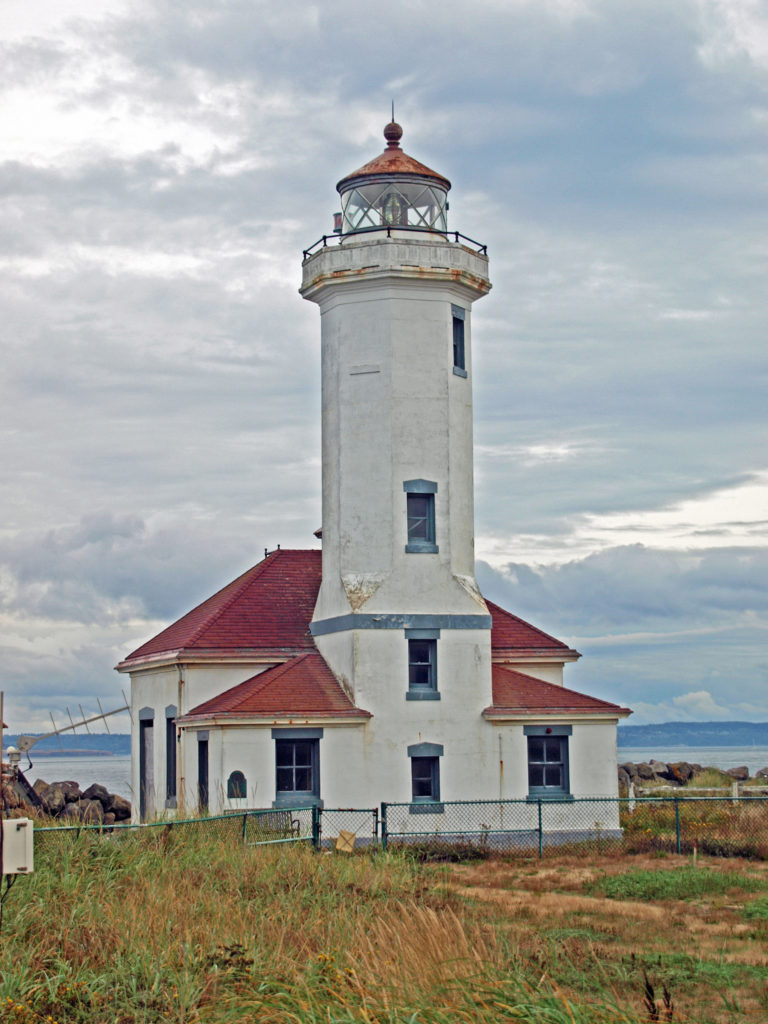
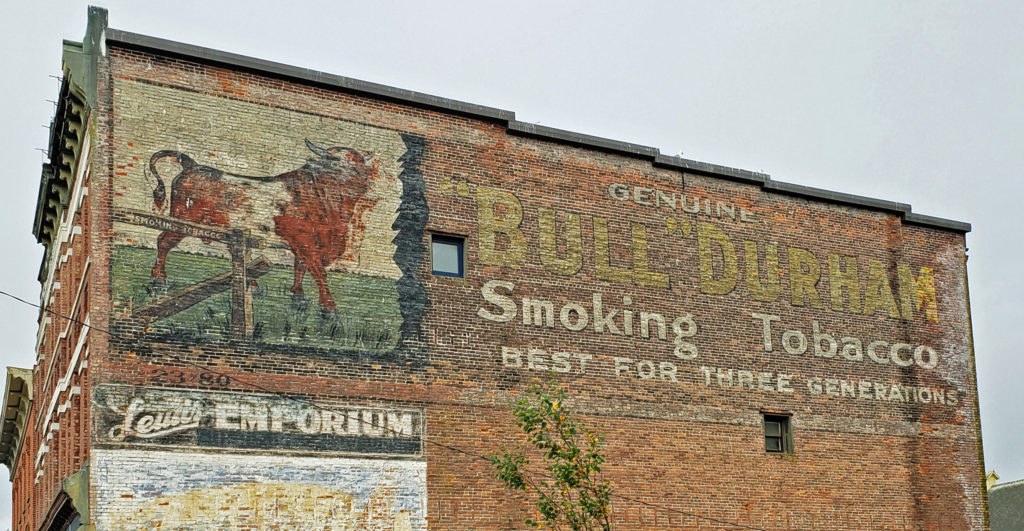 Even if you’re not interested in the town’s history, its maritime traditions, or the arts, Port Townsend is still worth visiting, if only to take in its beautiful setting and indulge in its food and drink scene.
Even if you’re not interested in the town’s history, its maritime traditions, or the arts, Port Townsend is still worth visiting, if only to take in its beautiful setting and indulge in its food and drink scene.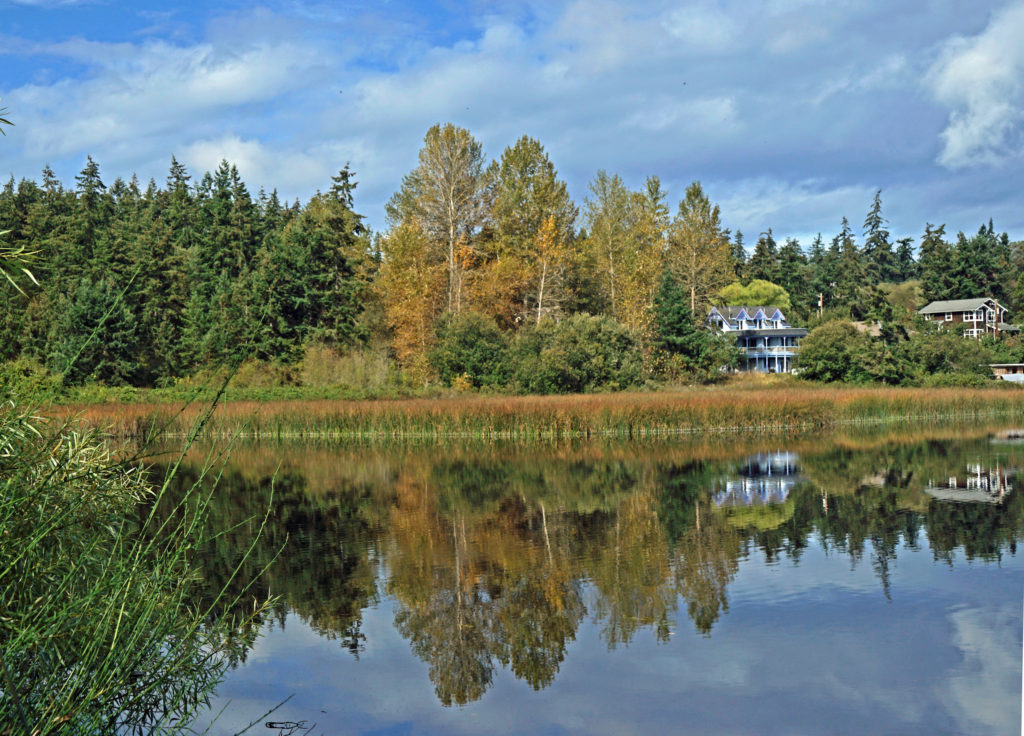
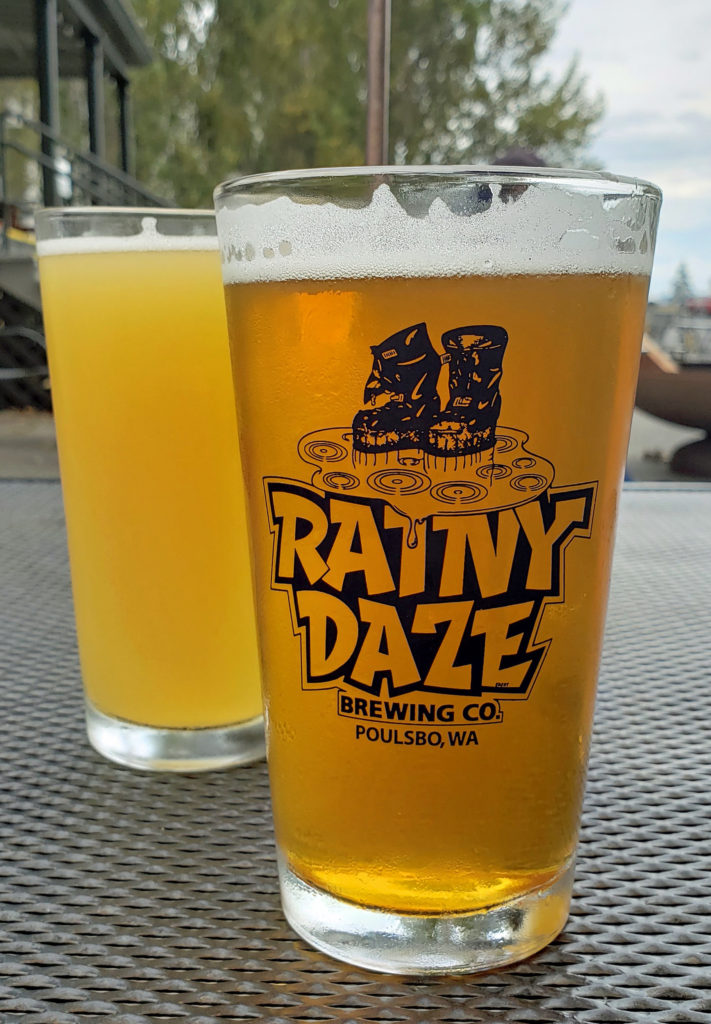 When you’re done with your hike, check to see if Taps at the Guardhouse in Fort Worden is open (it was closed in 2022) to quench your thirst with a good craft brew. Back in the historic district, I highly recommend that you visit
When you’re done with your hike, check to see if Taps at the Guardhouse in Fort Worden is open (it was closed in 2022) to quench your thirst with a good craft brew. Back in the historic district, I highly recommend that you visit 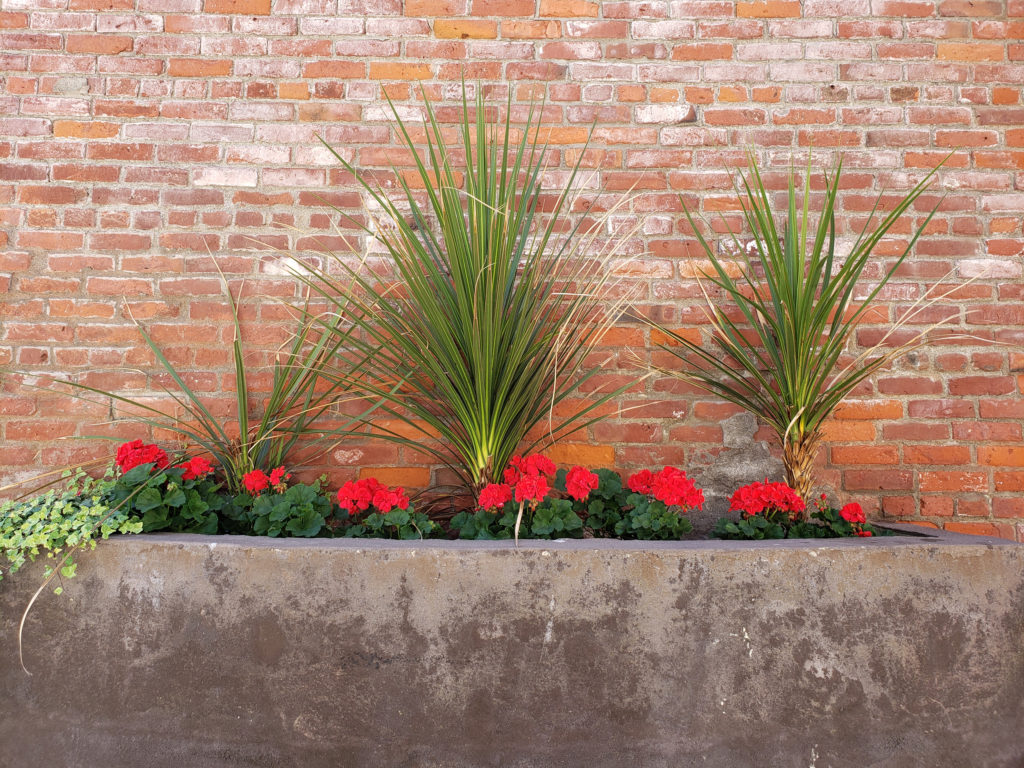
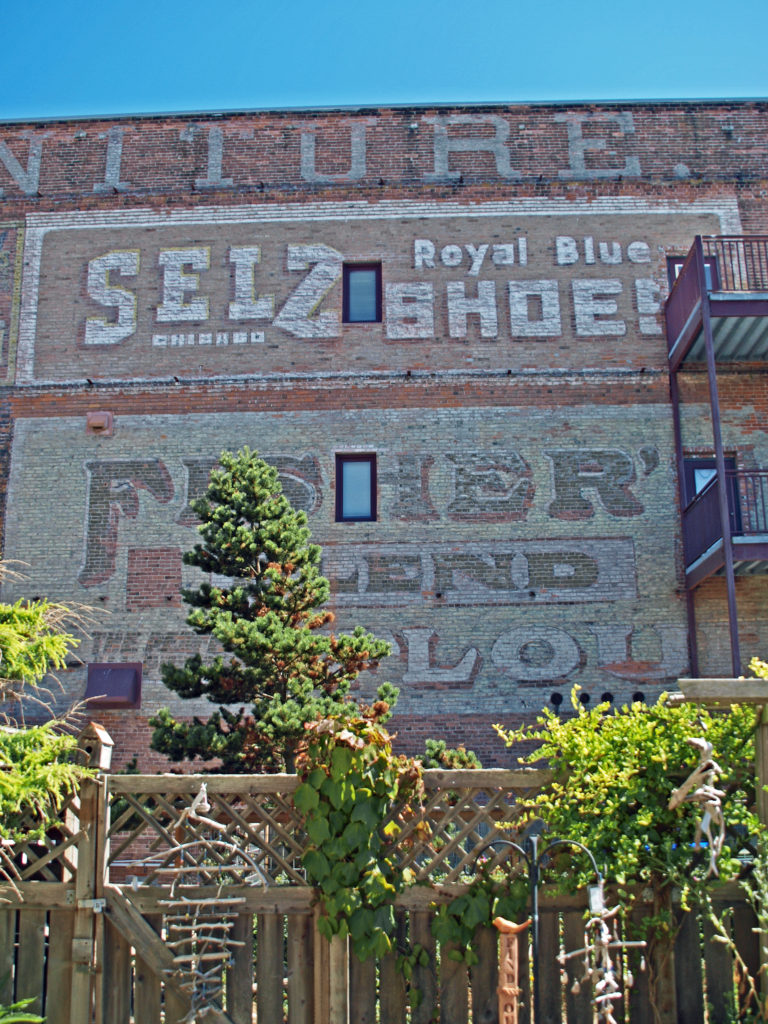 On the food side, Owl Spirit Cafe is a good place to grab a sandwich or burrito for lunch. If you have pizza in mind, try Waterfront Pizza. My go to spot for breakfast and lunch is
On the food side, Owl Spirit Cafe is a good place to grab a sandwich or burrito for lunch. If you have pizza in mind, try Waterfront Pizza. My go to spot for breakfast and lunch is 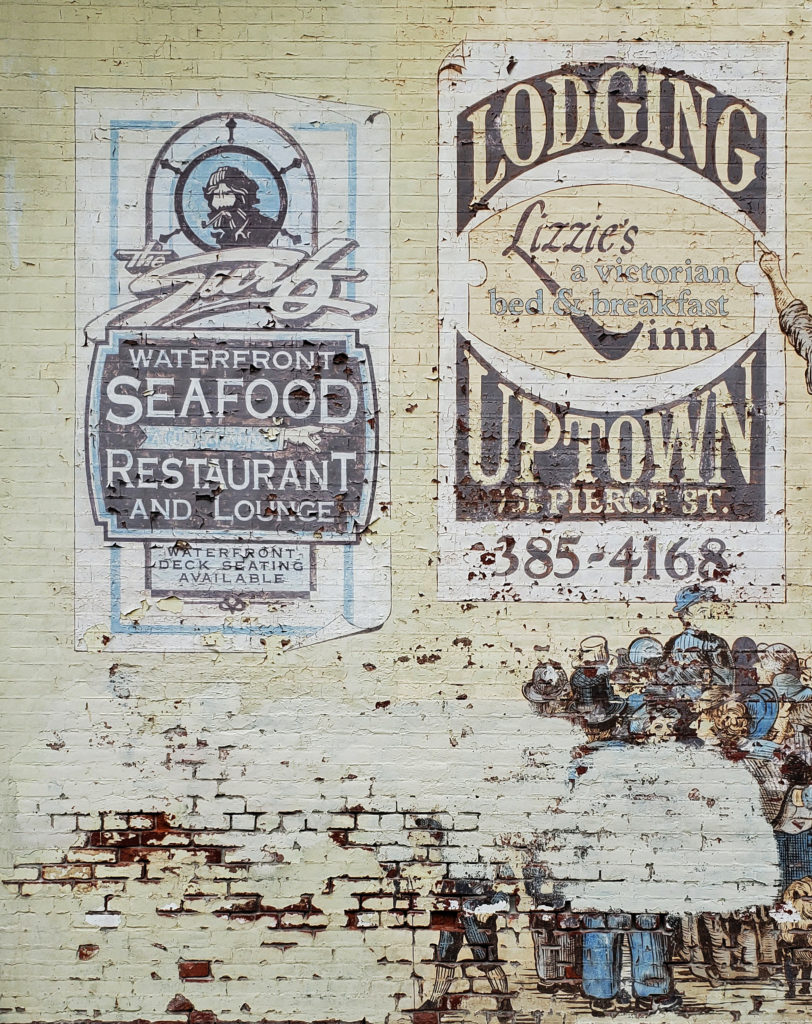 My wife and I stayed at the Water Street Hotel on our most recent visit, recently renamed the
My wife and I stayed at the Water Street Hotel on our most recent visit, recently renamed the 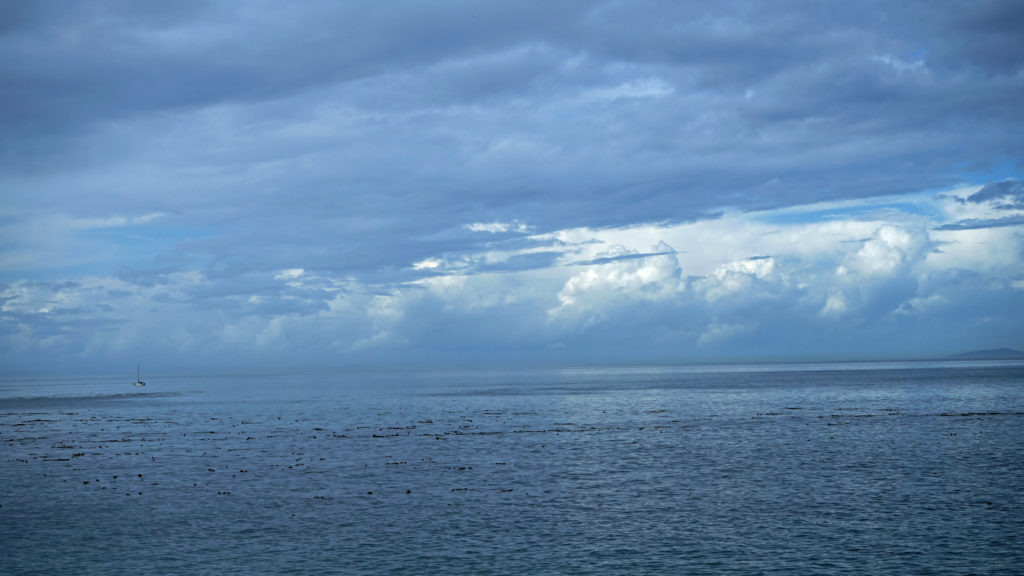
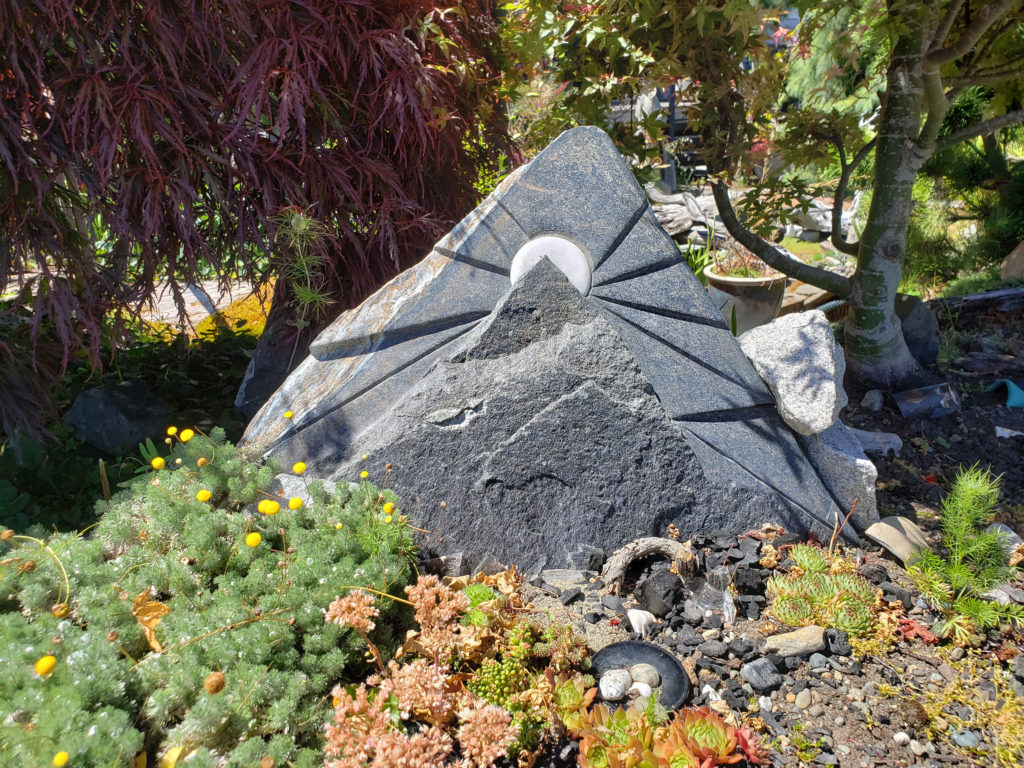 Originally posted November 20, 2020. Updated and re-posted January 12, 2023.
Originally posted November 20, 2020. Updated and re-posted January 12, 2023.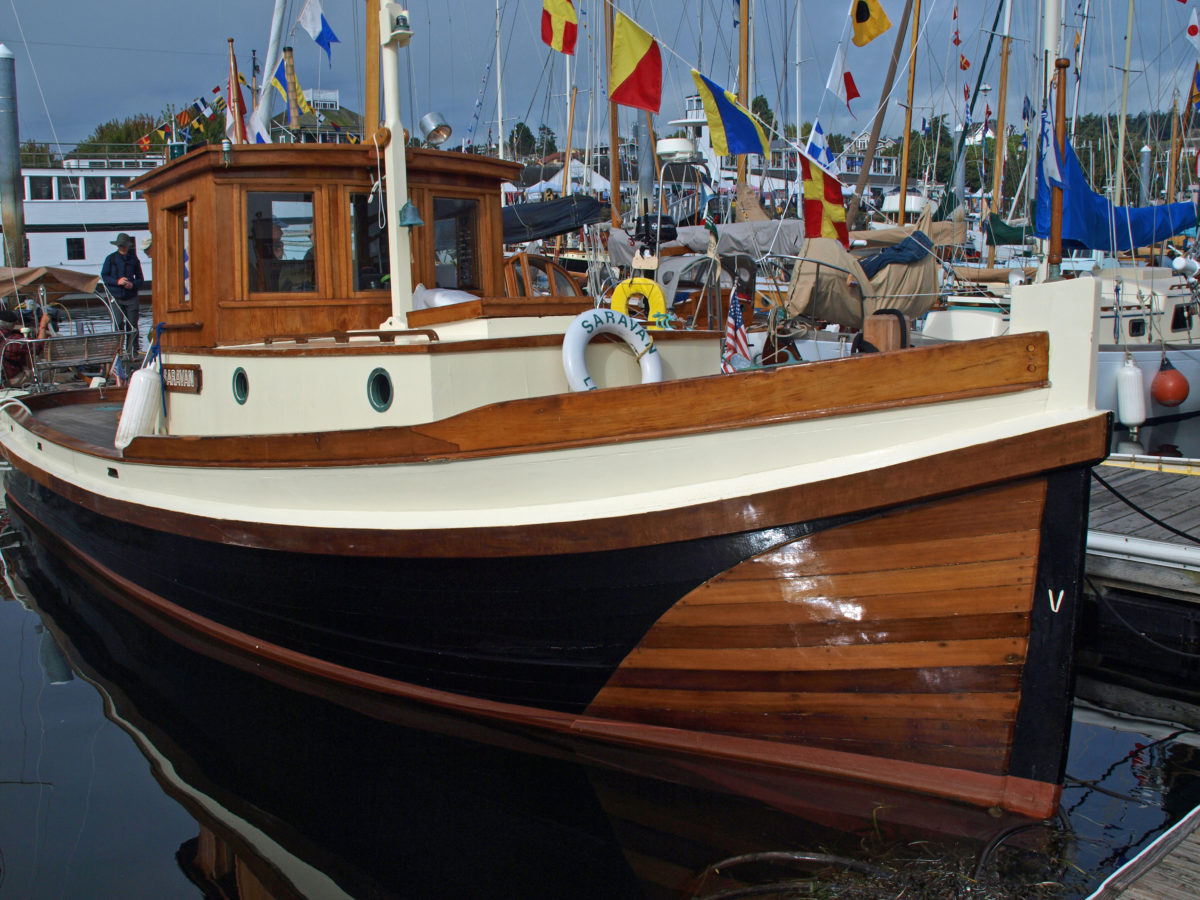
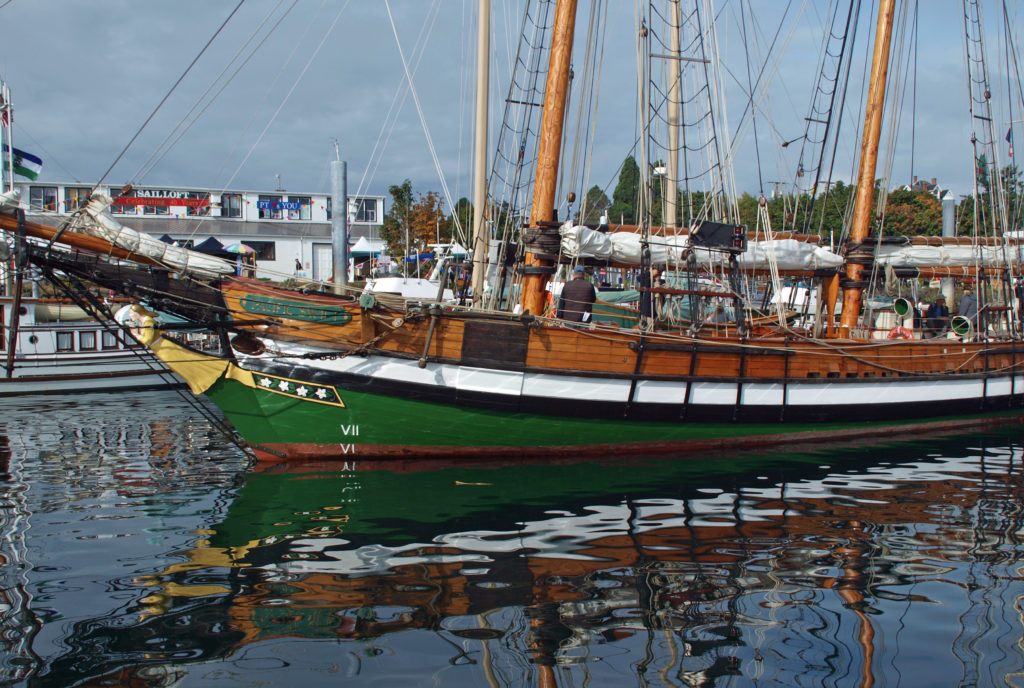 That year, I decided to attend the festival only a month or so before it started, so most of the accommodations in
That year, I decided to attend the festival only a month or so before it started, so most of the accommodations in 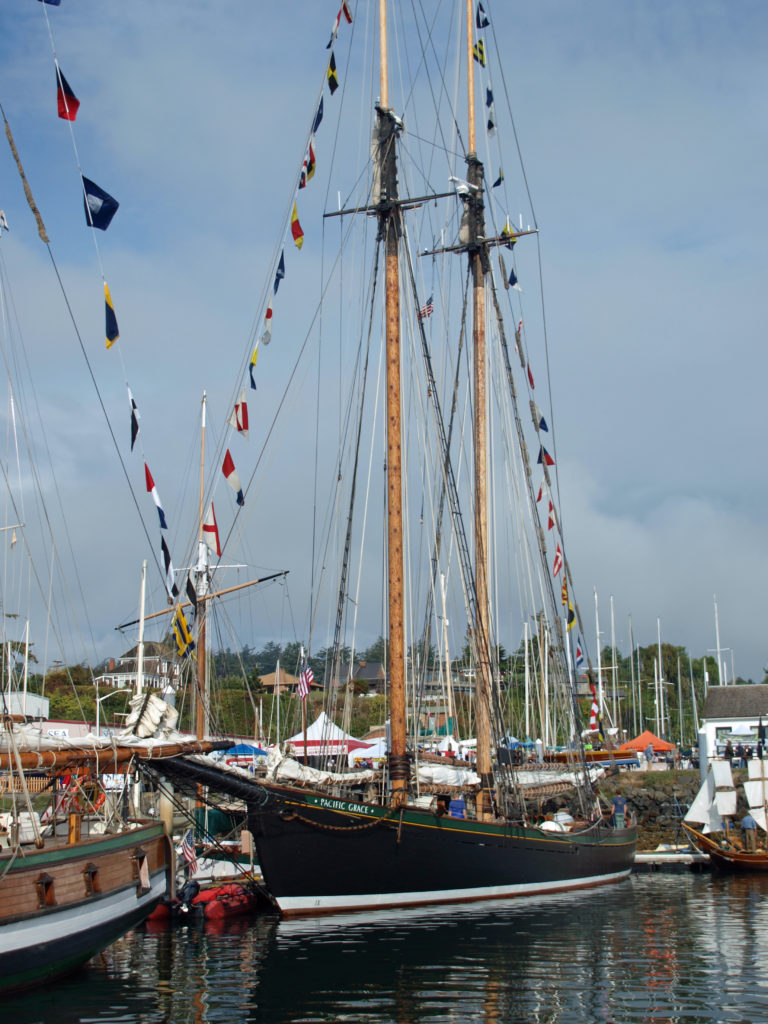 I found the Wooden Boat Festival to be as amazing an event as I had imagined, and maybe then some. It was quite a treat to see so many beautiful boats in one place. There were more than 300 boats featured at the 2018 show. Many of the owners welcomed guests aboard their boats and all were happy to talk about their boats and answer any questions.
I found the Wooden Boat Festival to be as amazing an event as I had imagined, and maybe then some. It was quite a treat to see so many beautiful boats in one place. There were more than 300 boats featured at the 2018 show. Many of the owners welcomed guests aboard their boats and all were happy to talk about their boats and answer any questions.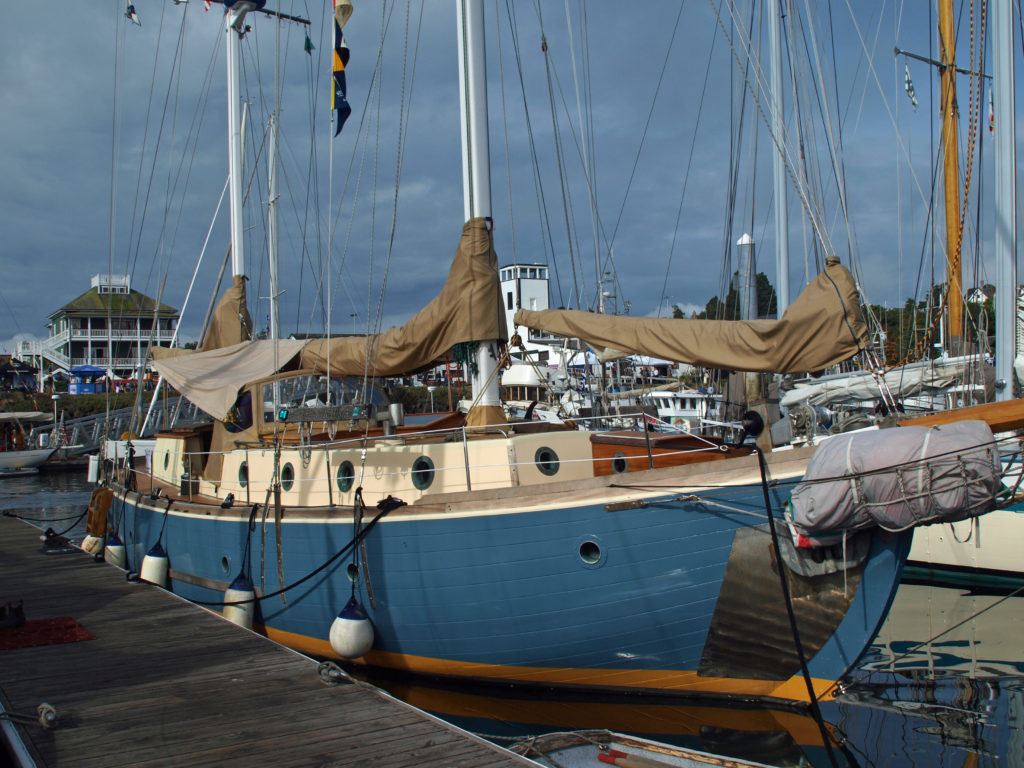 There were sailing, paddling, and rowing races, panel discussions, music, food and drink, films, and dozens of classes on boat designing and building, boat maintenance, sailing, navigation, living aboard, and much more. You could sail on one of several tall ships, try your hand at paddle boarding, or crew on a replica of one of Captain George Vancouver’s longboats from 1792. There was also a boat building competition in which teams endeavored to build boats from scratch in three days. And there were lots of activities for kids.
There were sailing, paddling, and rowing races, panel discussions, music, food and drink, films, and dozens of classes on boat designing and building, boat maintenance, sailing, navigation, living aboard, and much more. You could sail on one of several tall ships, try your hand at paddle boarding, or crew on a replica of one of Captain George Vancouver’s longboats from 1792. There was also a boat building competition in which teams endeavored to build boats from scratch in three days. And there were lots of activities for kids.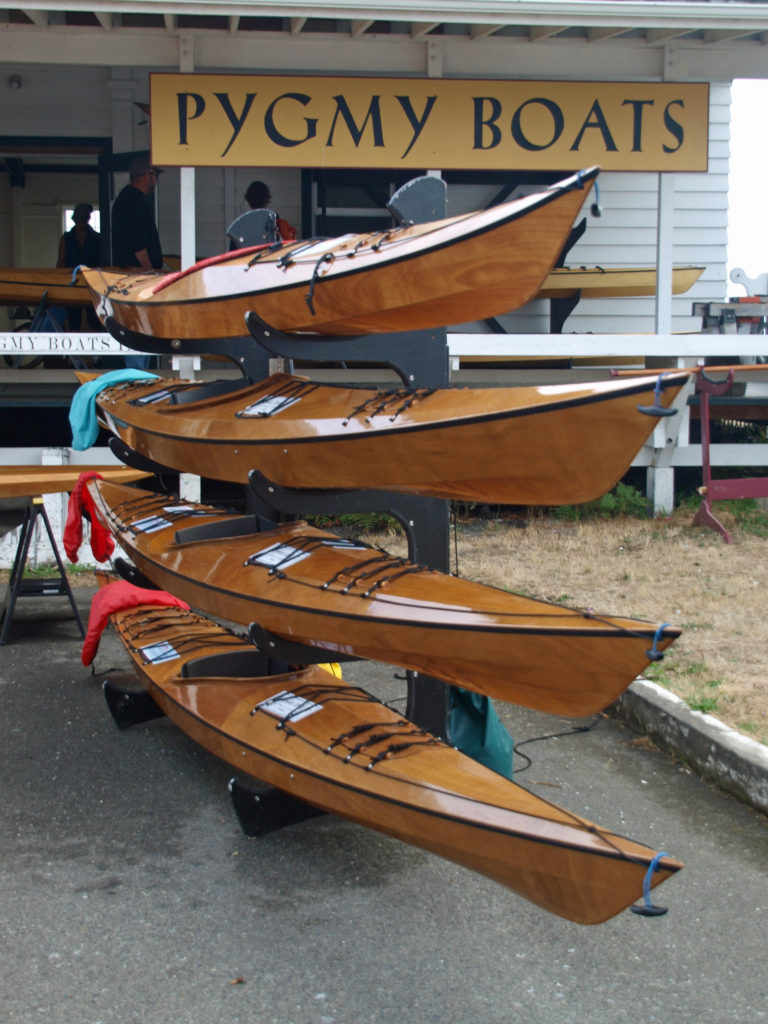 One of the highlights for me was being able to talk to some of the many boat builders at the festival, and seeing some of the boats that they’ve built. Casey Wilkerson of
One of the highlights for me was being able to talk to some of the many boat builders at the festival, and seeing some of the boats that they’ve built. Casey Wilkerson of 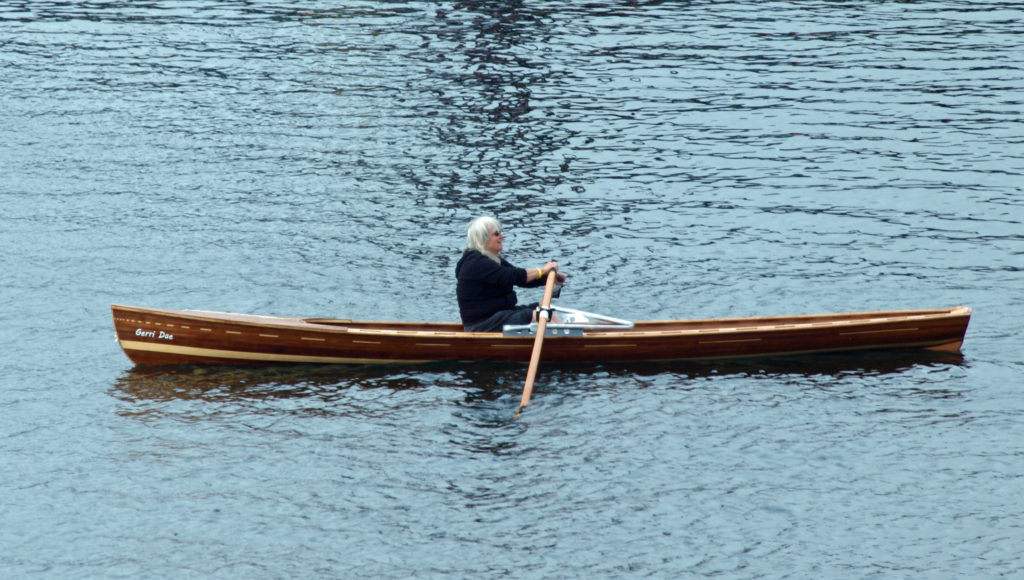
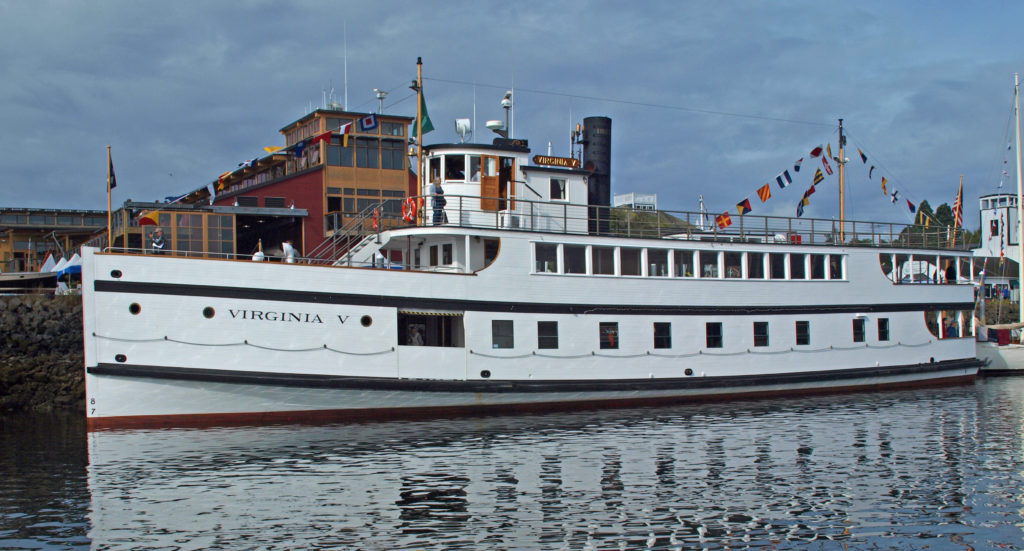 All in all, there was far too much to see and do in a single day. I haven’t been back since the 2018 festival, but I’m hoping to attend the 2023 festival, to be held September 8-10. This time I’ll plan a little farther ahead, stay in Port Townsend, and take in the entire three days of the festival. And by the way, even if you’re not a wooden boat fan, Port Townsend is a pretty cool town, well worth a visit any time of the year.
All in all, there was far too much to see and do in a single day. I haven’t been back since the 2018 festival, but I’m hoping to attend the 2023 festival, to be held September 8-10. This time I’ll plan a little farther ahead, stay in Port Townsend, and take in the entire three days of the festival. And by the way, even if you’re not a wooden boat fan, Port Townsend is a pretty cool town, well worth a visit any time of the year.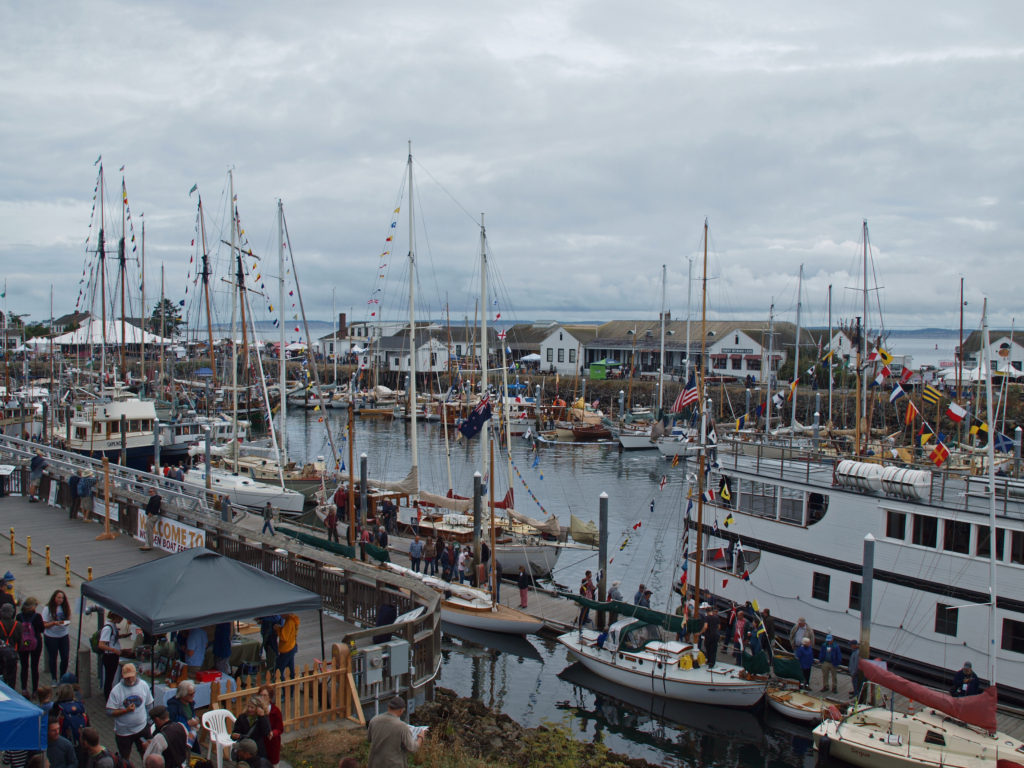 For more information about the festival, check out the festival’s
For more information about the festival, check out the festival’s 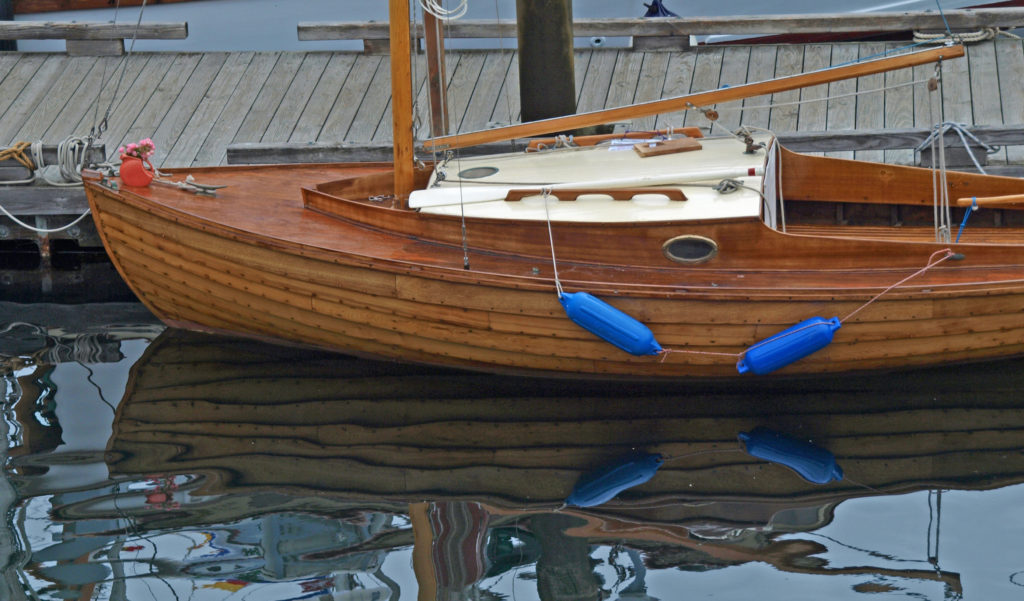 Originally posted September 13, 2018. Edited and re-posted September 20, 2022.
Originally posted September 13, 2018. Edited and re-posted September 20, 2022.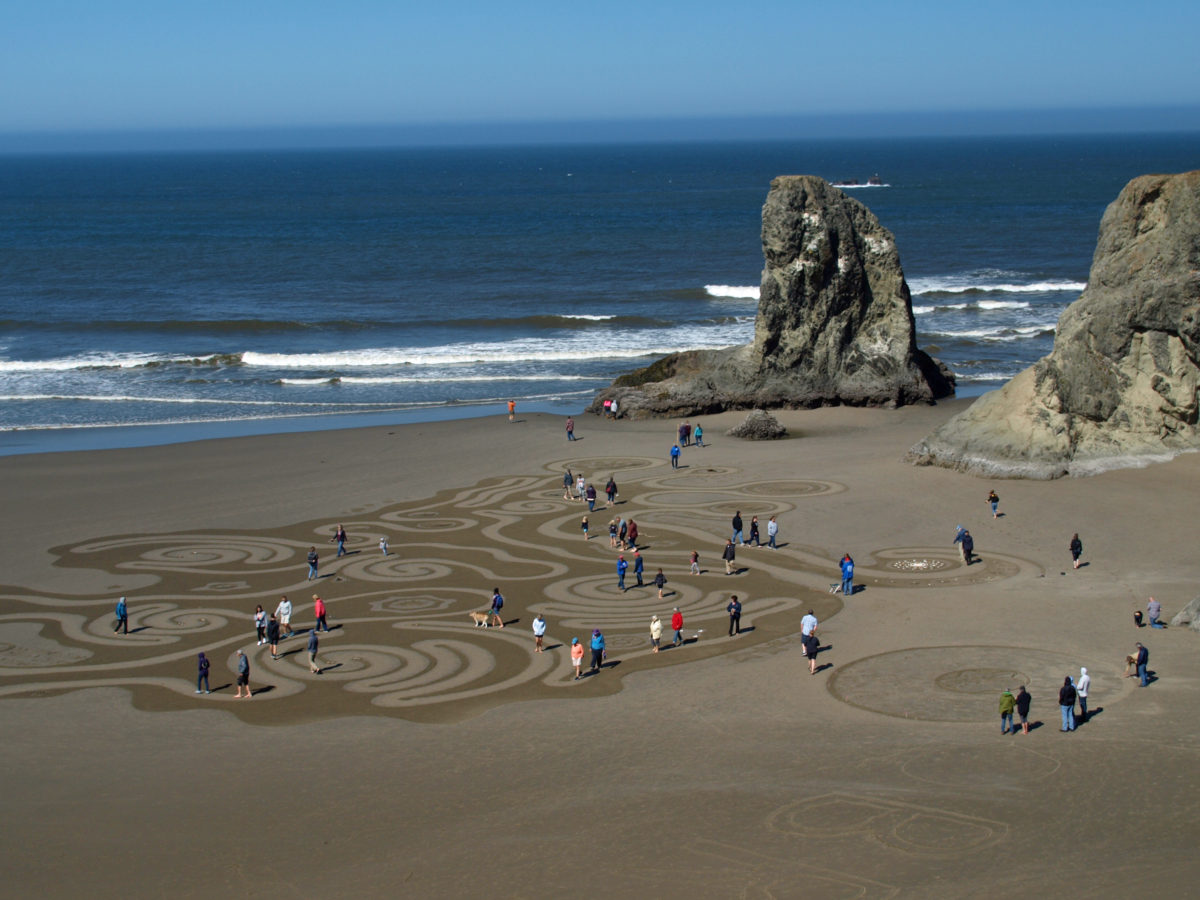
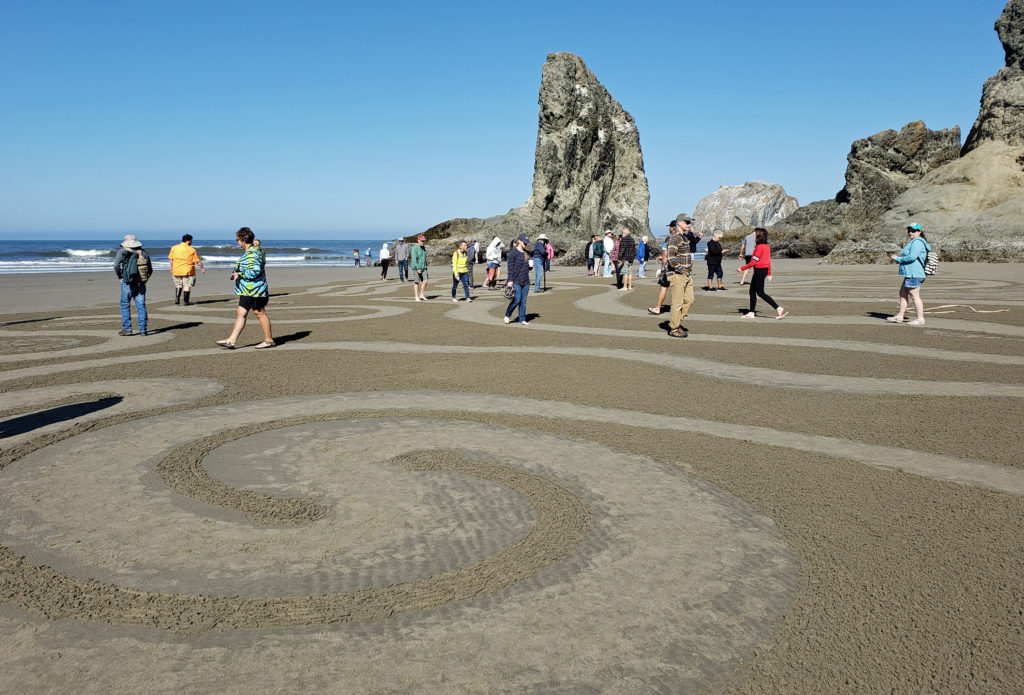
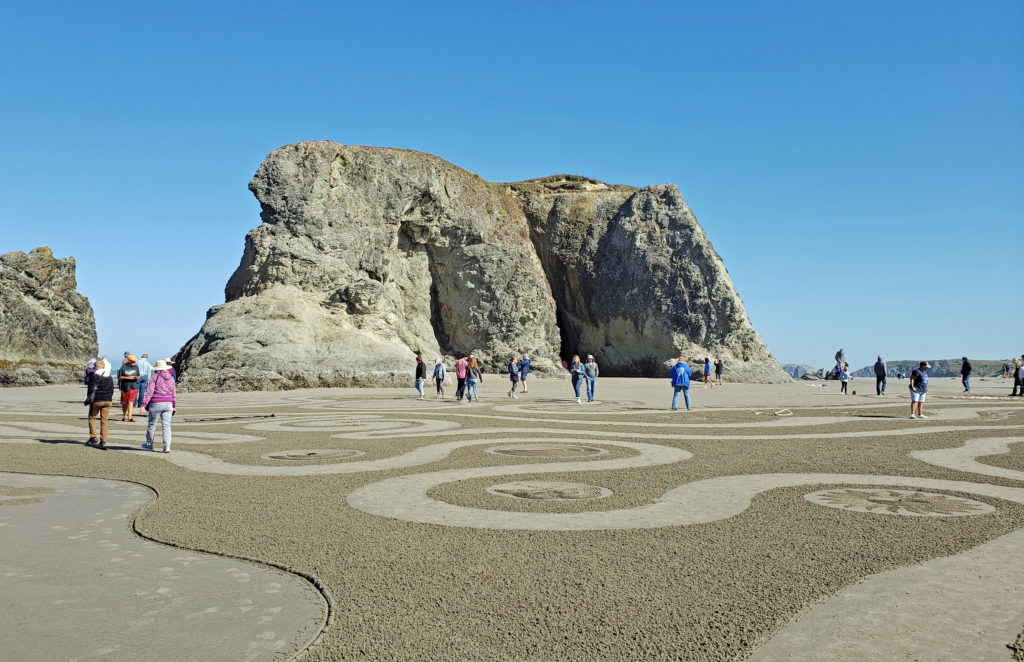
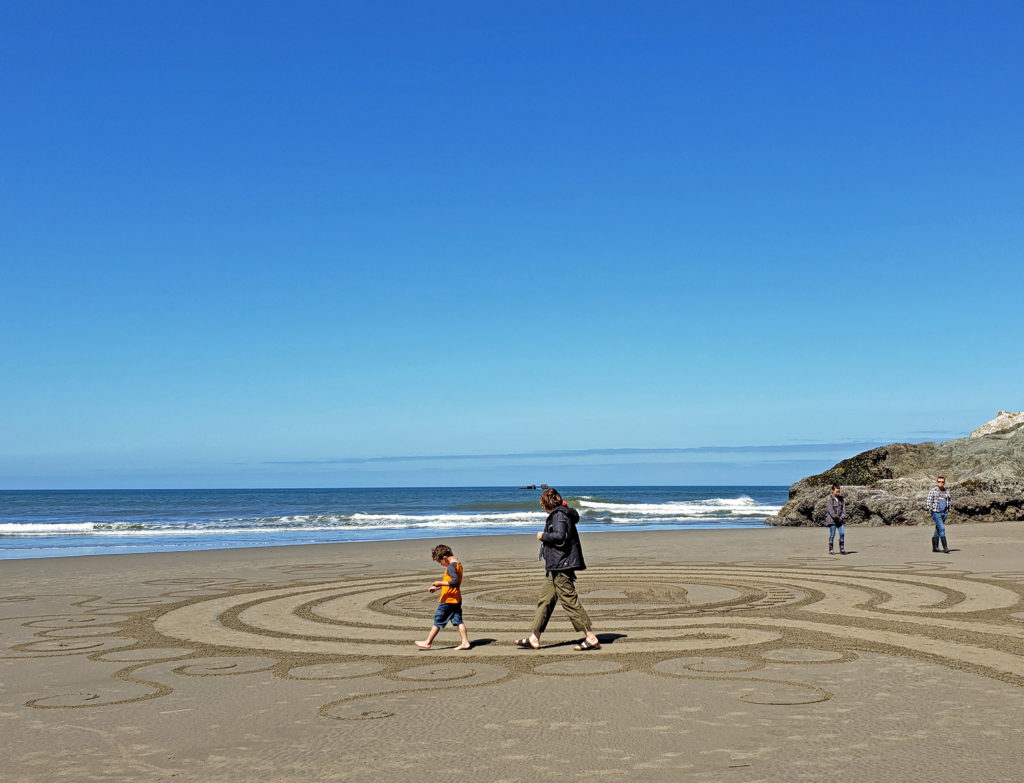
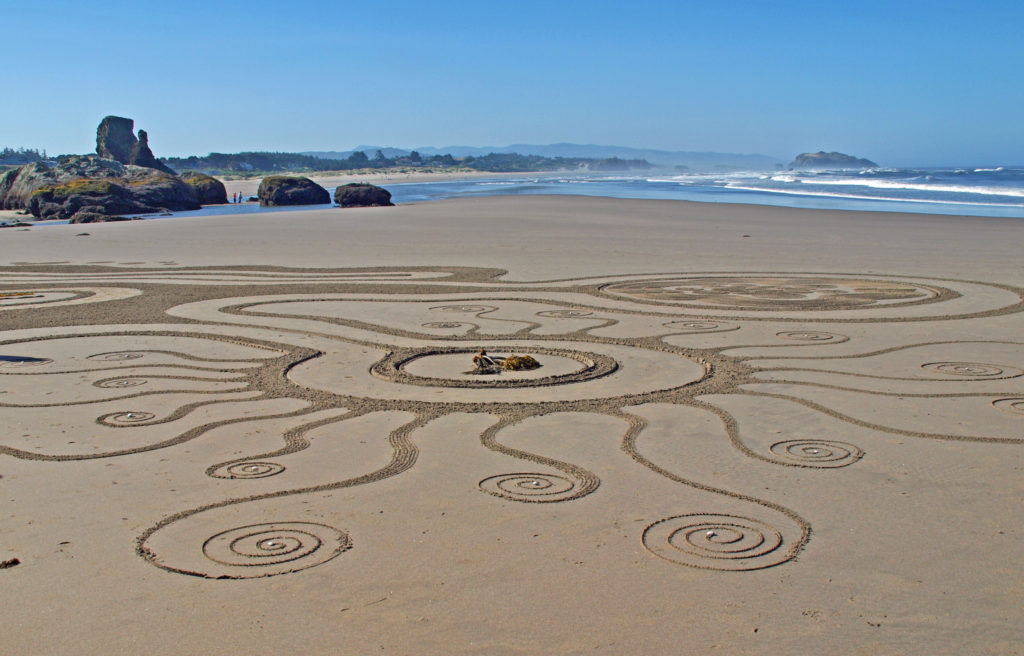
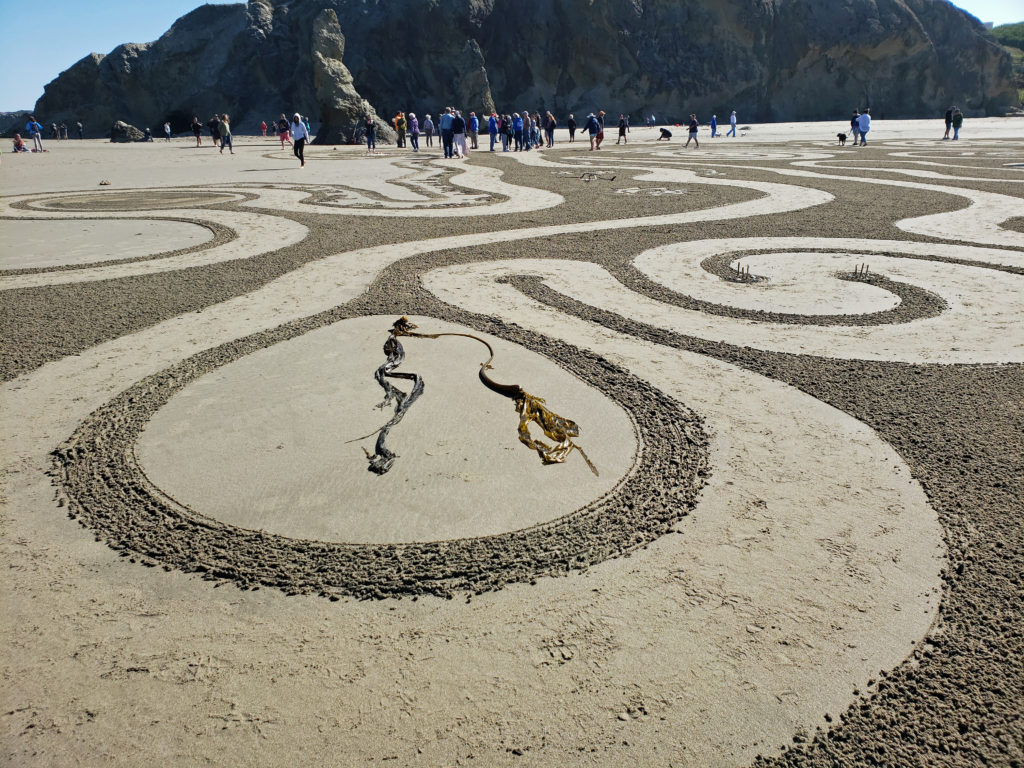
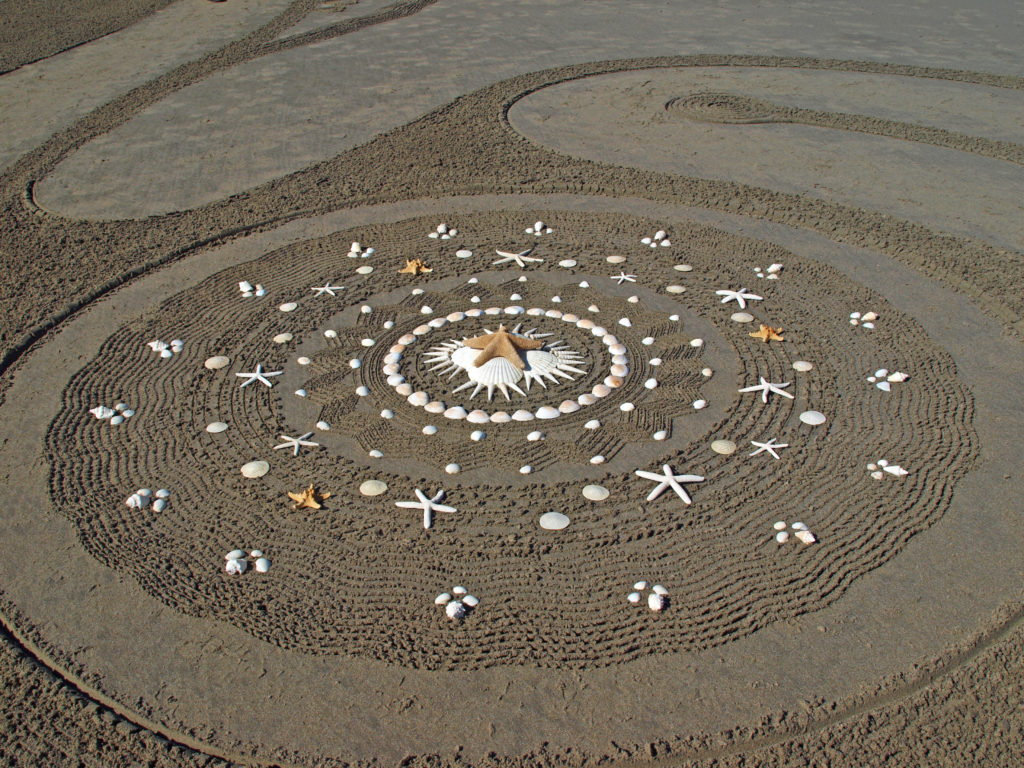
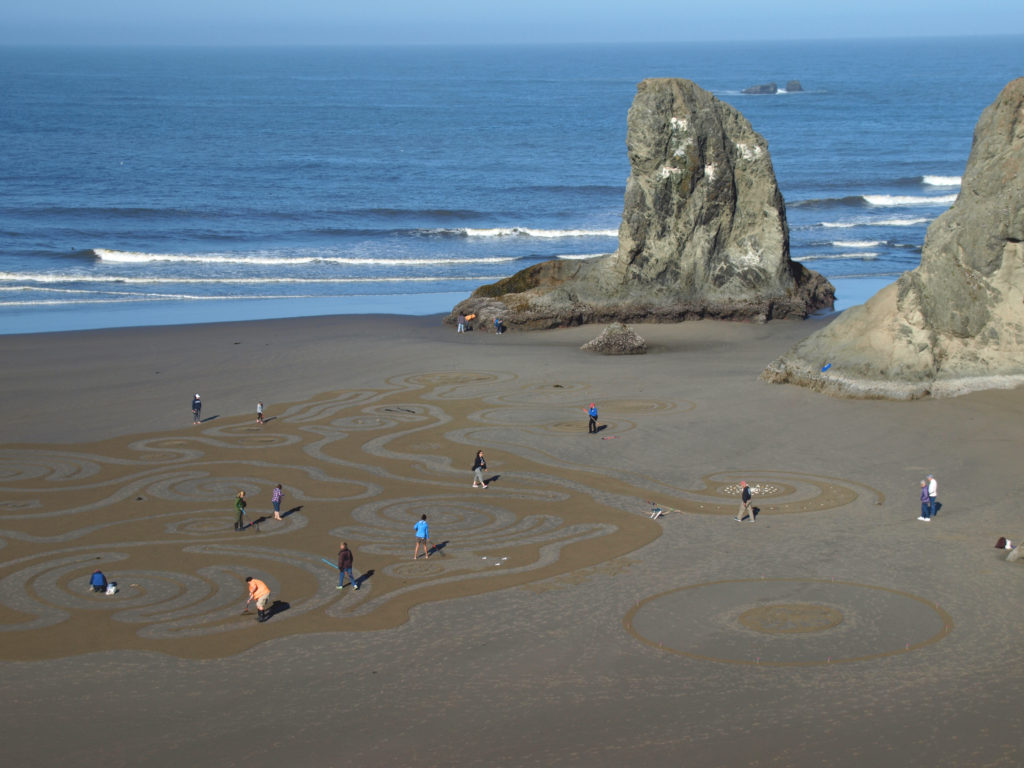 The Circles in the Sand labyrinths are created on the beach below the Face Rock Wayside in
The Circles in the Sand labyrinths are created on the beach below the Face Rock Wayside in 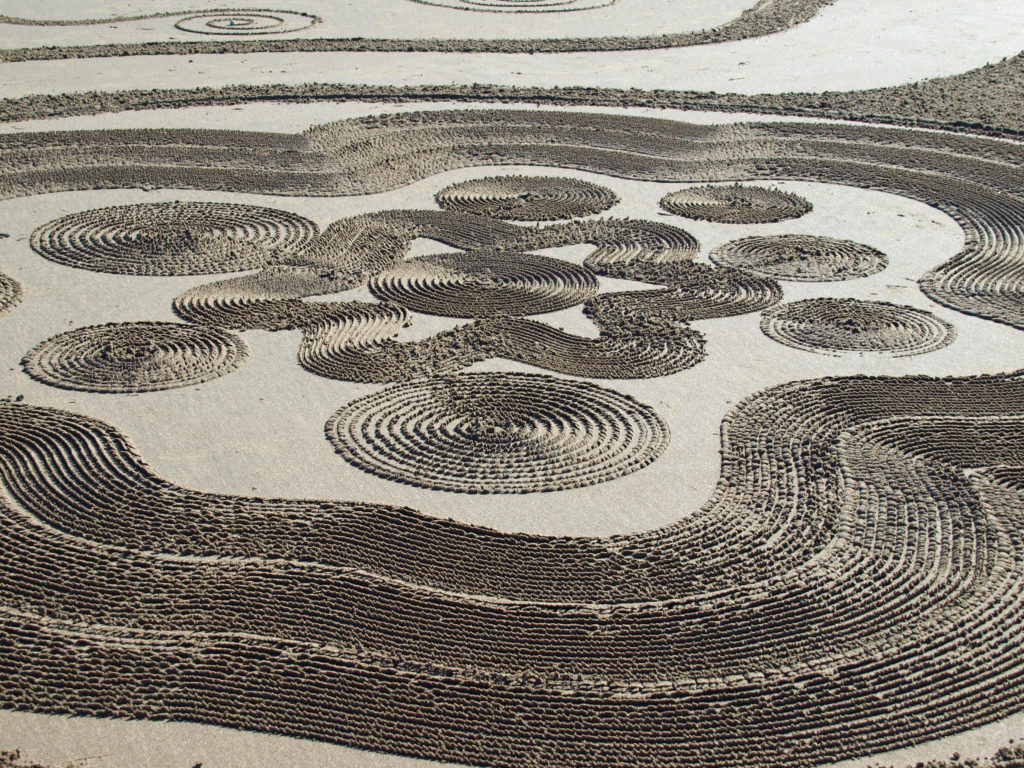
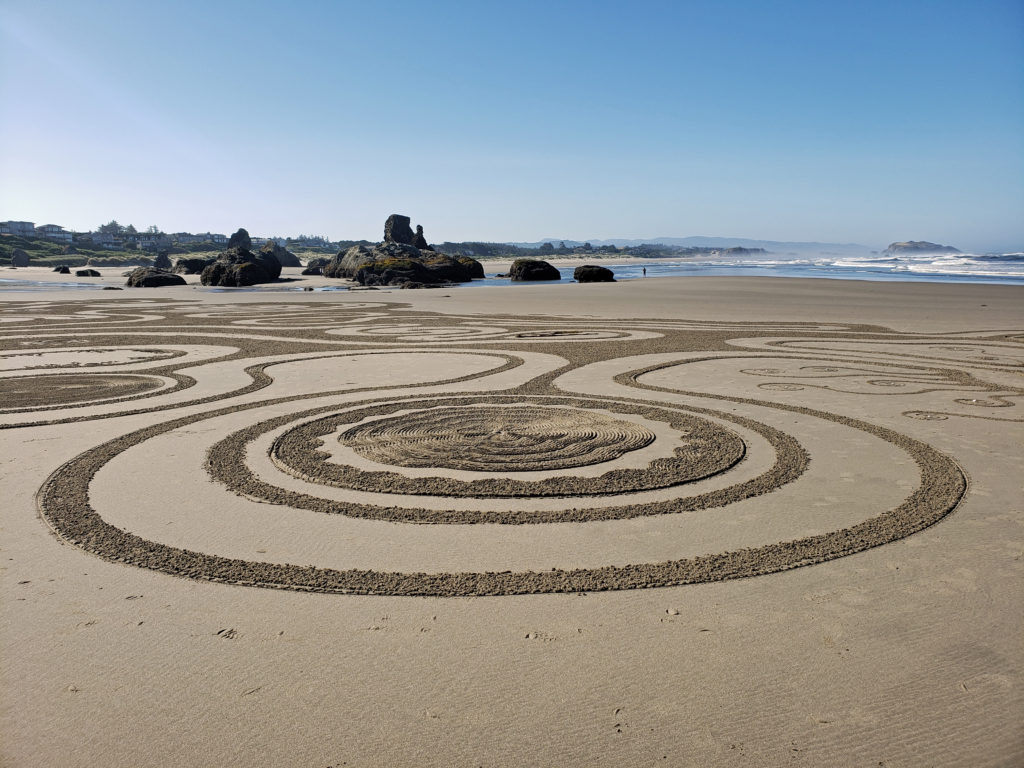 Together with the rock formations at Coquille Point, a short distance north of the Face Rock Wayside, this stretch of beach is truly spectacular, well worth a visit at any time of the year. Combining a visit with the opportunity to experience Circles in the Sand makes for a unique and memorable experience.
Together with the rock formations at Coquille Point, a short distance north of the Face Rock Wayside, this stretch of beach is truly spectacular, well worth a visit at any time of the year. Combining a visit with the opportunity to experience Circles in the Sand makes for a unique and memorable experience.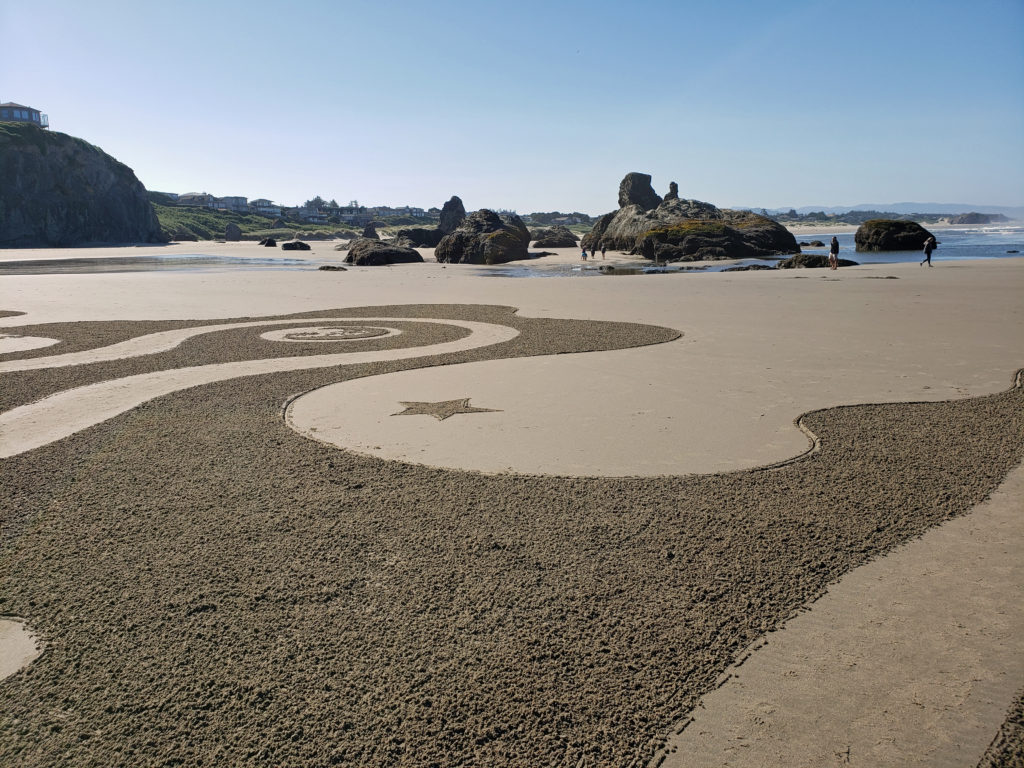
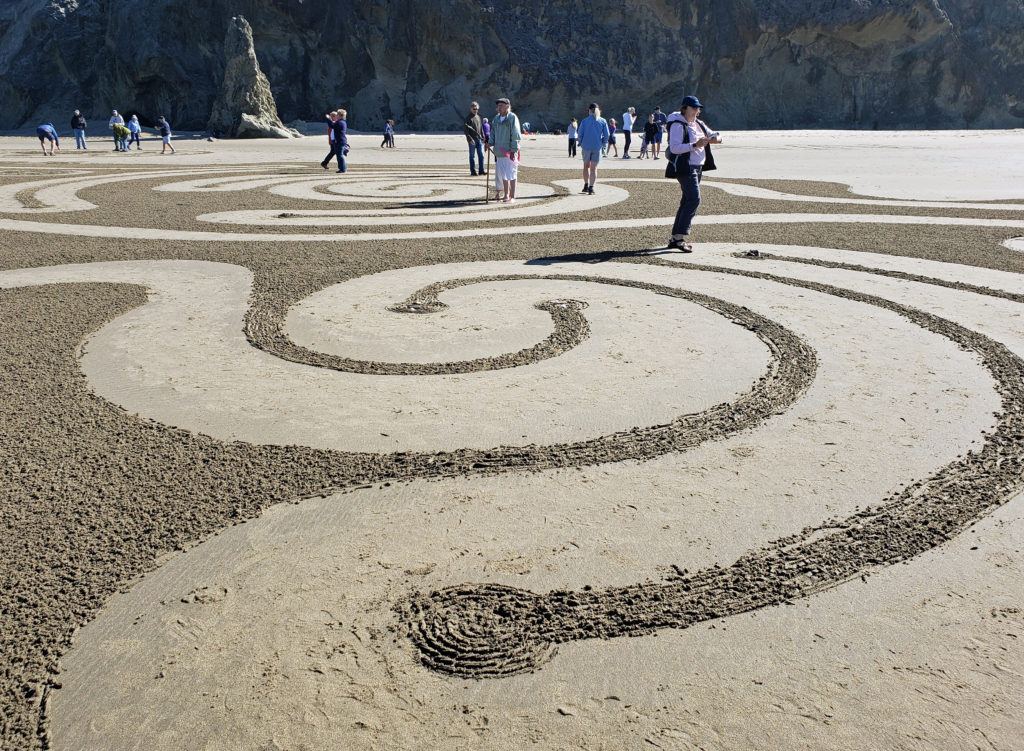
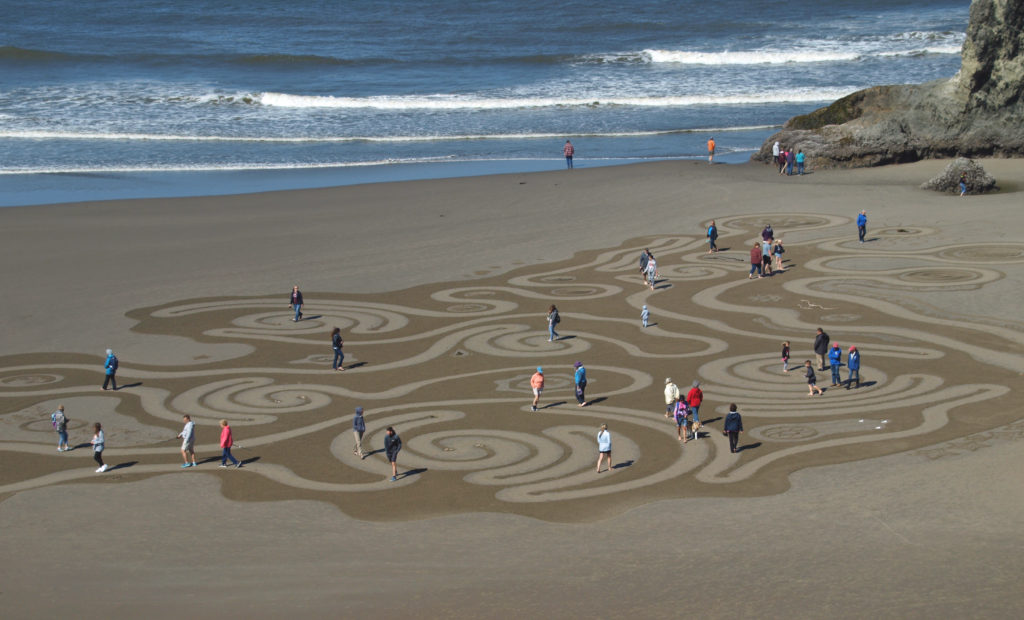
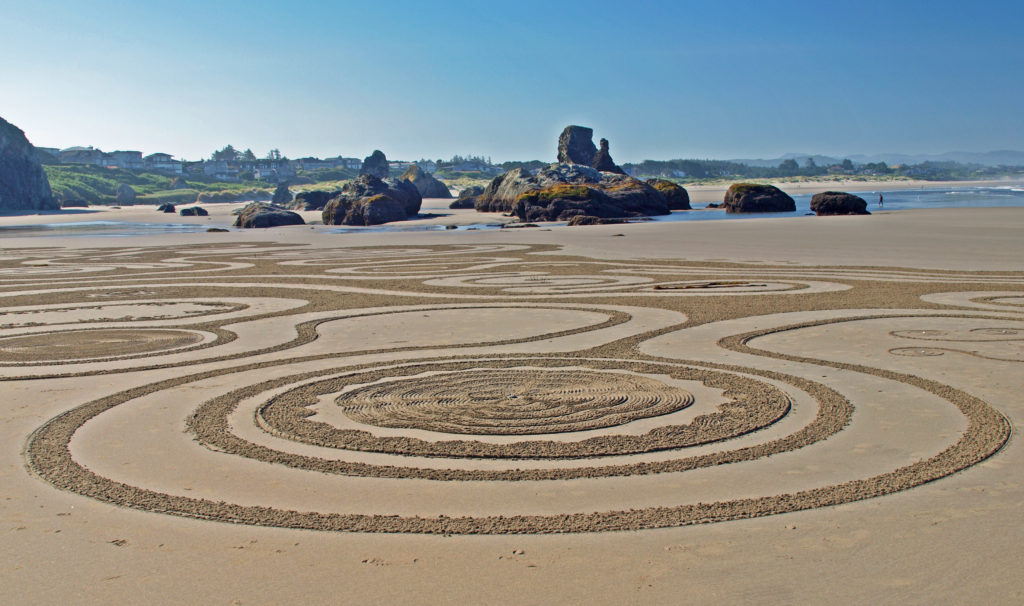 Originally posted July 24, 2019. Updated and re-posted June 18, 2022.
Originally posted July 24, 2019. Updated and re-posted June 18, 2022.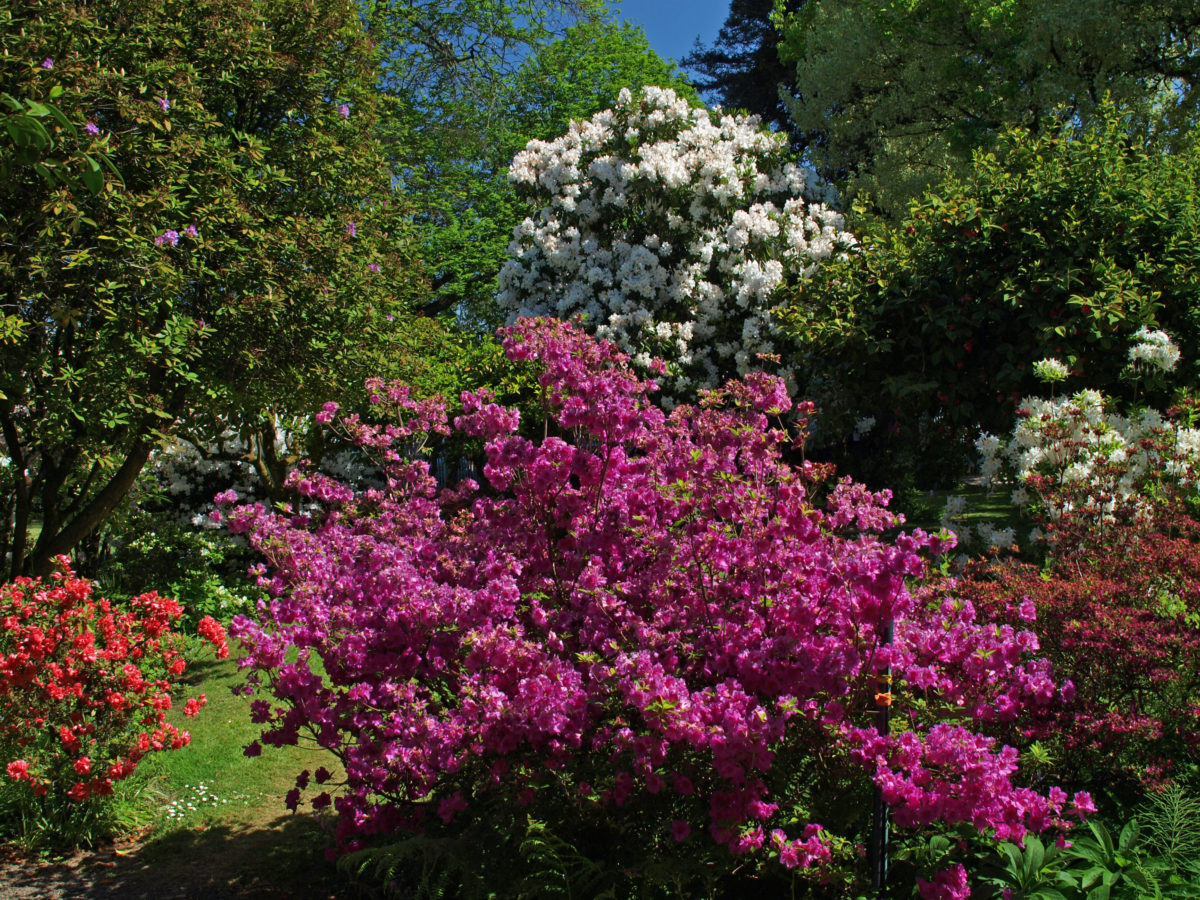

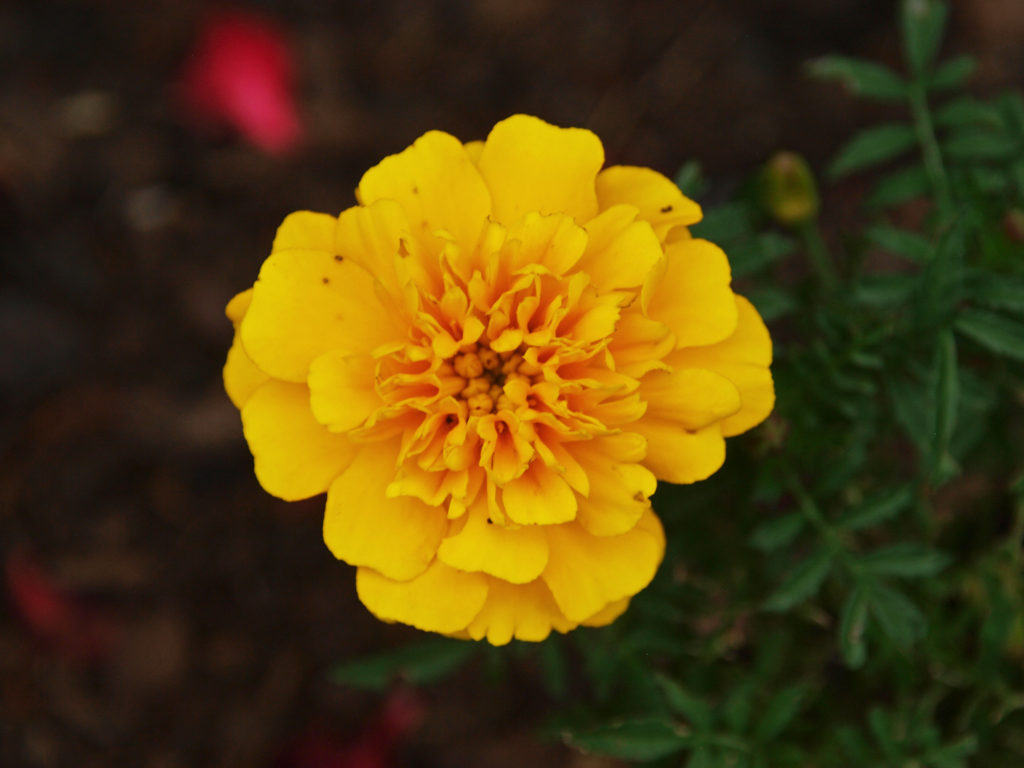
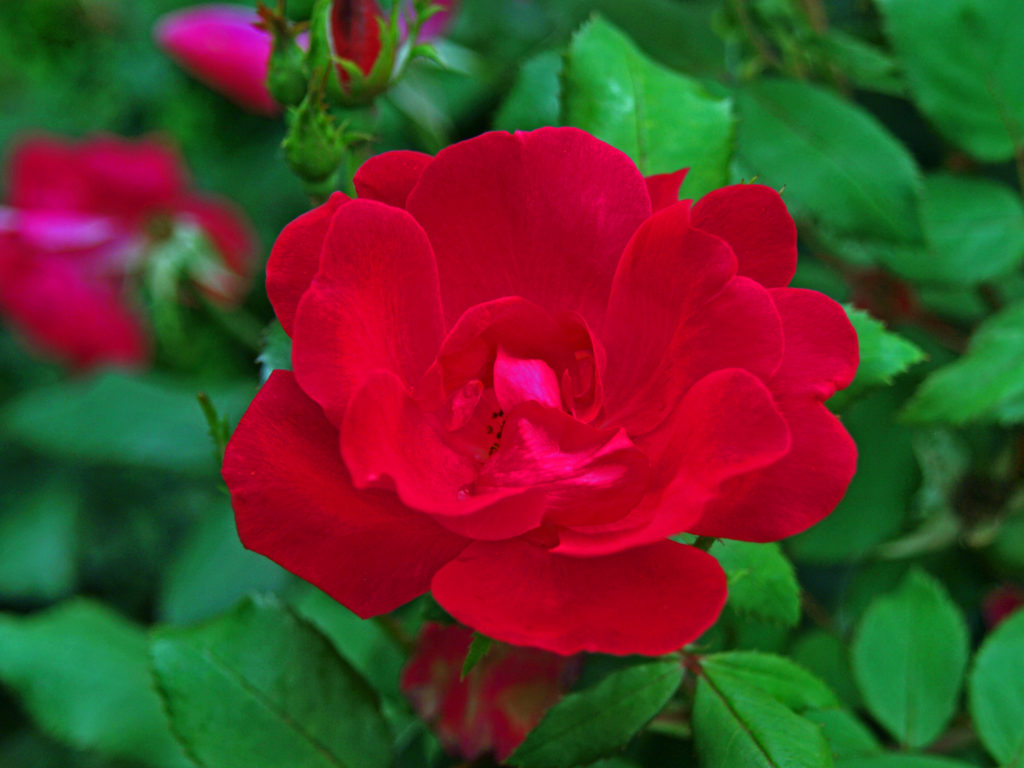
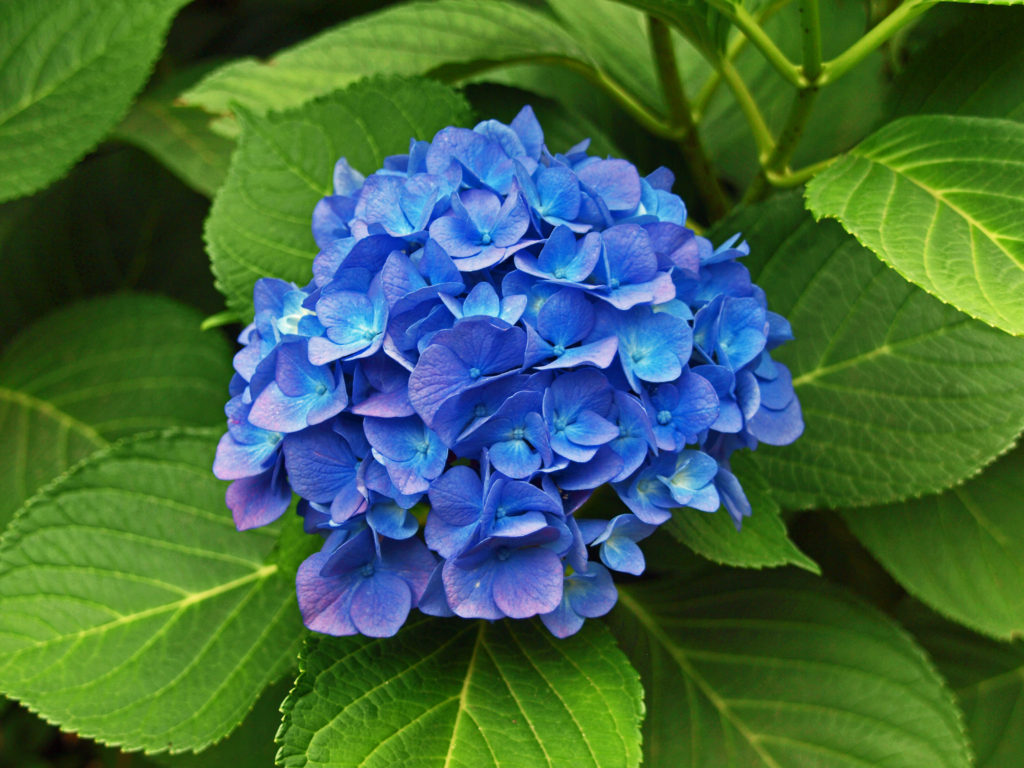
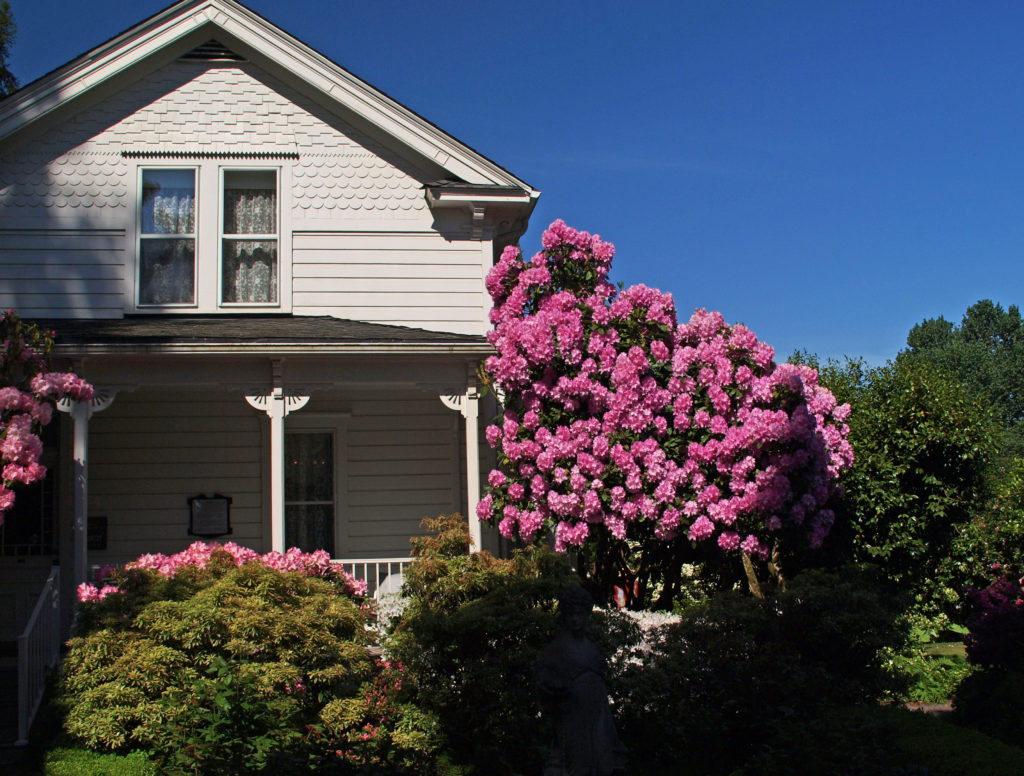
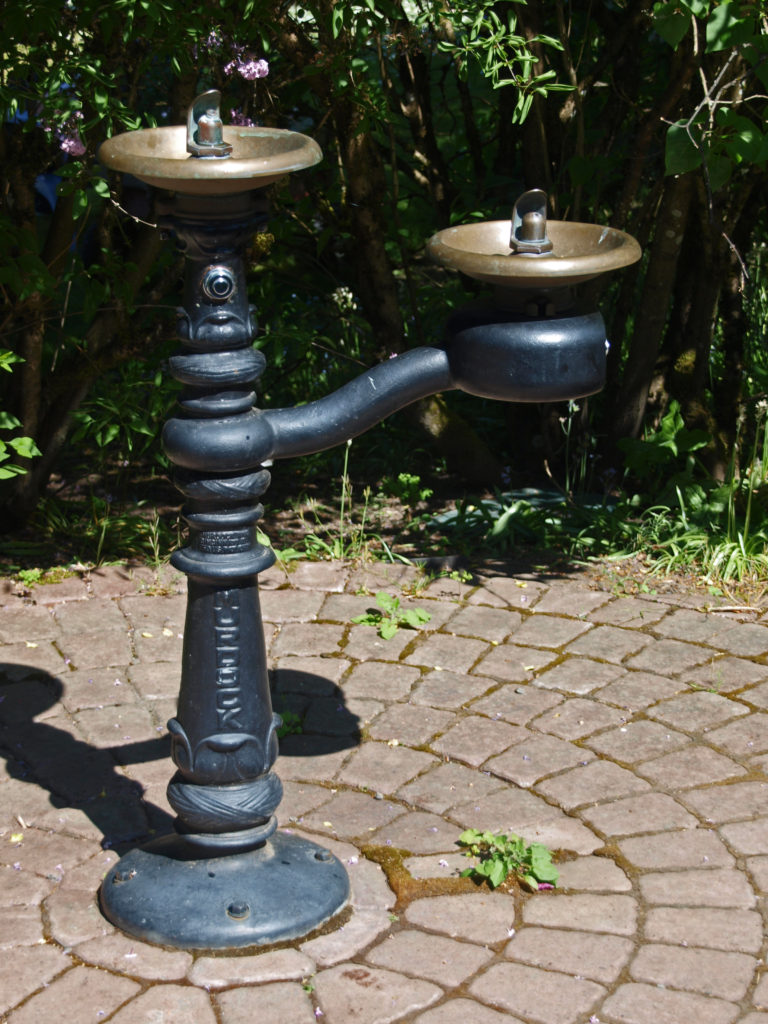
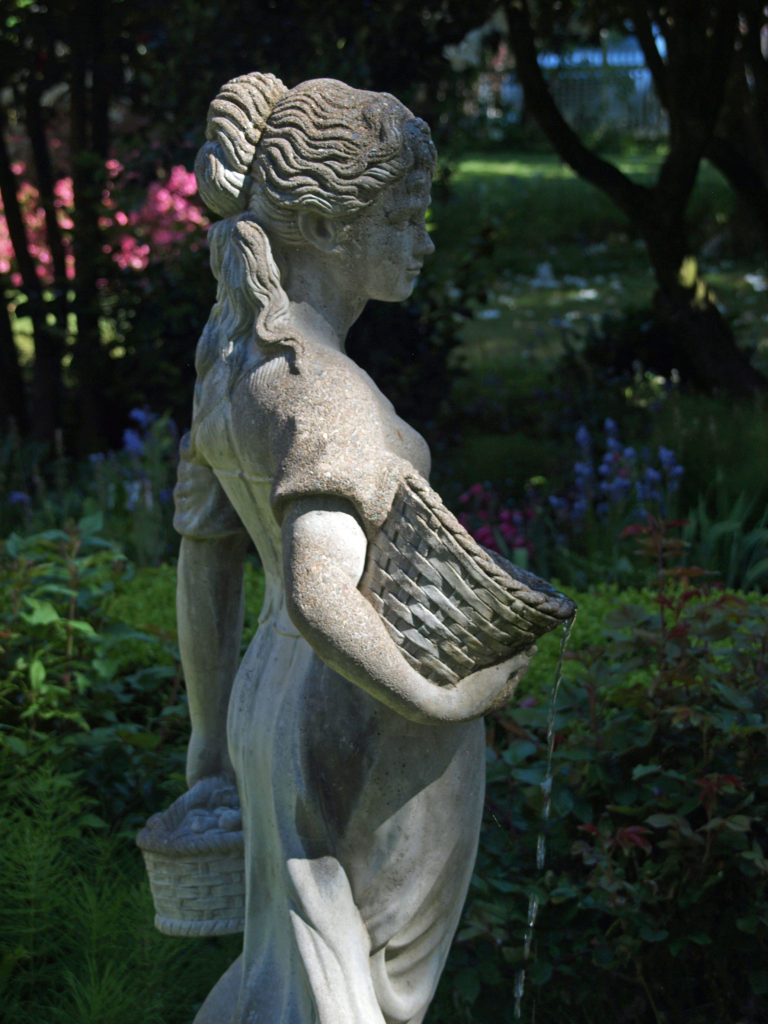
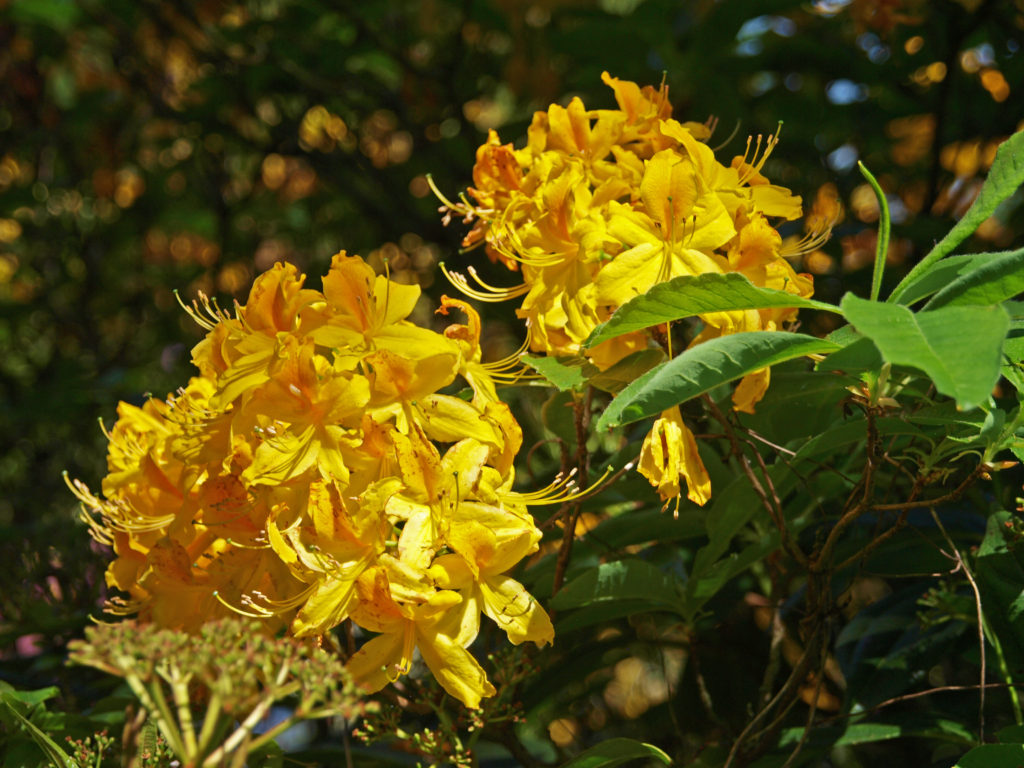
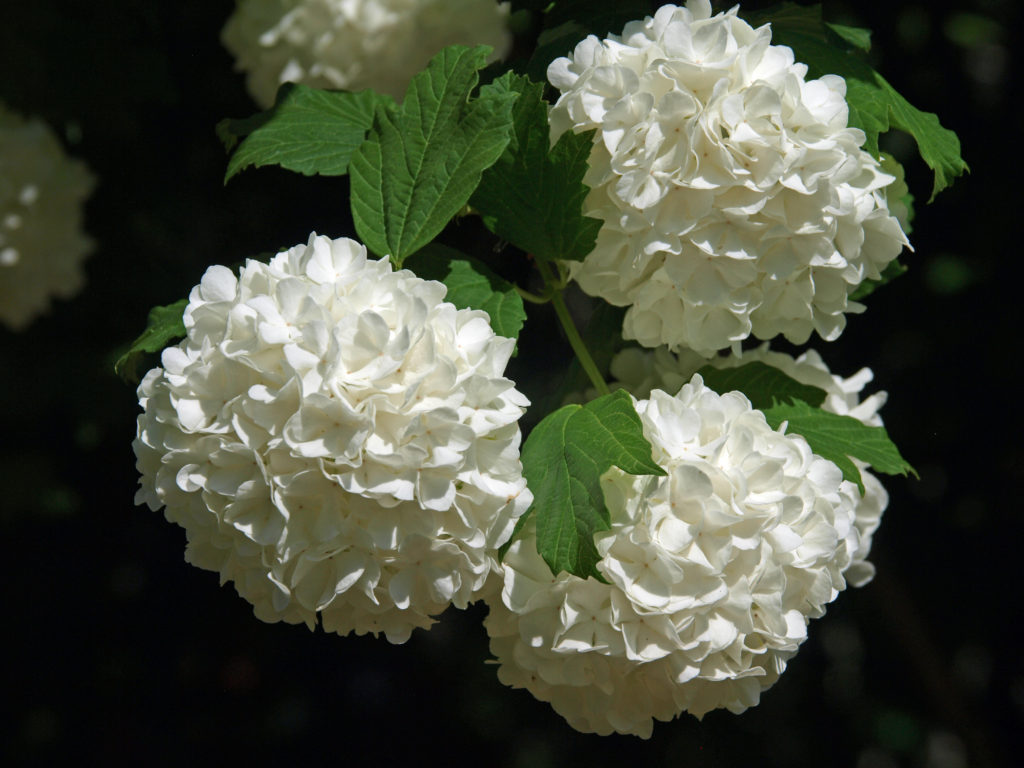
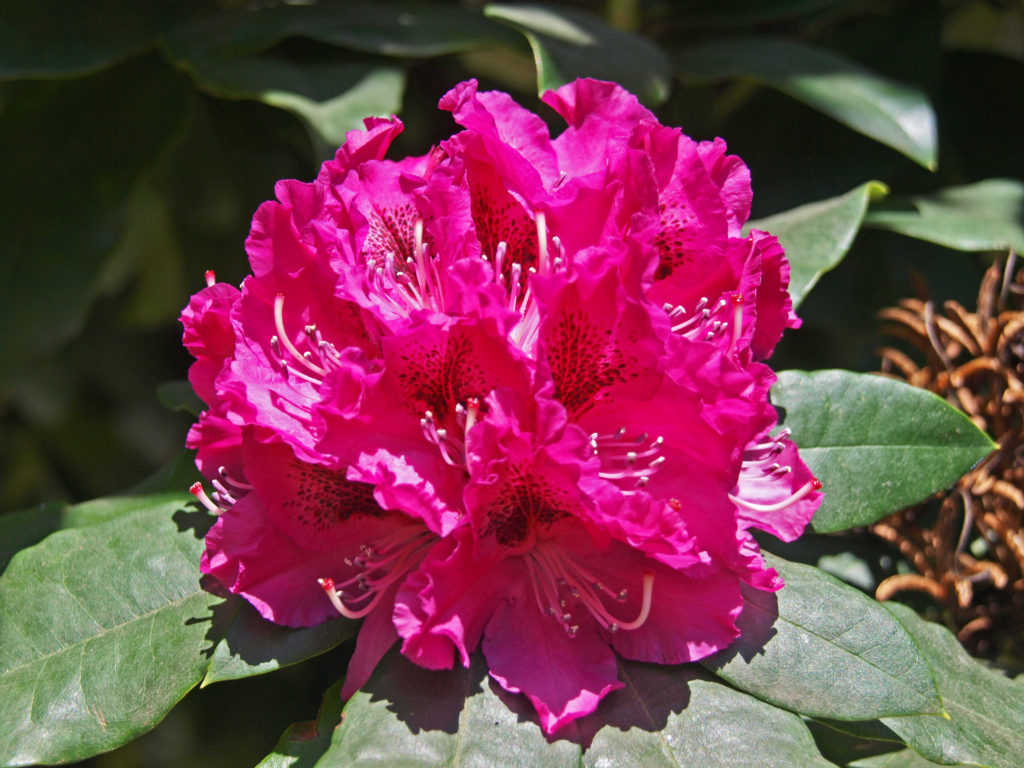
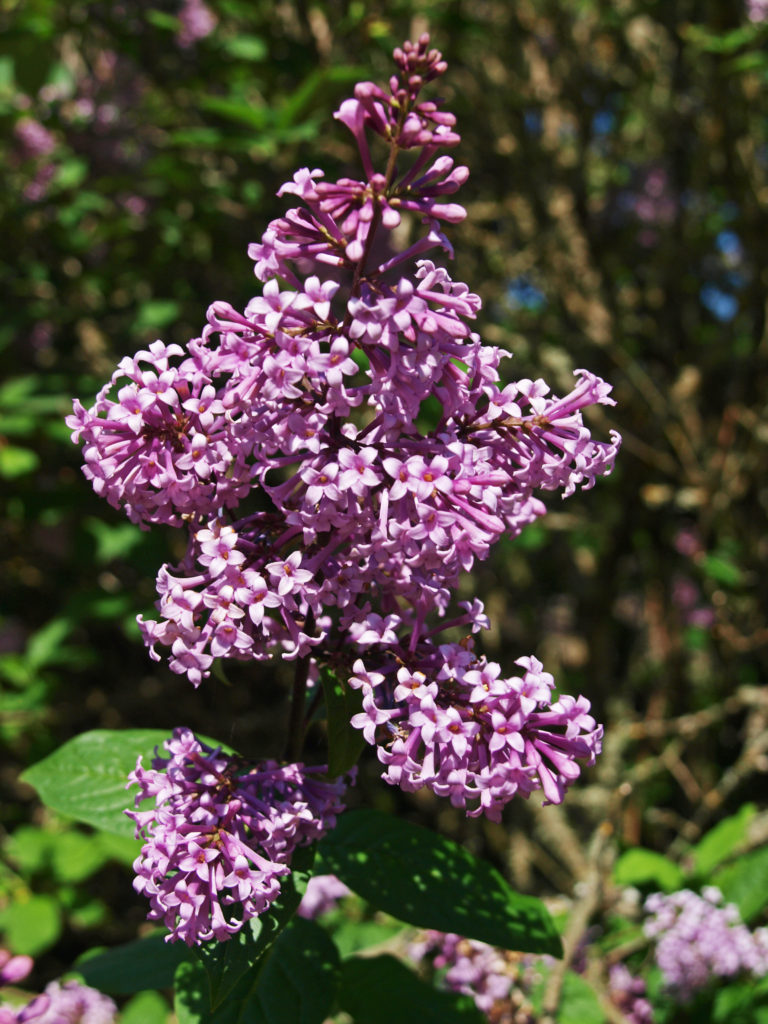
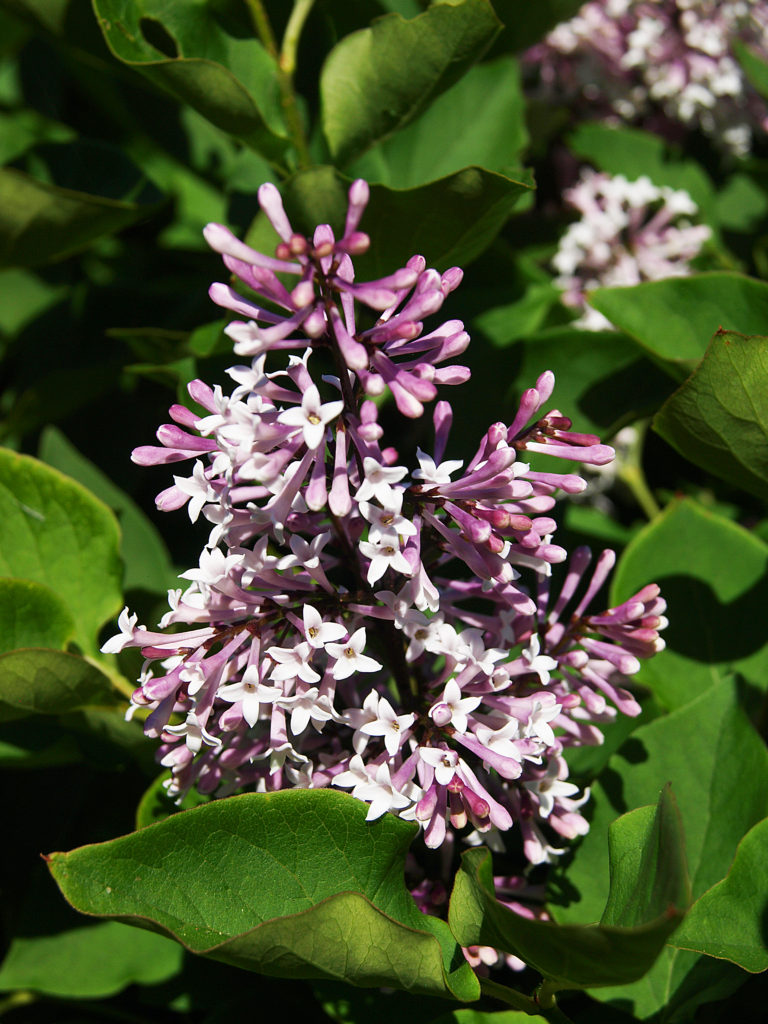
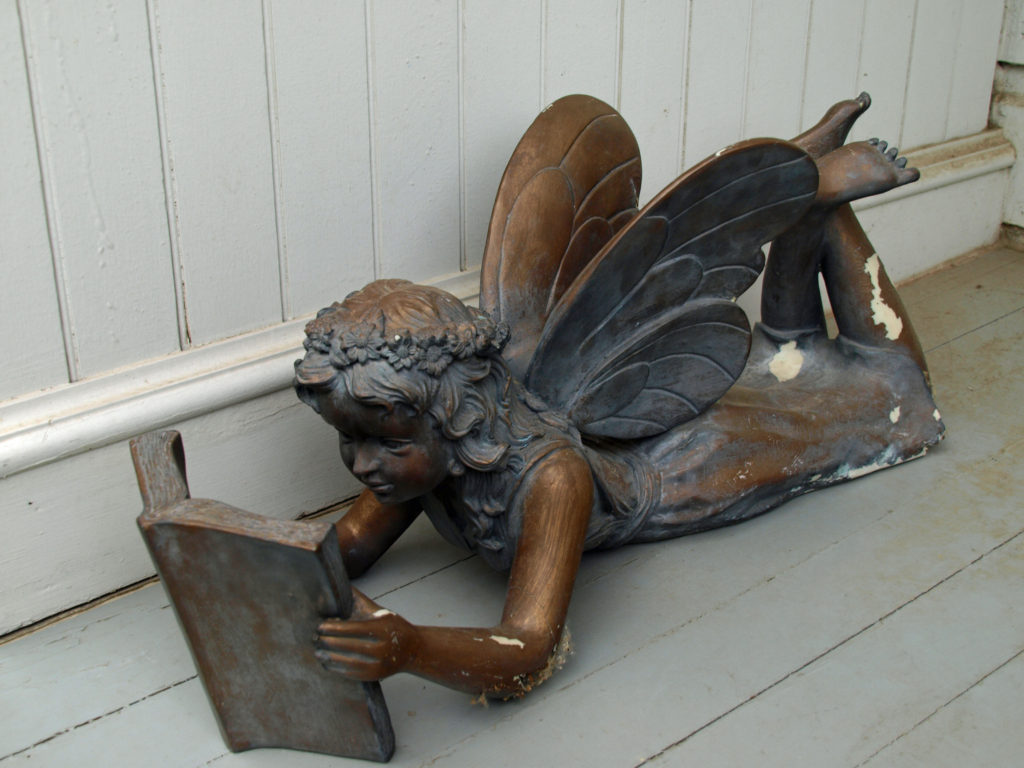 After Hulda’s death, her family put the farm up for sale. The local garden society succeeded in having Hulda’s gardens declared a state and national historic site to prevent them from being bulldozed for a proposed industrial site.
After Hulda’s death, her family put the farm up for sale. The local garden society succeeded in having Hulda’s gardens declared a state and national historic site to prevent them from being bulldozed for a proposed industrial site.